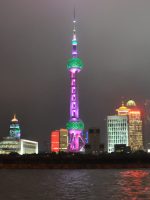 Welcome to third instalment of my Brian’s Travel Spot series about my around the world trip, which started with my flight out to Hong Kong and continued with my adventures in Hong Kong itself. This post covers my time in Shanghai, which is the second leg of my trip. I’d never been to China before this trip, so when I got an opportunity to go there on business, I took it with both hands.
Welcome to third instalment of my Brian’s Travel Spot series about my around the world trip, which started with my flight out to Hong Kong and continued with my adventures in Hong Kong itself. This post covers my time in Shanghai, which is the second leg of my trip. I’d never been to China before this trip, so when I got an opportunity to go there on business, I took it with both hands.
I arrived on Sunday, then spent the most of the next five days in a meeting room on the first floor of the Hyatt, an interesting mix of modern western hotel, with Chinese architectural influences and a contrast with my own hotel, the Astor, just down the street. I then spent the weekend exploring the city before flying off on the third leg of my trip, across the international date line to Chicago.
As with all the Travel Spots, this post is split into a number of sections, starting with the relatively short flight from Hong Kong to Shanghai.
The post is arranged as follows:
- Getting to Hong Kong Airport
- My flight from Hong Kong to Shanghai Hongqiao Airport
- The Shanghai Metro
- First Impressions and Shanghai traffic
- The Bund by Night and Day
- The Astor House Hotel, my home for the week
- Navigating around Shanghai
- My last weekend in Shanghai
You can read about my flight to Shanghai after the gallery, starting with how I got to the airport.
I’d deliberately chosen to spend the week before my meeting in Hong Kong so that I could acclimatise to both the heat and the time zone (seven hours ahead of GMT). When it came to the former, I needn’t have bothered since I spent the entire week of my meeting in an air-conditioned hotel. However, getting myself over the jet-lag proved invaluable during what was a very intense five days of work. And, of course, I got four full days in Hong Kong into the bargain!
At the end of my four days, it was time to head for Shanghai, a route well served by a number of local airlines, although if I were to make the journey again, I’d definitely look at taking the train overland to Shanghai, particularly now that the high-speed line has opened.
The first task was to get from my hotel to the airport, helped in no small part by Hong Kong’s excellent transport infrastructure. Not only is there a direct train line to the airport, which whisks you from Central to the terminals in under 20 minutes, but there’s also city check-in. This means that you can skip the queues at the airport by dropping your bags at the train station. You can either do this before you depart for the airport or, like me, you can check in early, leaving you bag-free to explore a little of Central before setting off for your flight.
As it turned out, because my flight was (supposed to be) at 12 o’clock, I only had an hour to spare, but this was just long enough to head over to the Central branch of The Cupping Room for breakfast and a couple of farewell coffees. Suitably fortified, I headed out to the airport, where the train ride proved to be the best part of the whole experience!
The train line, once it’s left Central and the built-up areas of Kowloon, runs along the north shore of Lantau Island. For mountain views, sit on the left (on the way out to the airport), while for sea views, you need the right (left if you’re coming into Hong Kong). I sat on the left, although I think that for photo opportunities, the other side would have been better.
You can see what I made of Hong Kong airport and the flight itself after the gallery.
Hong Kong airport itself is an amazing, modern structure, with soaring halls and is, perhaps, the best airport I’ve flown from. There are two terminals, one to either side of the train station, so you just get off on the left if you’re flying from Terminal 1 and on the right if departing from Terminal 2. Other airports could learn a lot from this!
Now comes the less good part: my flight was delayed by what turned out to be almost two hours, although when I arrived the departure boards were saying an hour. It turns out that, like most airports, Hong Kong is not at its best when a flight is delayed, although it quickly redeemed itself, earning extra brownie points in the process.
When my flight’s delayed (or I arrive in plenty of time), I require three things: a seat (preferably with a table), power and a view of the departure board so I can see when/which gate my flight is departing from. If I’m going to be stuck for an hour or more, I really just want to settle down with my stuff and get on with something useful (like writing the next Coffee Spot post). I do not want to have to constantly get up and wander over to a departure board to find that my flight is boarding!
Sadly this is the experience I have in most airports and, at first, it seemed that Hong Kong would fall into this category. However, within half an hour, the gate was displayed, which is something else other airports could learn from. This meant I could go down to the gate and settle in without fear of my flight leaving without me! As a bonus, Hong Kong airport has lots of seating at the gates, plus lots of power, the only slight drawback being that the two are not anywhere near each other! On the other hand, standing for an hour or so wasn’t a big issue given I’d be sitting on the plane for long enough.
As it was, we boarded an hour late, then spent another 45 minutes at the gate before we pushed back and taxied down to the runway. After my last two take-offs, both of which were on A380s, our little A321 positively shot off down the runway and, in 30 seconds, we were airborne.
After all the delays, the flight itself, with China Eastern airlines, was pretty good. It’s the first time I’ve flown with China Eastern and I was impressed. It was comfortable, the food was good and the service attentive (I’ve since flown with China Eastern again, this time flying business class from London to Shanghai).
In fact, the service, if anything was slightly too attentive. I’d pre-booked a vegetarian meal, which was served first. Indeed, the service was so efficient that I’d been served, eaten and had my tray cleared away before the main meal service had begun. So, when the crew came around with the trolleys, they were really quite insistent that I had a meal.
Since I was coming from Hong Kong, I arrived at Hongqiao Airport, which mostly serves domestic flights. This is Shanghai’s original airport, to the west of the city and should not be confused with the more modern Pudong Airport to the southeast where most of the international flights arrive and depart. In terms of the distance between them, think Heathrow and Gatwick (or Newark and JFK for American readers).
The next job was to get into the city centre, which you can read about after the gallery.
The journey from Hongqiao Airport proved to be pretty simple and a good introduction to both Shanghai’s metro and, with the walk from the station to my hotel, to Shanghai itself. This was in stark contrast to my colleagues’ experiences of getting from Pudong Airport to the centre, which were filled with tales of woe. In defence of Pudong, I’ve since flown in/out of the airport on two separate occasions and not had any problems. Then again, my colleagues largely take taxis, which seemed to be the cause of most of the problems, whereas I stick with public transport whenever I can.
Returning to Hongqiao Airport, I was quickly through customs and made my way down to the metro station. The only surprise was that even though I’d come from the airport, I still had to go through security (which is at the entrance to every metro and train station that I’ve used in both Shanghai and Beijing). This involves putting your bags through an X-ray machine and walking through a scanner yourself. Fortunately, it’s nowhere near as rigorous as airport security and both myself and my bags passed through unscathed.
The only significant problem I had was getting a ticket. I’d arrived with no Chinese money (Hong Kong has a different currency) and the ticket machines only took cash (a problem I’d also found in Hong Kong). No problem, I thought, and went to one of the numerous ATMs in the metro station. This duly dispensed me some cash in crisp, 100 Yuan notes (equivalent of a £10 note) which is where the fun and games began, since the ticket machines only take 50 Yuan notes or smaller…
After about 10 minutes of alternately wandering, prodding machines and cursing, I discovered that I could go to the ticket desk, where a member of staff was happy to help (a typical ticket, even from the airport into the centre, is around 5 Yuan, so my 100 Yuan note was overkill).
In fact, my encounter with the ticket desk proved beneficial since the easiest way to get around Shanghai is with the Shanghai Transit Card (similar to the Octopus Card in Hong Kong) which was easily obtained with my 100 Yuan note, since that’s what one costs. 20 Yuan goes on a deposit, while the remaining 80 Yuan goes on the card’s stored value. You just tap in and out at the gates at the metro station and away you go.
As an aside, you can also use the card on the buses and other public transport and, like the Octopus Card, you can go overdrawn (that’s what the 20 Yuan deposit is for). I’ve still got my original card, which I’ve used on my two subsequent trips to Shanghai. The only difficultly I had was in topping up the card’s balance because, while the machines take cards as well as cash, they only take Chinese issued cards, so my numerous UK cards were useless. Instead I made use of the ubiquitous convenience stores or the ticket desks at the metro stations to top up my card.
Note that if you buy a single ticket, this is also an electronic card, which you need to insert into the gate on your way into the station. The gate will give it back to you, and you’ll need to hang onto it, since you need to insert it into the gate when you leave, at which point, the machine will keep it, a neat idea which means that the one-off tickets can be reused by the system.
That minor difficulty aside, the metro ride was pretty straightforward. Hongqiao Airport is on Line 10, which starts at Hongqiao Train Station, then calls at the two airport terminals before running right through the centre of the city and off to the northern suburbs. For my purposes it was perfect since there is a stop, Tiantong Road, just after the centre, which was a 15-minute walk from the Astor House Hotel, where I was staying. Just north of the Bund, it was a great location for my first visit to Shanghai.
From memory, I think it was 13 stops from the airport, although I didn’t manage to get a seat (the train, coming from the train station, was already full). However, there was plenty of standing space for me and my luggage. There’s a route map over each of the doors, with electronic indicators showing where you are, and all the station names (both on the train and on the platforms) are in English as well as Chinese.
From Tiantong Road, the route to my hotel roughly followed the line of the Wusong River and, towards the end, afforded me my first views of the famous Pudong skyline on the far bank of the (much larger) Huangpu River.
You can see what I made of Shanghai after the gallery.
Since this was my first visit to Shanghai, I wanted to share my first impressions with you (this was written on the first few days after my arrival). First, a little background.
Although I’m well-travelled, up to this point, it had almost exclusively been in Europe and North America, in many ways culturally very similar to my home in the UK. I first ventured outside of this region eight years ago when I went to both Hong Kong and Marrakech. Then, the following year, I ventured to Barbados and St Lucia, after which my spirit of adventure seemed to disappear and I returned to the well-trodden paths of Europe and North America. One of the many benefits of my new job is that it’s given me the impetus I need to venture outside my comfort zone once again (since this trip, I have been to China and Japan multiple times, as well as to Vietnam and Thailand).
Arriving in Shanghai, I had very little in the way of preconceptions and the few that I did have were way off the mark. Having come from Hong Kong, I expected, without really thinking, that Shanghai would be like Hong Kong. I mean, they’re both in China, right? Never mind that one was a British colony until 1997 and is still a special administrative region. Never mind that they’re over 1,000 km apart, roughly the distance that separates London from Berlin. Or Milan. Or the same as from New York to Chicago.
If I had stopped to think about it, I’d have quickly realised that Shanghai was never likely to be like Hong Kong. After all, I’ve travelled widely enough in America (although mostly east and west coasts, plus the Midwest) and in all my time, I’ve never found one American city to be too much like another. Boston, New York, Philadelphia, Washington DC, all east coast cites, all very different. Even my own experience of travelling around the UK could have told me that. London is not at all like Edinburgh. Nor is Glasgow, for that matter.
However, I arrived with the thought that Shanghai would be like Hong Kong and then spent my first couple of days thinking “this is nothing like Hong Kong!”. Well, duh.
So what did I make of Shanghai? The first thing that struck me (not literally, fortunately) was the traffic. Although at big intersections, cars and buses stop at red lights, at the smaller ones, traffic lights seem more advisory. And bikes and scooters, which comprise the majority of the traffic, stop for no-one, not even at the major intersections manned by traffic police!
On the plus side, the traffic lights have very handy countdown timers, showing you how long before they changed, both from green to red and back again, which made crossing roads easier to plan. This is particularly useful when it’s hot and humid: if you know the lights won’t change for ages, you can find some shade to wait in!
The second thing that struck me was how many electric bicycles and scooters there were. I’d say at least 75% were electric, so the traffic was quite quiet and very few people peddled, even on bicycles. In keeping with the optional nature of the traffic lights, pavements seemed to be treated as free car/bike/scooter parks in a lot of areas.
Another thing on the plus side is that, like the metro, all the street signs are in English as well as Chinese, which was a big help when navigating, although there’ll be more on that later in this post!
You can read more about my first impressions after the gallery.
I found Shanghai to be a city of contrasts (it is not alone in this, by the way). There is plenty of very obvious wealth, which is in sharp relief to the everyday lives of most people. That said, I saw very little evidence of out-and-out poverty (homelessness, for example).
Having come from Hong Kong, a very densely populated city, defined and limited by its mountainous geography, Shanghai was flat, having the sort of sprawl I associate with, say, Chicago, where the city can just carry on expanding. So while the population is a staggering 25 million, it felt a lot less crowded than Hong Kong and, certainly in the areas I was in, there were far fewer high-rise buildings, the main concentration being over in Pudong, where skyscrapers have multiplied at an astonishing rate in the last 20 years. Of the 40 tallest buildings in Shanghai, 37 have been built since the year 2000, and before 1994, there was no building over 170m tall in the city (there are now 83!).
With its rich, albeit somewhat colonial history, Shanghai has been bequeathed some magnificent old buildings, many of which line the west bank of the Huangpu River, the famous Bund. Here the grand colonial architecture faces off across the river to the new skyscrapers of Pudong. For fans of modern architecture (and, at nights, pretty lights), this is a must-see, particularly from the vantage point of the broad, riverside walk that runs a kilometre or so from the people’s memorial in the north to the lighthouse in the south. The western side, with its old colonial buildings (banks, company headquarters and so on) is also worth a look, but the vantage point is less impressive.
However, to give the impression that Shanghai is a city of modern skyscrapers and nothing else would be highly misleading. Other than the new development in Pudong and another concentration of skyscrapers, mostly hotels, on the northern bend of the Huangpu River, Shanghai’s a much more low-rise city, although that’s changing all the time.
Like many cities, it is a conglomeration of different districts and areas, although when I first arrived, I didn’t have too much time to explore. I was in Shanghai for work and spent my first five days making the four-minute walk from where I was staying, the Astor House Hotel, to where my meeting was taking place, the Hyatt. Other than a walk or two along the Bund at night, plus the staggering view from the bar on the 34th floor at the top of Hyatt, I saw very little of Shanghai until the weekend, but I’ll leave for the last part of this post.
In the meantime, you read all about my hotel after the gallery.
It’s rare that I write about my hotels during my travels. Since I’m travelling for work, I often stay at generic chain hotels which are very nice, by the way, but not something I am often moved to write about. Occasionally I will mention my hotel when it offers a particularly impressive view (as was the case for my hotel in Hong Kong) but every now and then I’ll stay somewhere rather special.
My hotel in Shanghai, the Astor House Hotel, falls into this latter category. It was the oldest hotel in Shanghai, having opened in its current location just north of the Bund in 1859. It had charm and character, as well as a great location, and I really enjoyed my stay there, so when I returned to Shanghai at the end of the following year, the first thing I did was book a room at the Astor House Hotel. Except I couldn’t get a room. It turned out that the hotel was in the process of being bought and, on 1st January 2018, it closed for good. On my third visit to Shanghai (in March 2019), I did manage to pay the building a visit, which seemed to be operating as a museum to the Shanghai Stock Exchange which was, at one time, located in the hotel.
Since then, I’ve either stayed in Pudong, near Century Park, where my subsequent meetings have been held, or I’ve used a hotel near Shanghai Railway Station (handy for when I arrived on the sleeper train from Beijing). In terms of comfort, both hotels have much better rooms than the Astor House Hotel, particularly the one in Pudong, which on two occasions upgraded me to a suite (and, incidentally, has also closed since my last visit: honestly, I normally don’t have this effect on hotels!). For example, the desk in my room at the Astor House Hotel was very uncomfortable and the room lacked air conditioning, while the views were of a wall in an internal lightwell, which meant I had to have the light on even in the middle of the day.
Despite all this, I loved the place. It had character, from the marble-floored reception hall to the chandeliered ballroom. It also had charm, from the wood-panelled corridors to the glorious reading room. Arranged in a quadrangle, it was also a bit of a maze, spread over five flours, with each of the wings having its own particular qualities. I had great fun exploring it one evening after work, wandering up and down the various corridors and staircases, smiling at the CCTV camera as I went past. Sure enough, after about half an hour, the hotel management sent someone to check me out, but once they knew I was a guest at the hotel, they seemed happy enough.
You can read more about my adventures in Shanghai, including the problems I had finding my way around, after the gallery.
As I mentioned, the Aster House Hotel was in the perfect location for my first trip to Shanghai. I was close to the Bund, one of the main tourist attractions, both for its own colonial-era architecture and for the views across the river to the skyscrapers of Pudong. Not far from there, and just about in walking distance, are some more interesting sights, including the East Nanjing Road area and, south of that, the famous Yu Garden.
The areas where I stayed on my subsequent trips were very different. The area around Century Park is very new, a highly planned area of broad boulevards and (for now) not a lot of traffic. It’s a mix of office blocks and hotels, interspersed with some residential areas. Staying there means I can walk to my meetings (a major factor in almost of all of my hotel choices when travelling for work!), while the surrounding area is relatively relaxed, although I’m not sure I’d recommend visiting, unless you want to go to the Shanghai Science and Technology Museum. If you do venture that way though, you must call in on the excellent Little Bean Roastery.
In contrast, the area around Shanghai Railway Station is almost exclusively residential. There is a veritable forest of tower blocks, all built in clusters, each in its own walled enclosure (a housing pattern very typical of Shanghai, going back over 100 years). Unless you have reason to go to the station, I really don’t recommend visiting, although it’s a perfectly good place to stay.
When it comes to general sight-seeing, like many big cities, most of Shanghai’s neighbourhoods are well separated, so wherever you stay, you’re going to find yourself using public transport to get around which is why staying somewhere off the tourist track, such as Shanghai Railway Station, isn’t a big deal. Typically, I take the metro, although I have also used the extensive bus network every now and then. The buses take a little more navigation since you need a reasonably good idea of where you are and have to be able to recognise your stop.
That said, getting around Shanghai, and finding things other than the major tourist attractions, was something I struggled with, particularly on my first visit. Government restrictions mean that applications such as twitter and Facebook don’t work, while Google Maps, which I’ve come to rely on for navigation, has its limitations. The maps are often out of date and, due to issues with coordinate systems, the reported GPS position can be out by up to 500m. This really threw me when I first arrived in Shanghai and I got lost on several occasions because I wasn’t where the map said I was.
As a result, navigating Shanghai saw me reaching back to techniques I’d last used 10 years earlier: preparing maps before going out, making extensive notes and navigating much more by landmarks. Even then, I found it tough going at times. For example, while street names are in English on the road signs, these didn’t always correspond with those on Google Maps.
I also relied on the help of people that I met. The first speciality coffee shop I visited was Sumerian Coffee, which was one of the few I was able to locate using the internet. While I was there, my barista told me about several more in the neighbourhood, including Manner Coffee and Seesaw 433 (both of which I visited that trip).
The following day, a fellow coffee drinker I met at And Coffee told me about AUNN Café & Co. (which I visited the next day) and Little Bean Roastery, over in Pudong. By happy chance, when I returned to Shanghai just over a year later, I discovered that it was near my hotel, so I was able to visit, following directions which I’d got by taking photographs of maps on the screen of her smartphone!
The final instalment of this Travel Spot, covering my last weekend in Shanghai, is after the gallery.
I’d allowed myself the weekend following my meeting to explore Shanghai before flying to Chicago on the Monday morning. I did manage to get out and about on a couple of the evenings, but never got further than the Bund. The bulk of my exploring therefore began on Friday afternoon when my meeting finished early. Wanting to get a feel for the city, which you don’t get from the metro, I decided to walk from my hotel to Sumerian Coffee, which was almost an hour away to the west, along Beijing Road.
Although it did give me a feel for the city, including the chance to visit the Jing’An Sculpture Park, which was on the way, with hindsight, walking that distance in the heat and humidity was not my best idea, so I caught the bus back.
The following day saw me setting out to explore further, but unfortunately, my timing wasn’t great. That weekend marked the start of Golden Week Holiday, which begins with a commemoration of the founding of the People’s Republic of China on 1st October (the Saturday). As a result, hundreds of thousands of people had flocked to Shanghai, with most of them, or so it seemed to me, congregating on the river walk of the Bund.
I had hoped to stay fairly central that day, but to escape the crowds, I got on the tube and went out to the old French Concession, an area to the south of where I was the evening before. It was like being in another city With its wide, tree-lined boulevards and relatively old, low-rise architecture, it, and the area to the west of it, are probably my favourite parts of Shanghai just to wander around and somewhere I keep returning to.
The following day, I once again took to the tube, this time concentrating on the Jing’An Temple Area, which is on West Nanking Road, a little bit further west from Sumerian Coffee. It’s quite a different character to the French Concession, but it’s another area I keep coming back to on subsequent visits. The architecture here is more high-rise, with tower blocks springing up, often next to old, colonial-era buildings, which makes for quite a contrast. It’s also has a mix of residential and commercial, with several huge, multi-storey shopping malls of the type I was to become much more familiar on subsequent visits.
The architectural feature I found most fascinating though were the longtang, or lanes. These form tight groups of houses, often consisting of several narrow lanes which give access to them and open out at either end onto larger roads. Since the openings are often guarded by gatehouses, frequently with a uniformed guard in attendance, I didn’t venture into many, never sure if they were open to the public or if they were gated, residents only communities.
Although I wandered widely on both days, I was mostly coffee shop hunting, rather than doing the standard tourist sights (both the French Concession and the Jing’An Temple Area. Have plenty of speciality coffee shops). I did venture over to the Yu Garden, a self-contained, 16th century landscaped garden in the northeast corner of the old city. There is a small entrance fee, and, if the queues aren’t too long, it’s well-worth a visit. However, I found the area around it, a tourist village, for want of a better word, full of reconstructed old Chinese buildings, packed with gift shops, rather soul-destroying.
This brings to an end my short time in Shanghai. The next morning, I was up ridiculously early to catch my flight to Chicago, which you can read about in the next instalment of this Travel Spot.
If you liked this post, please let me know by clicking the “Like” button. If you have a WordPress account and you don’t mind everyone knowing that you liked this post, you can use the “Like this” button right at the bottom instead. [bawlu_buttons]
Don’t forget that you can share this post with your friends using the buttons below.

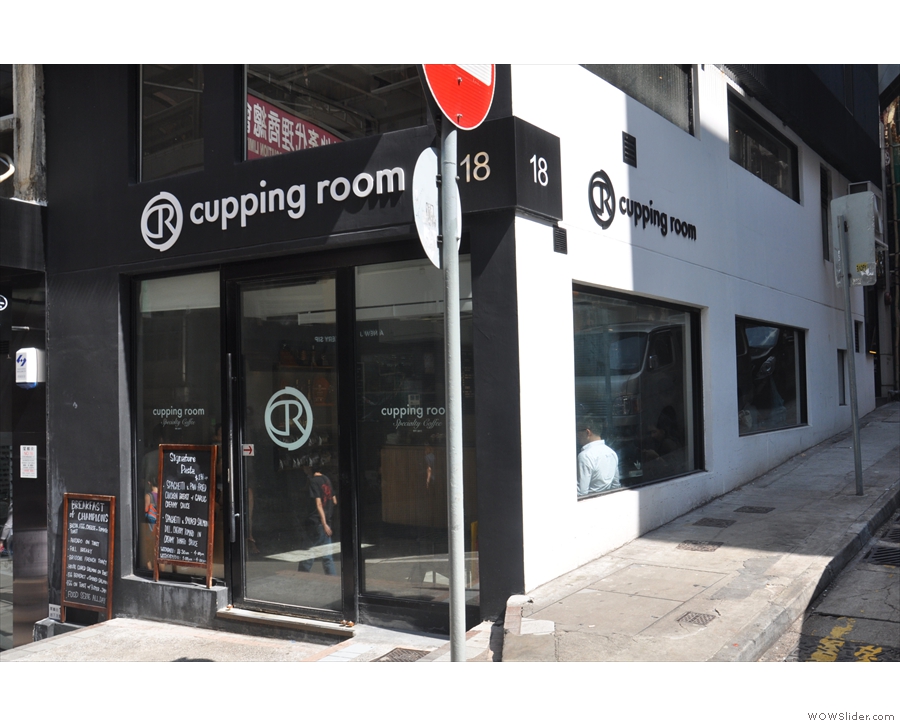
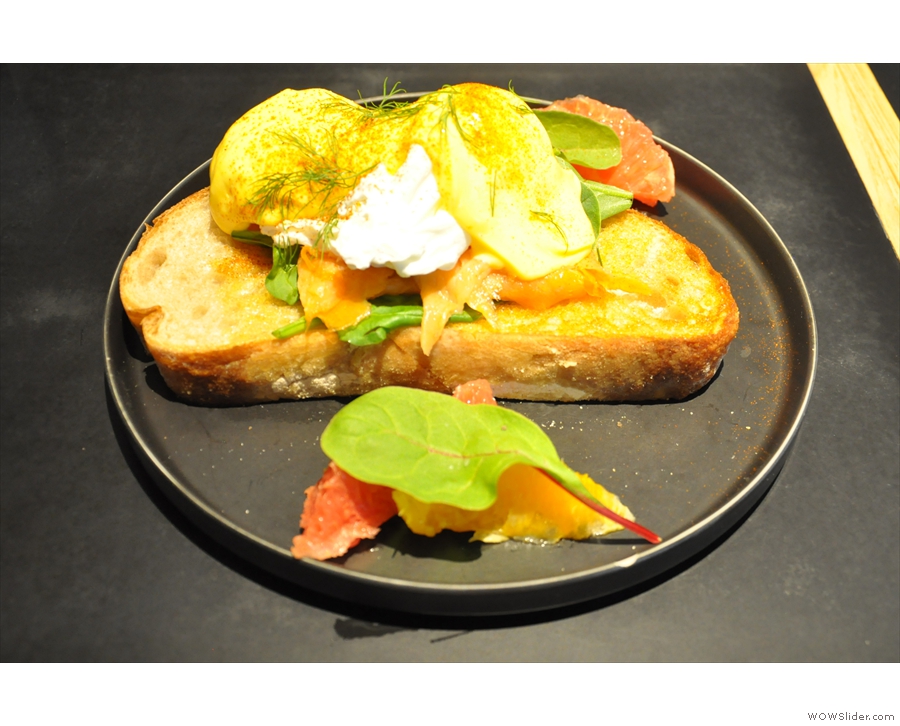
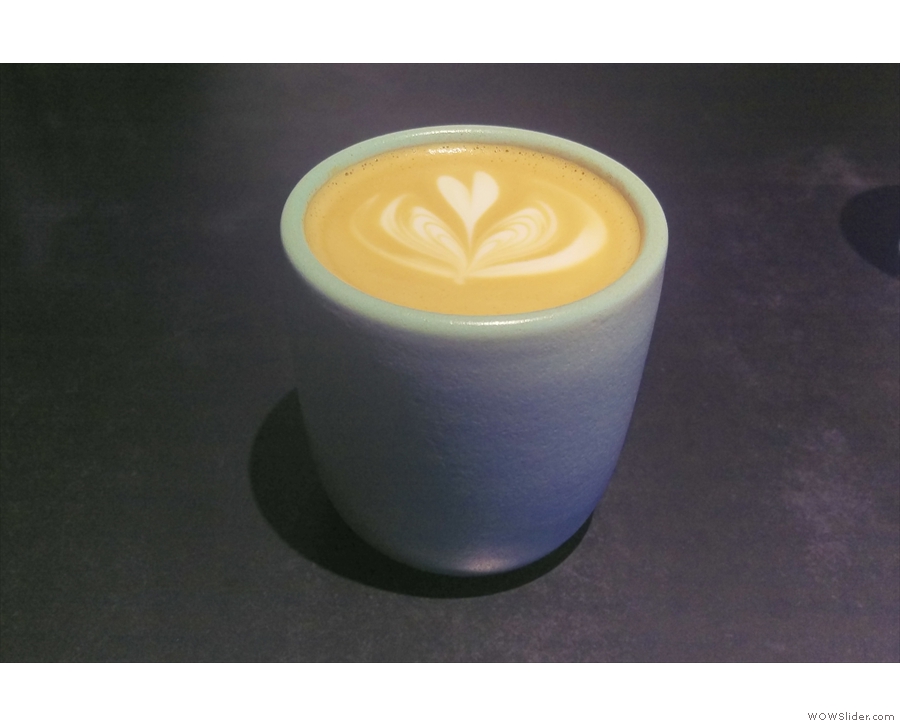
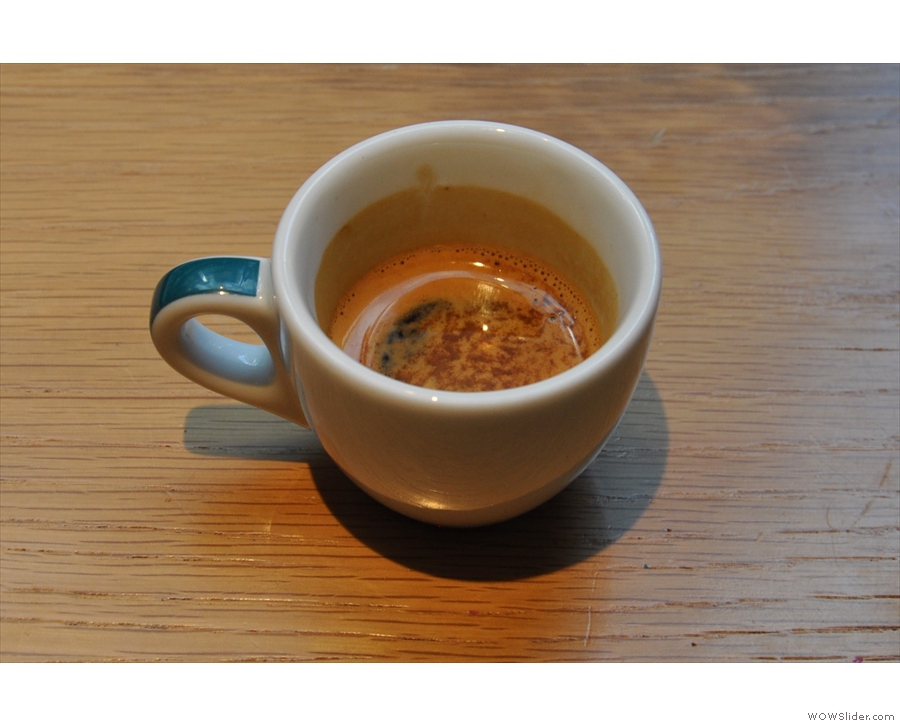
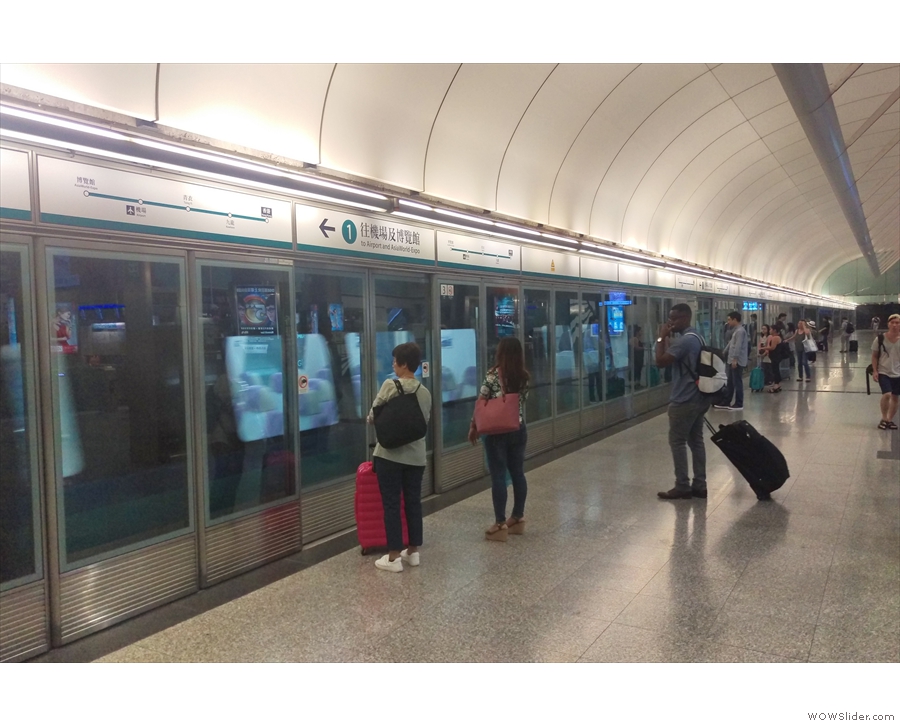
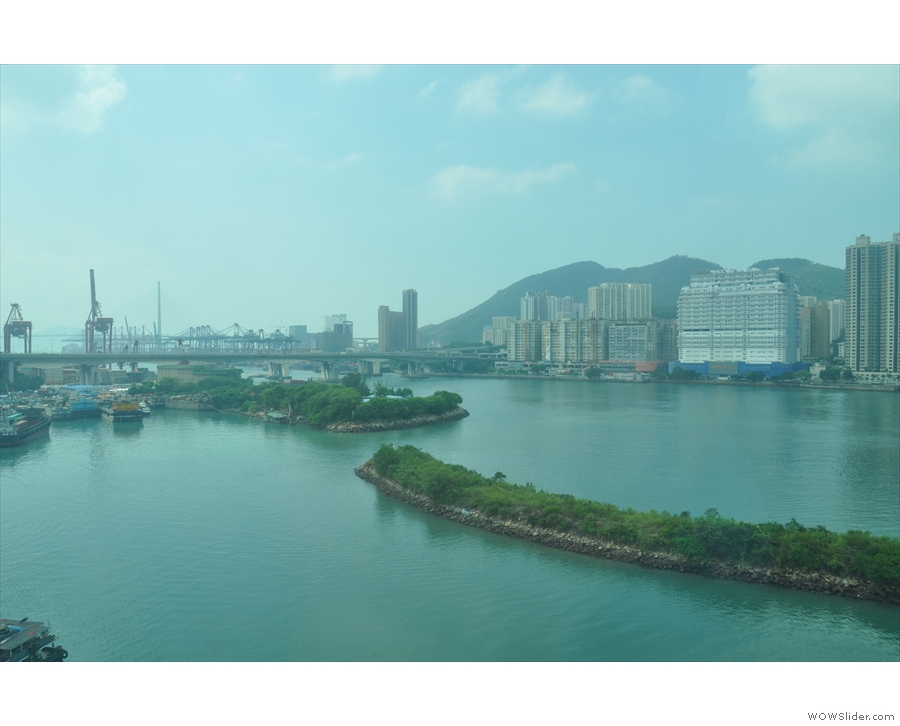
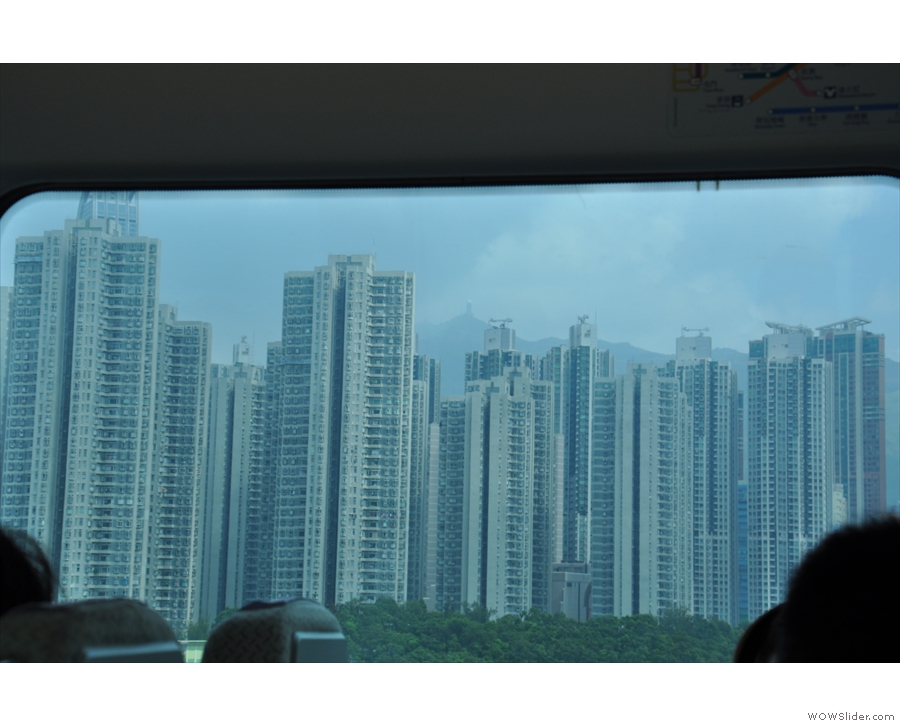
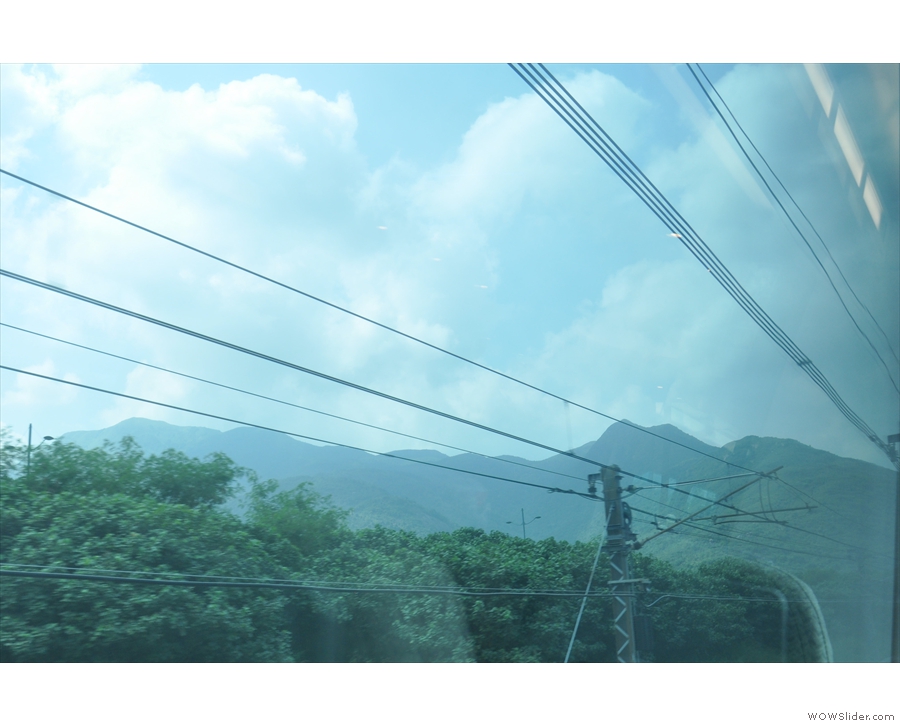
 1
1 2
2 3
3 4
4 5
5 6
6 7
7 8
8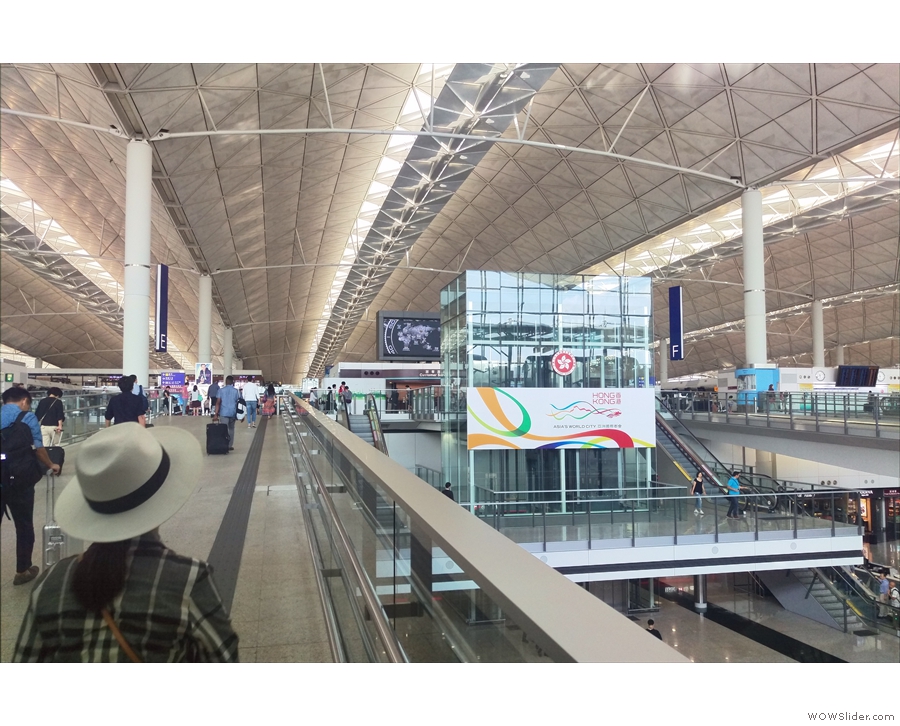
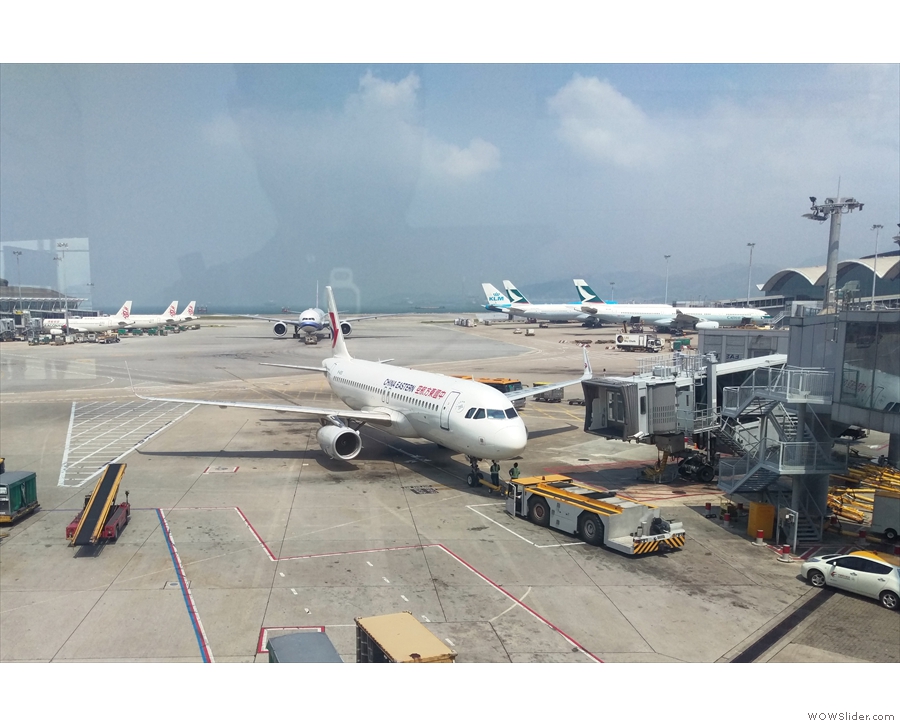
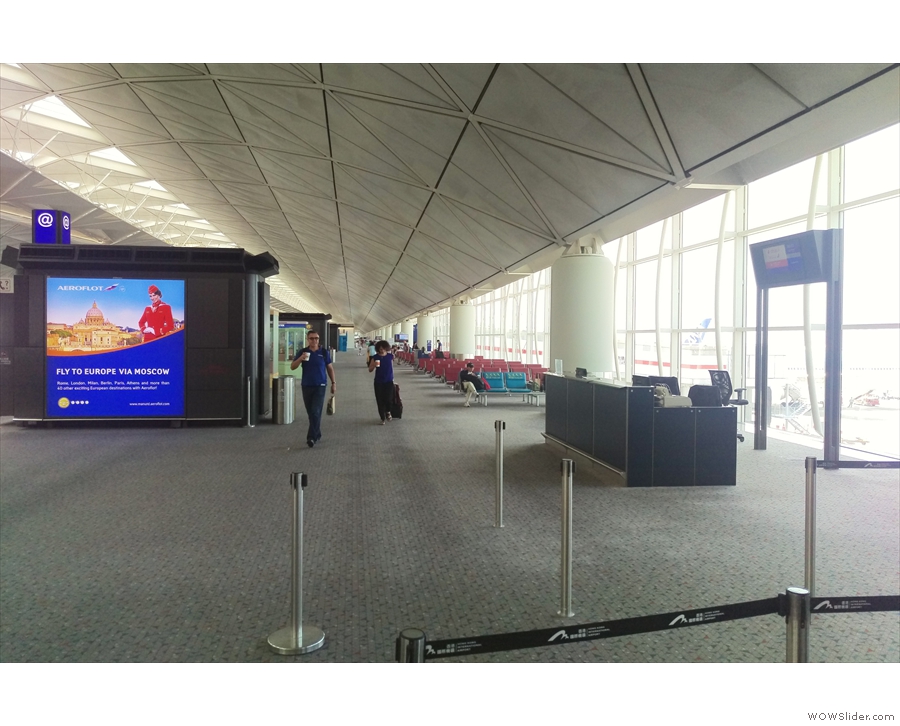
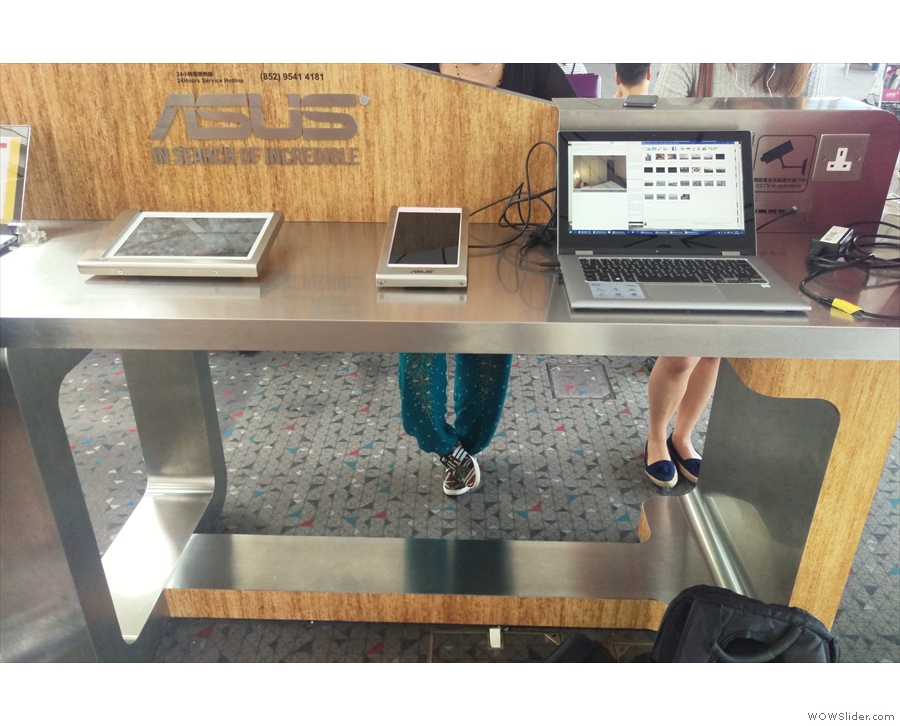
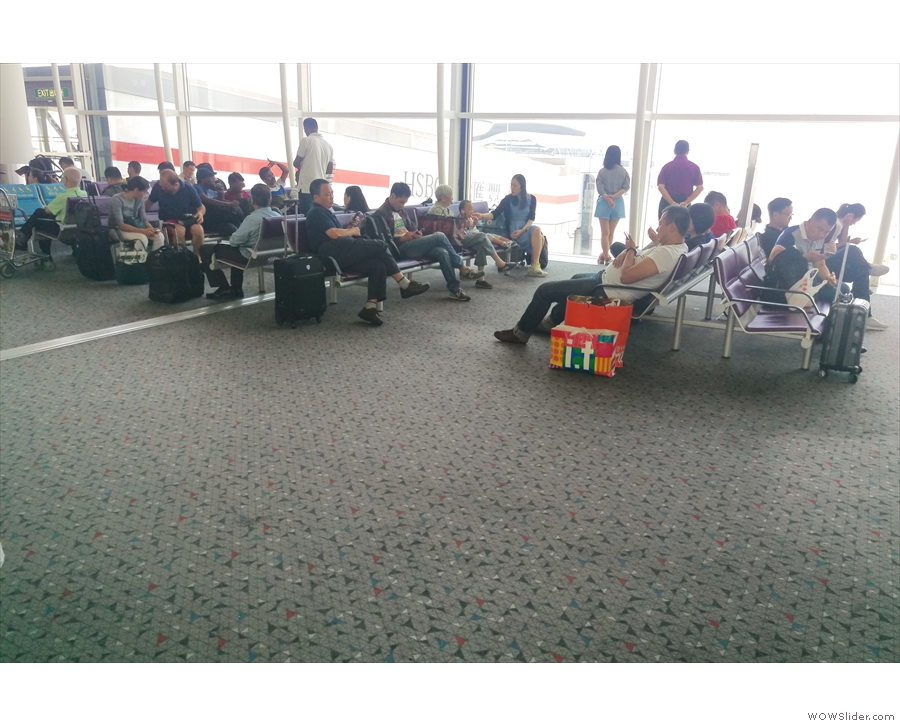
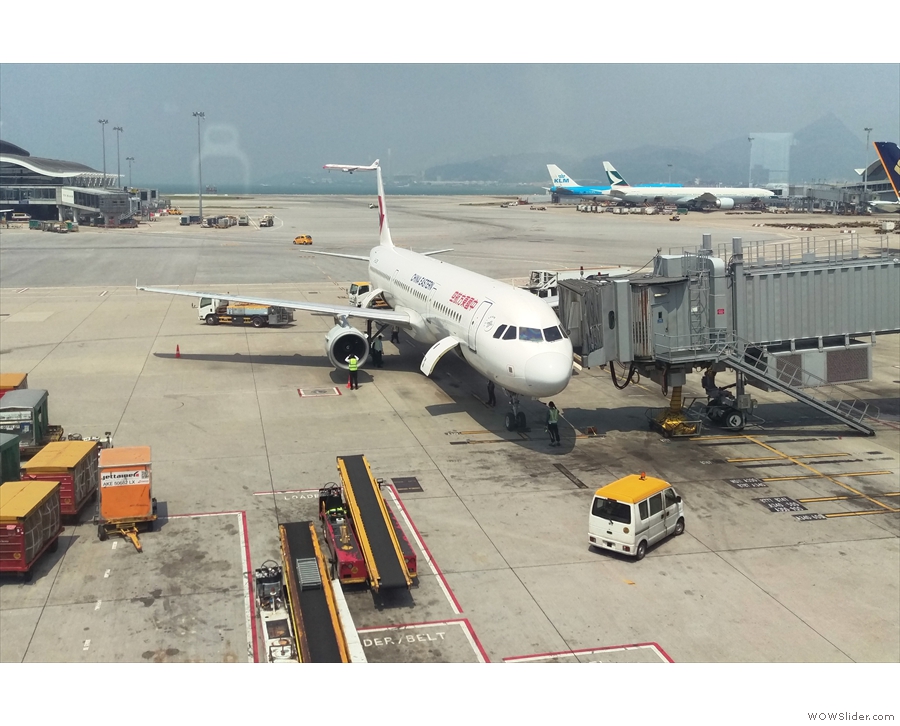
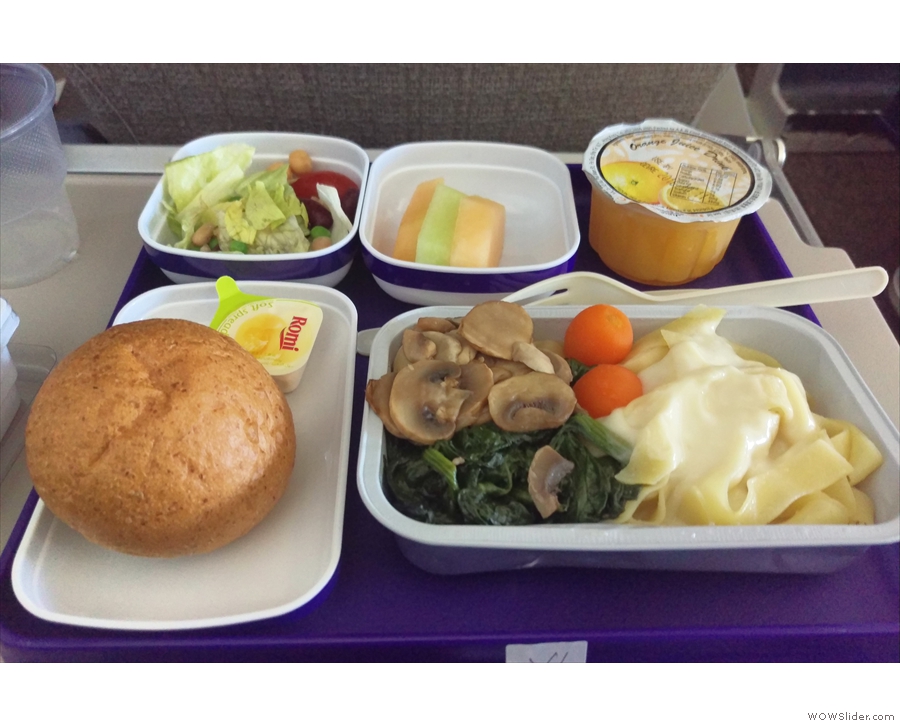
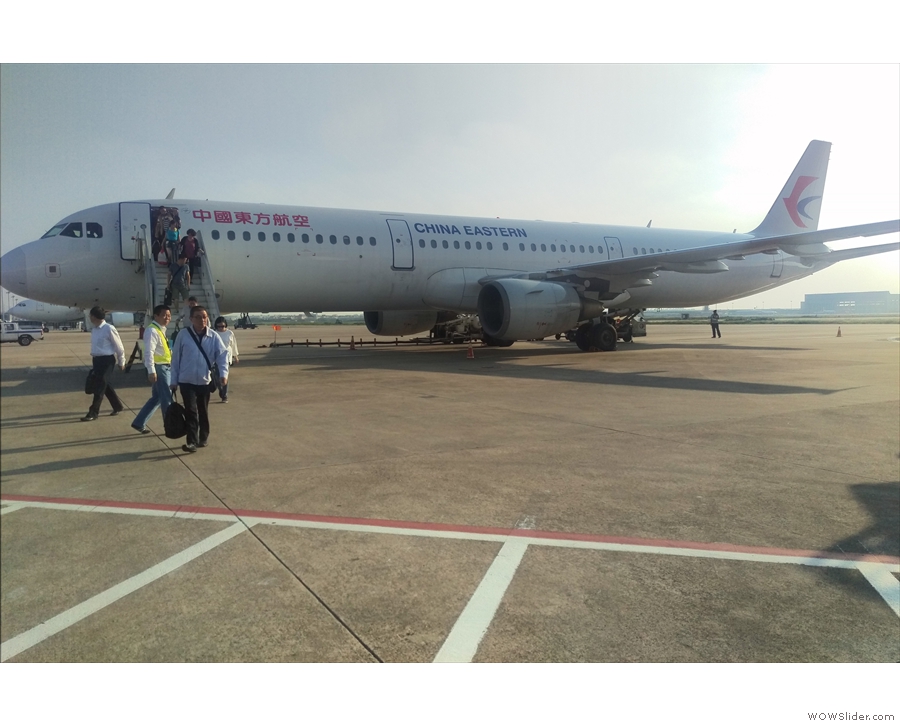
 1
1 2
2 3
3 4
4 5
5 6
6 7
7 8
8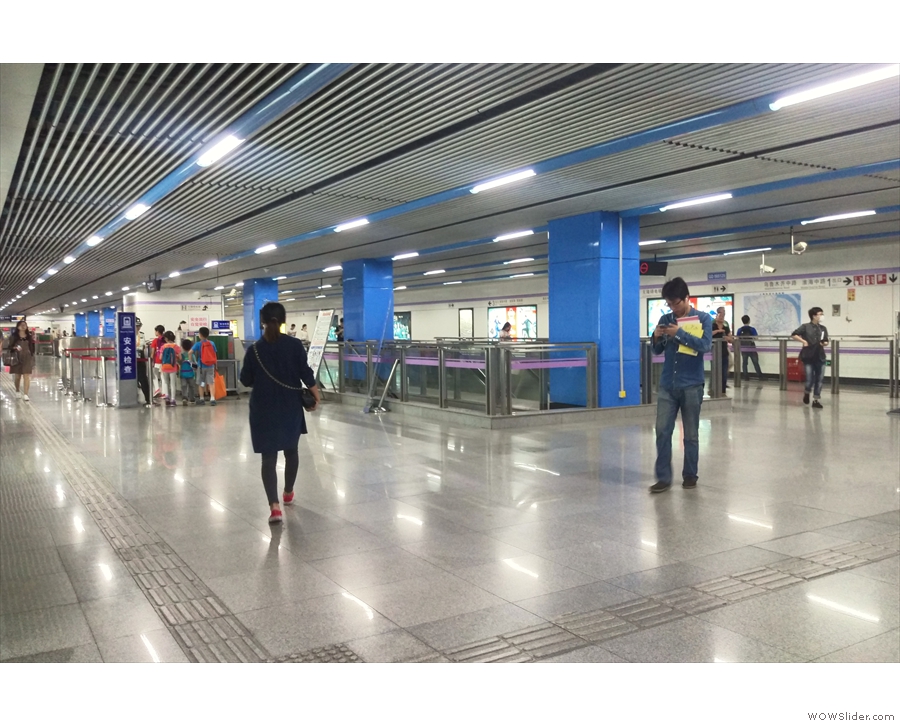
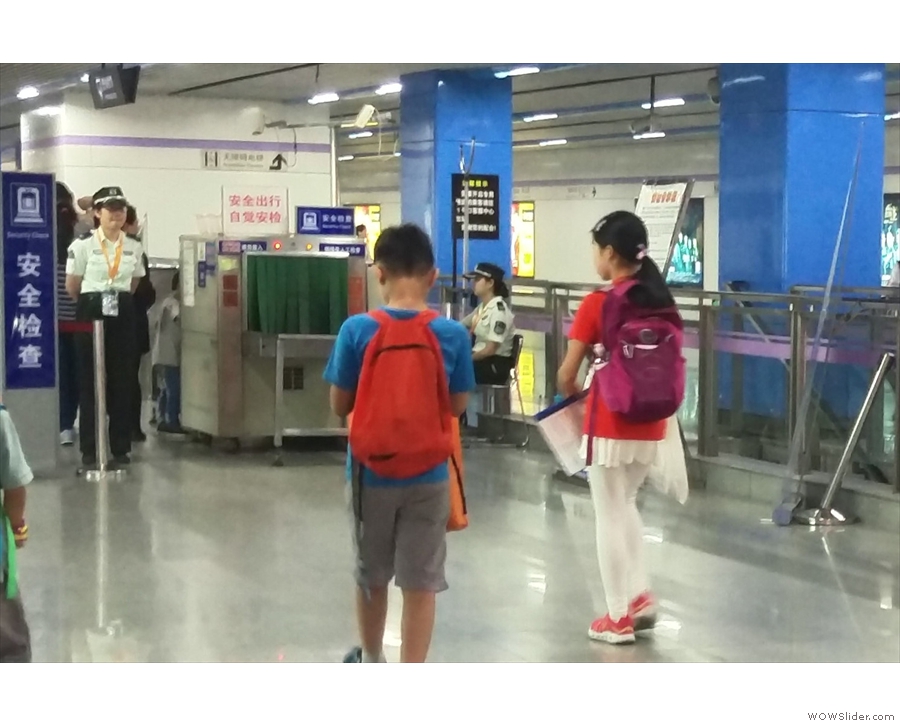
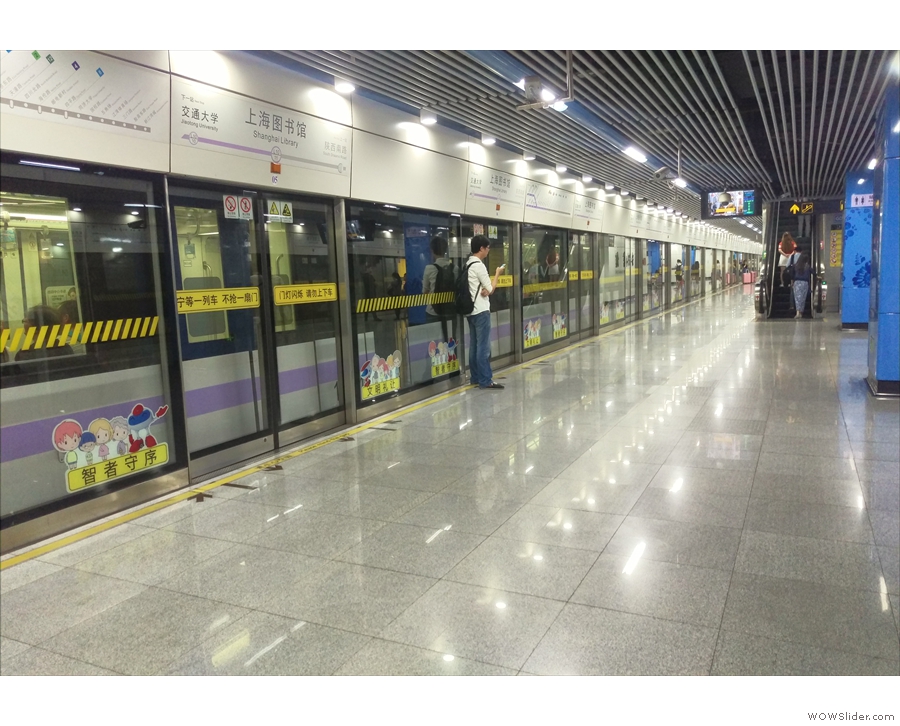
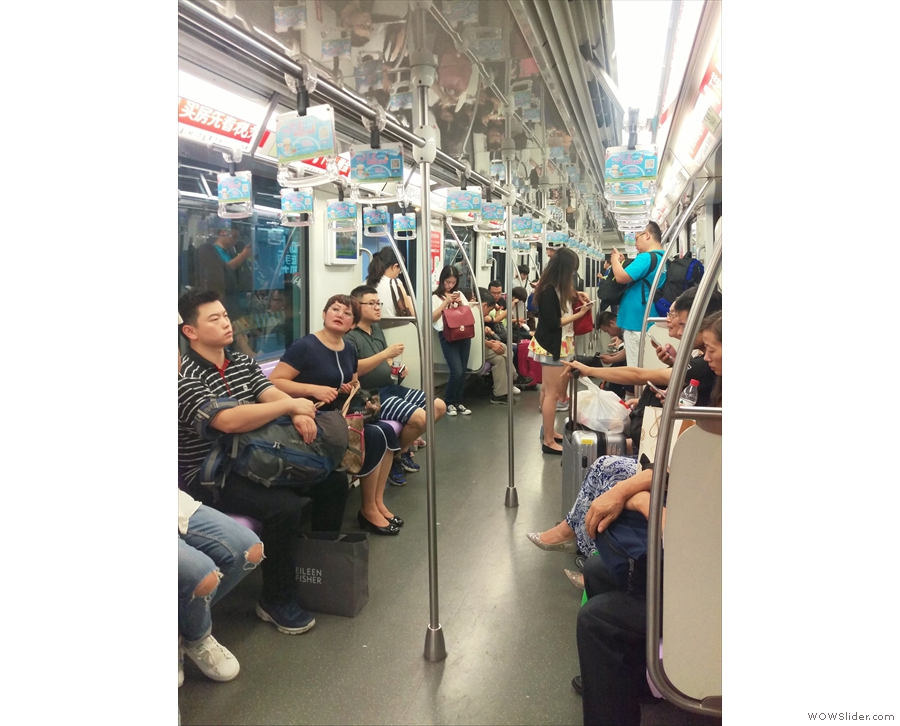
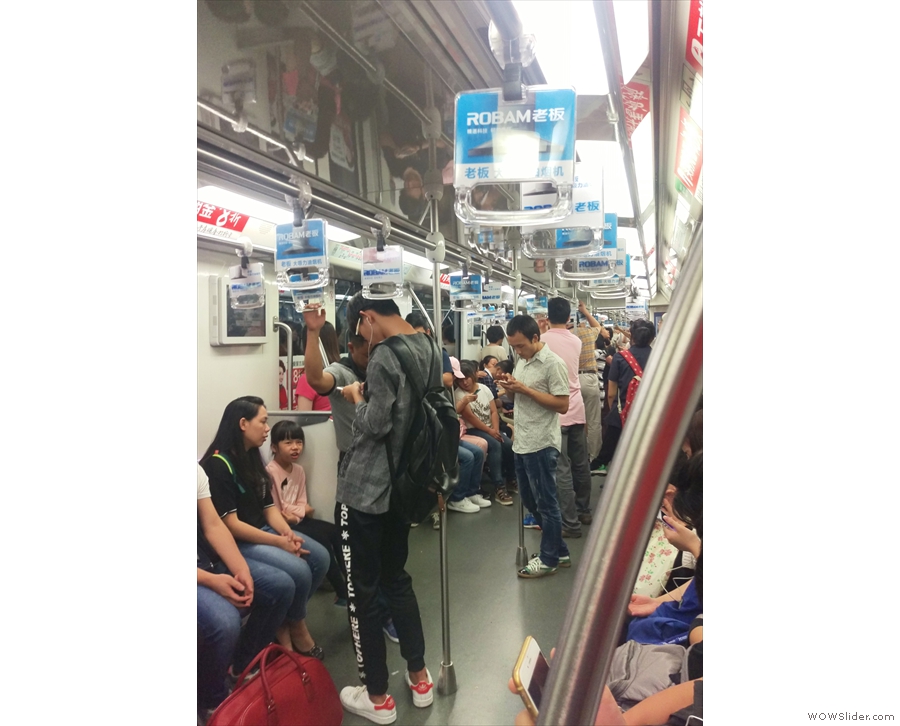
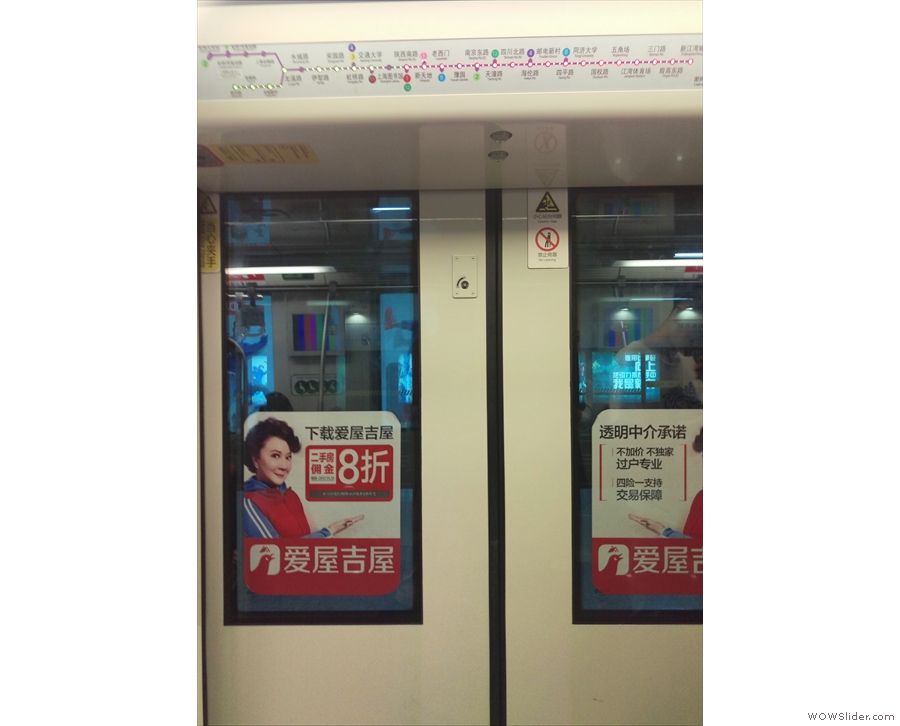
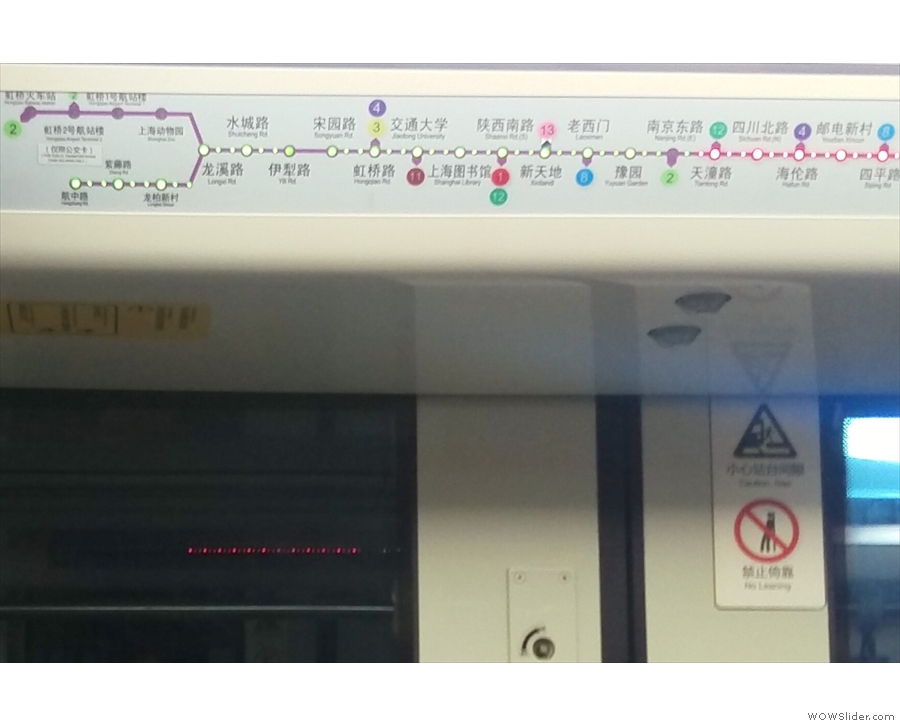
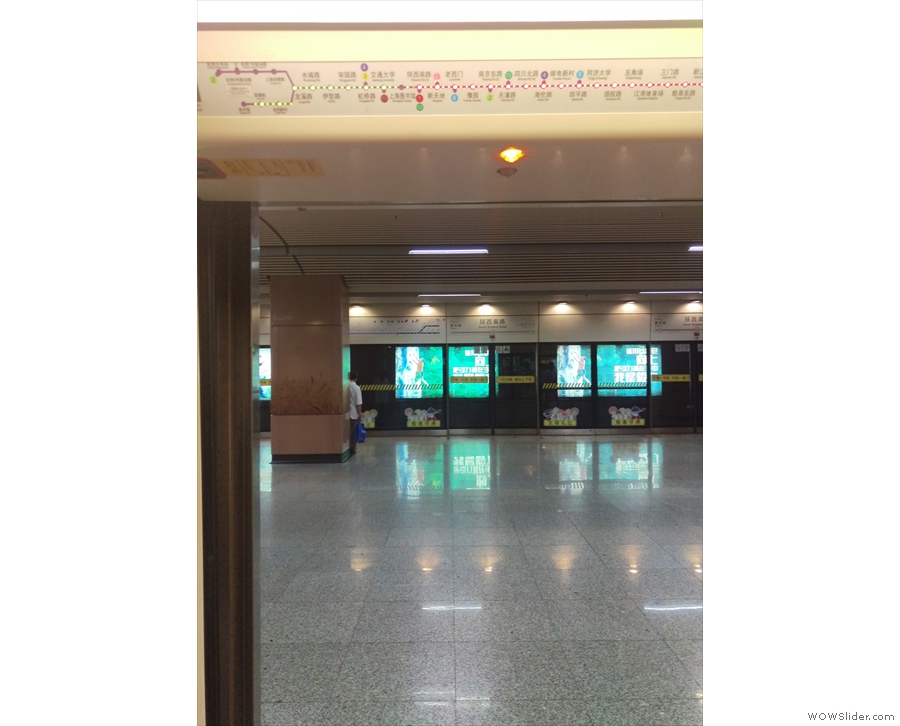
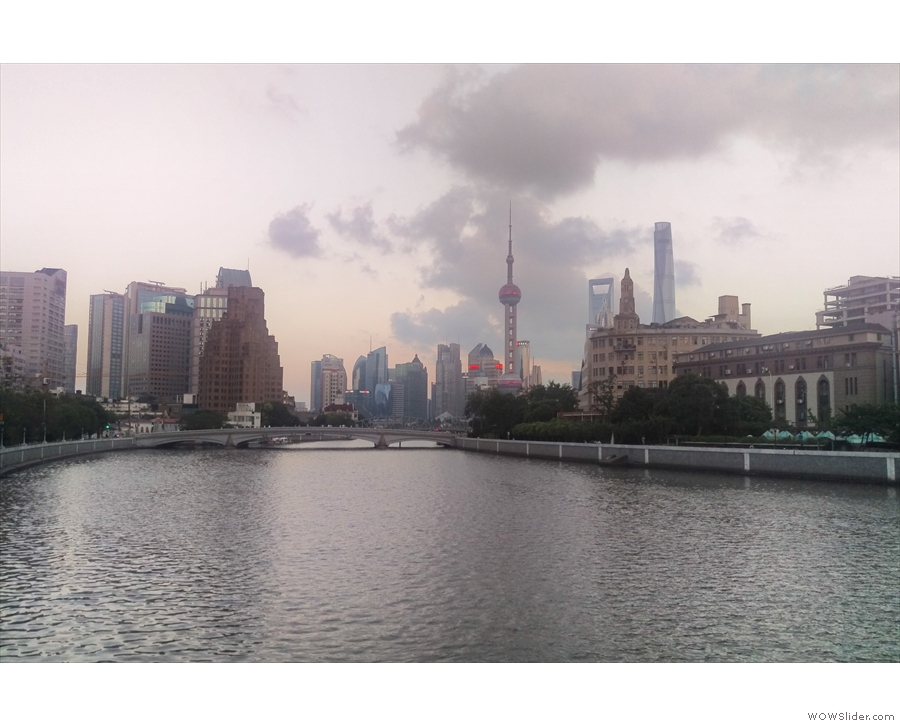
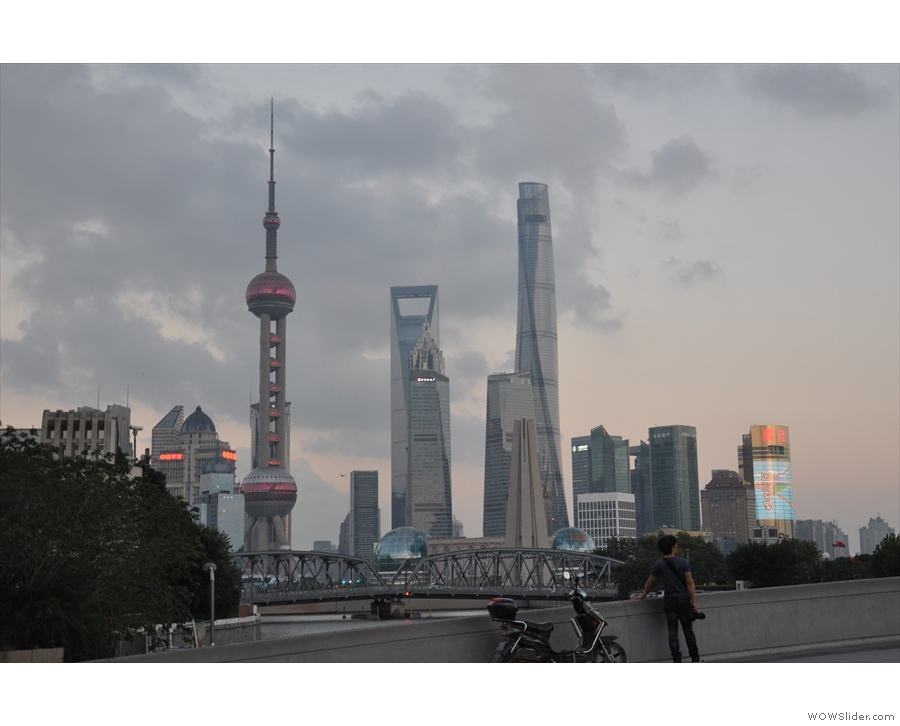
 1
1 2
2 3
3 4
4 5
5 6
6 7
7 8
8 9
9 10
10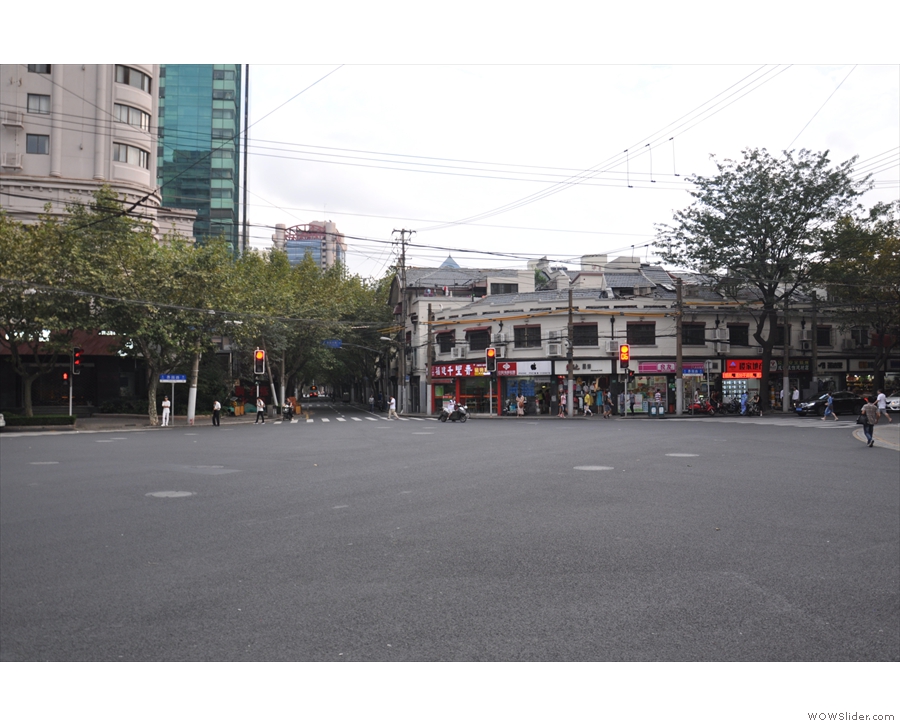
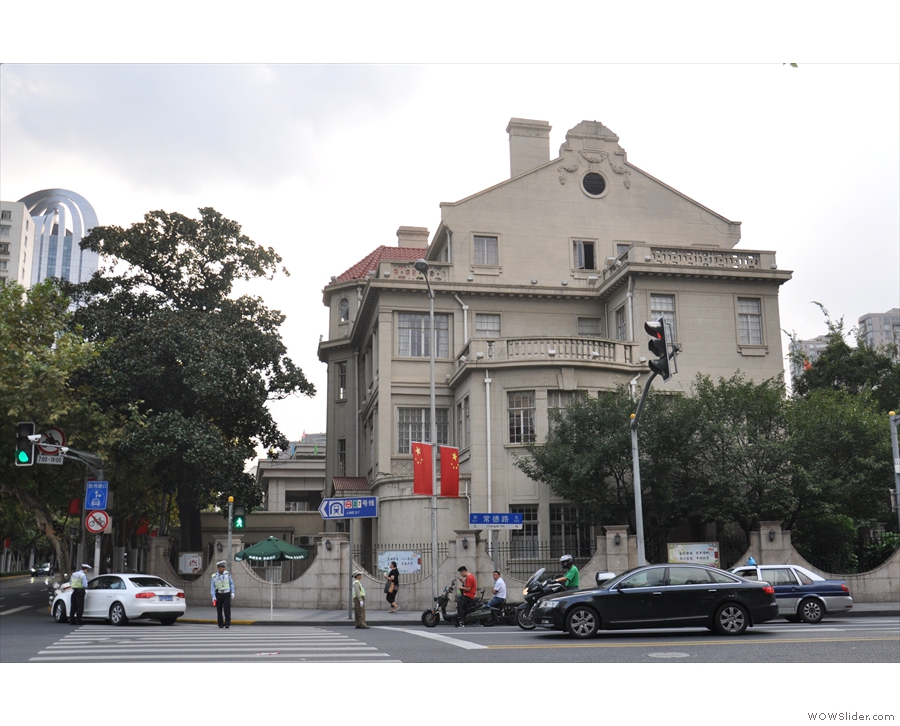
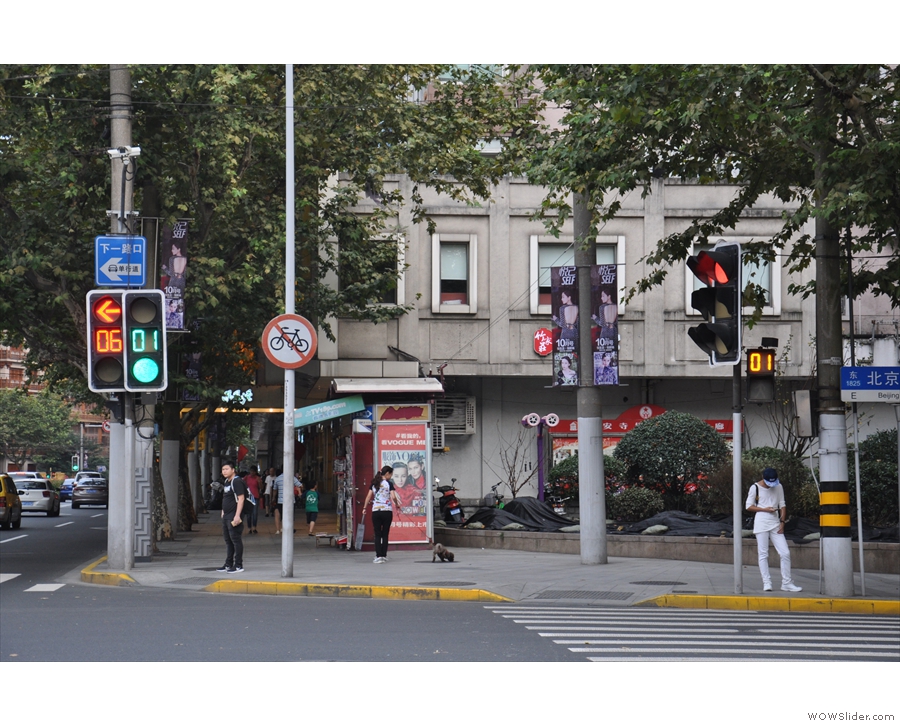
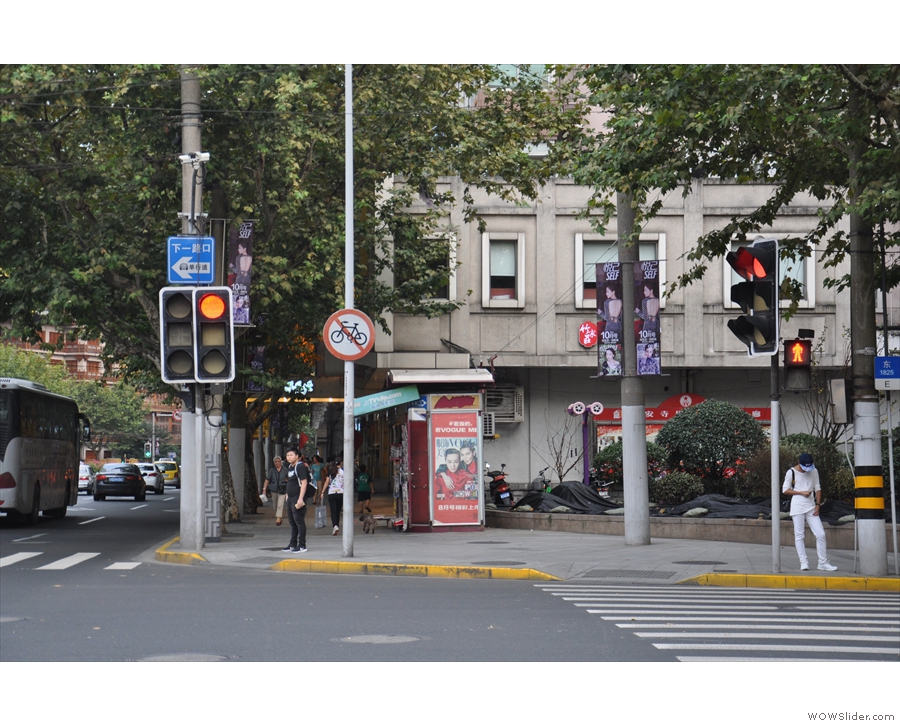
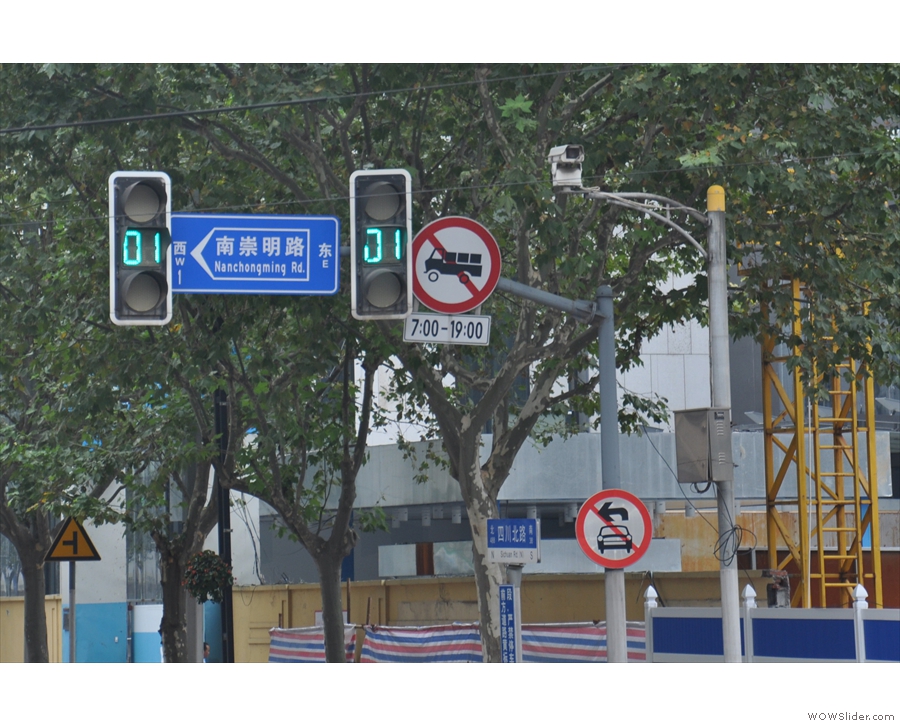
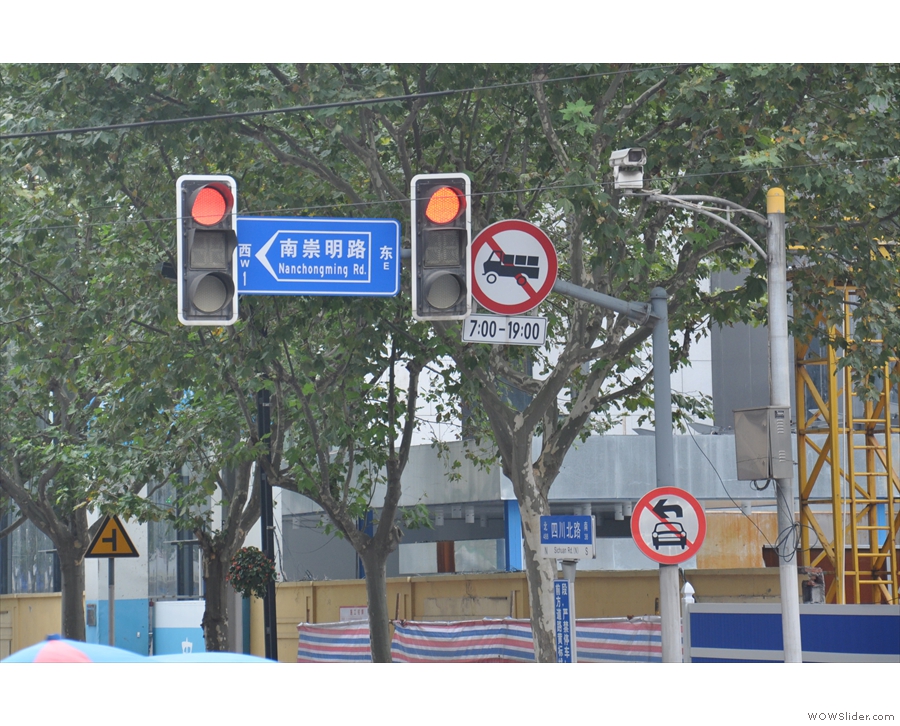
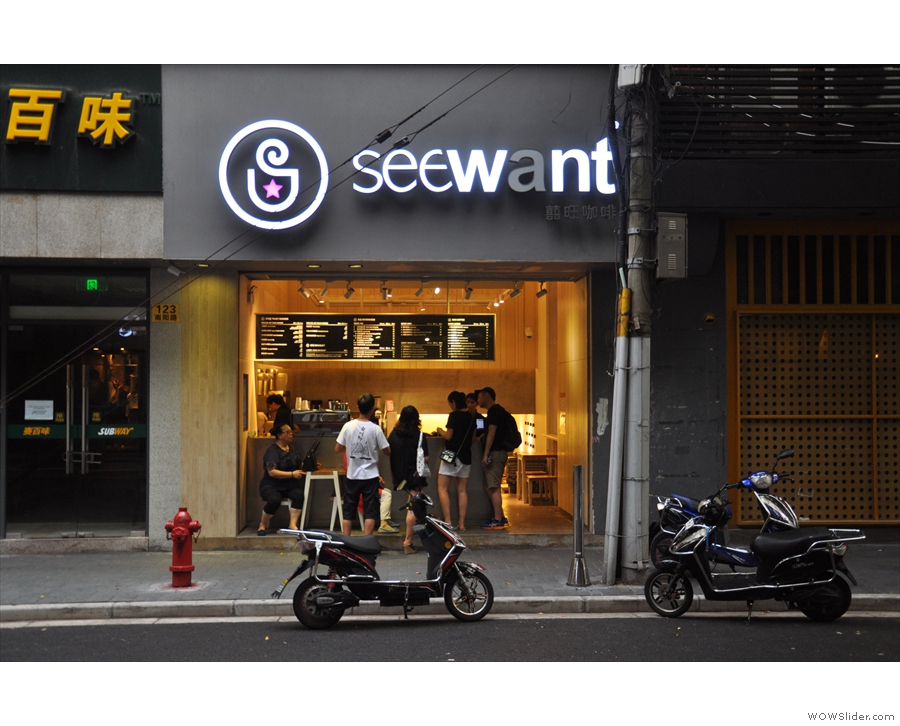
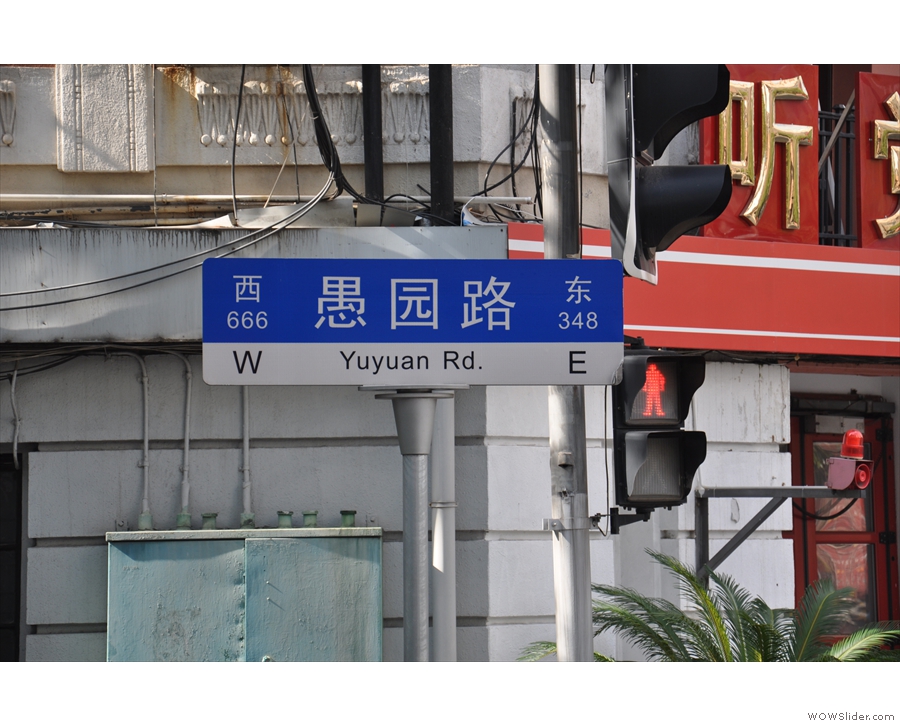
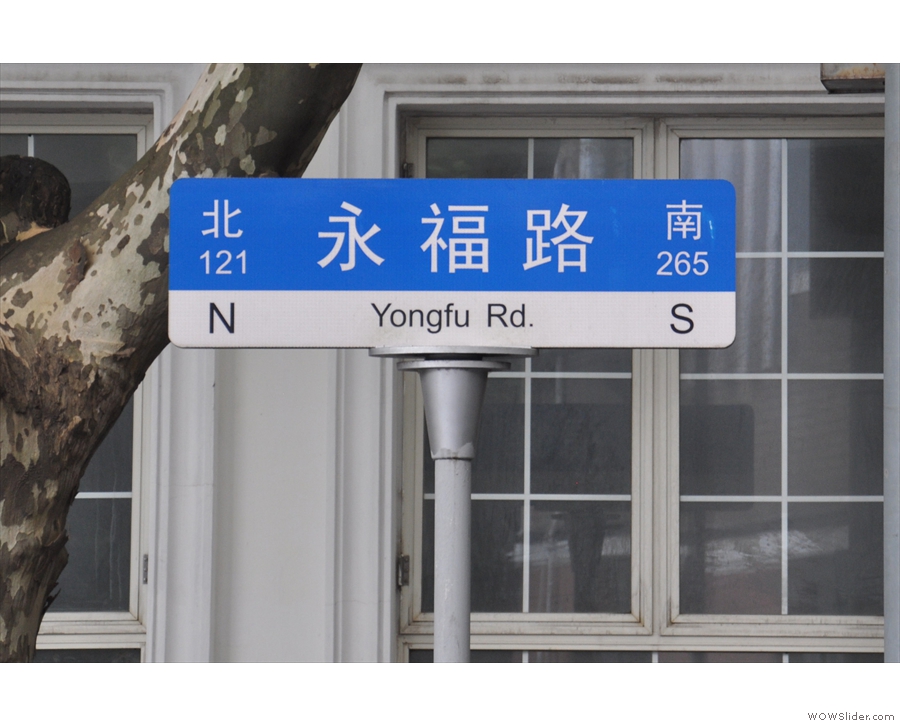
 1
1 2
2 3
3 4
4 5
5 6
6 7
7 8
8 9
9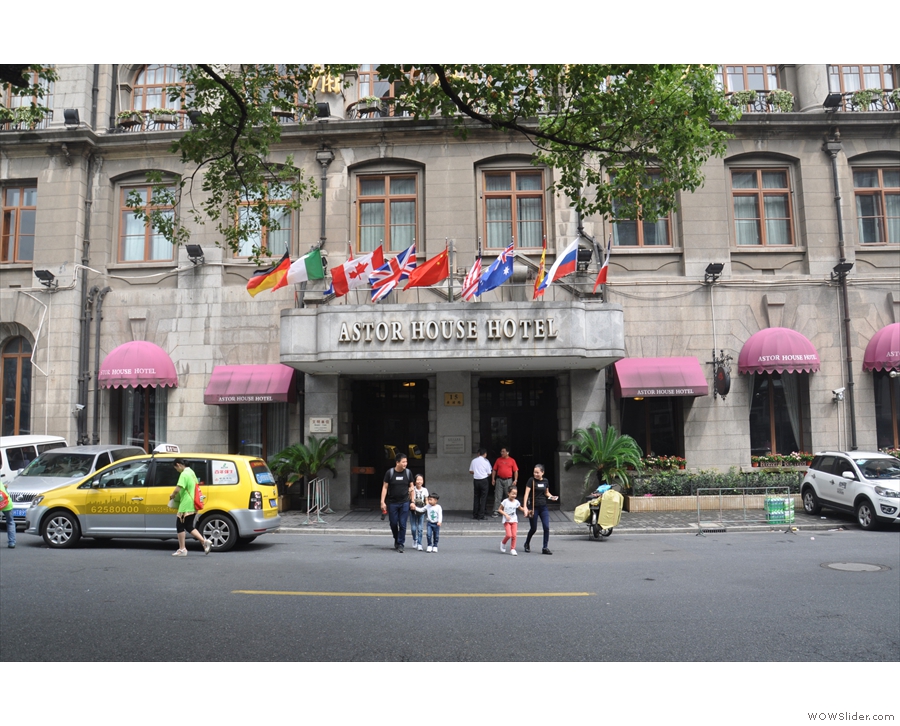

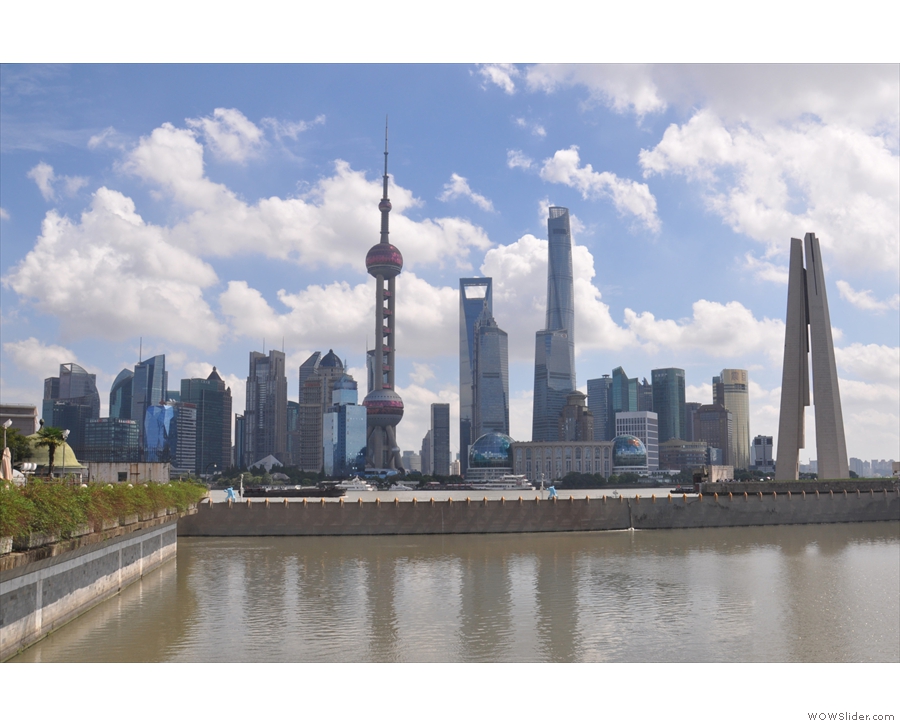
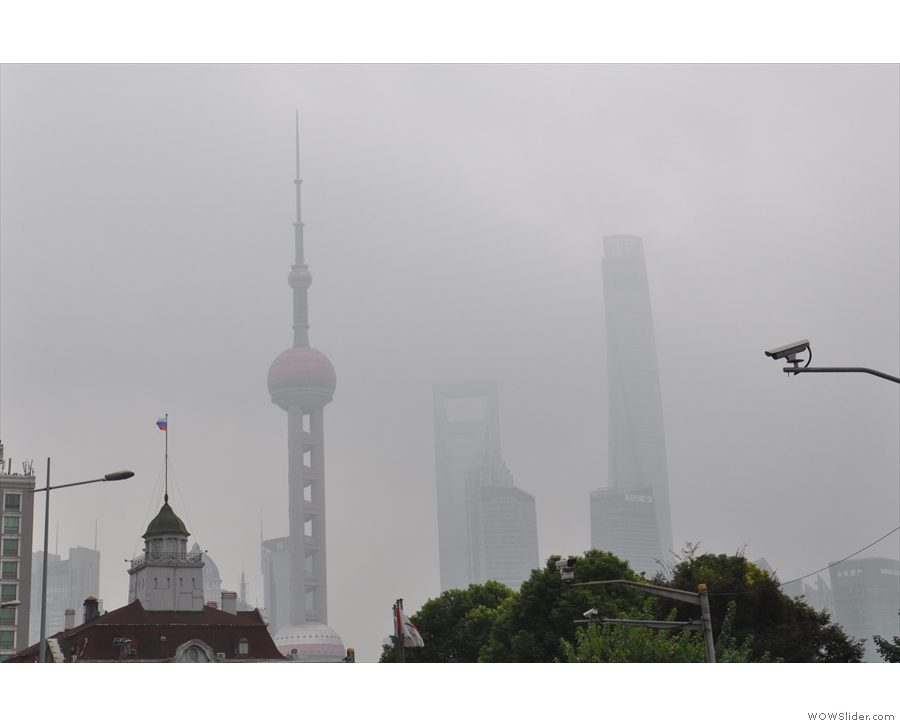
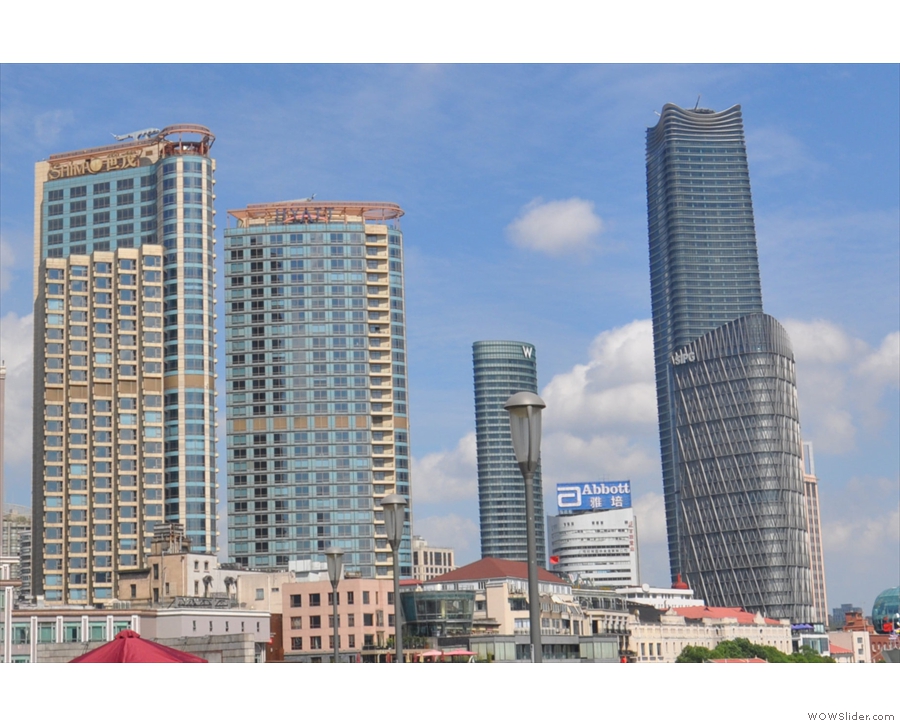
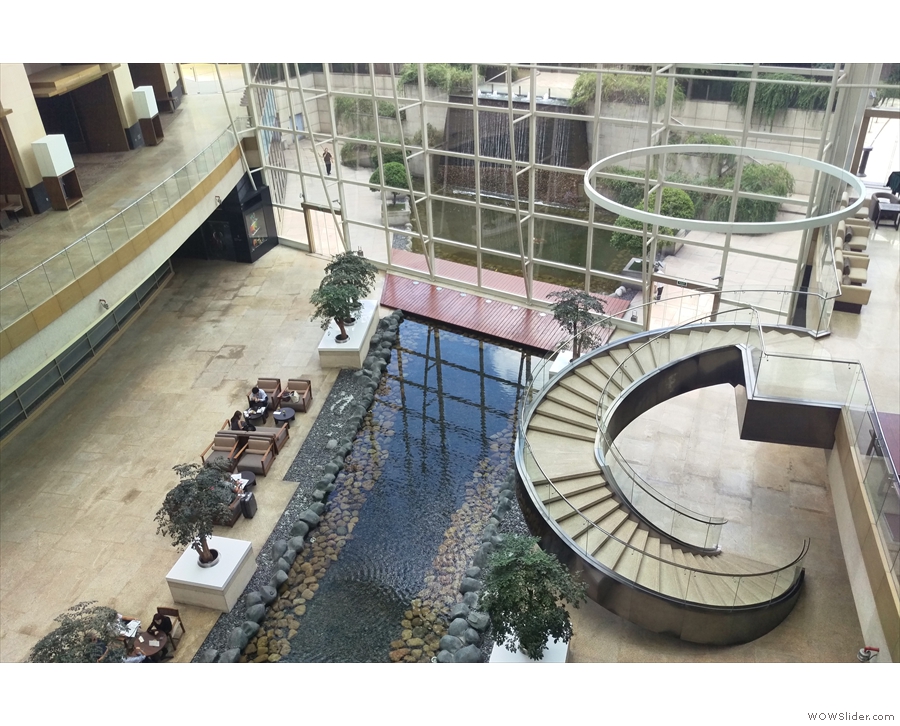
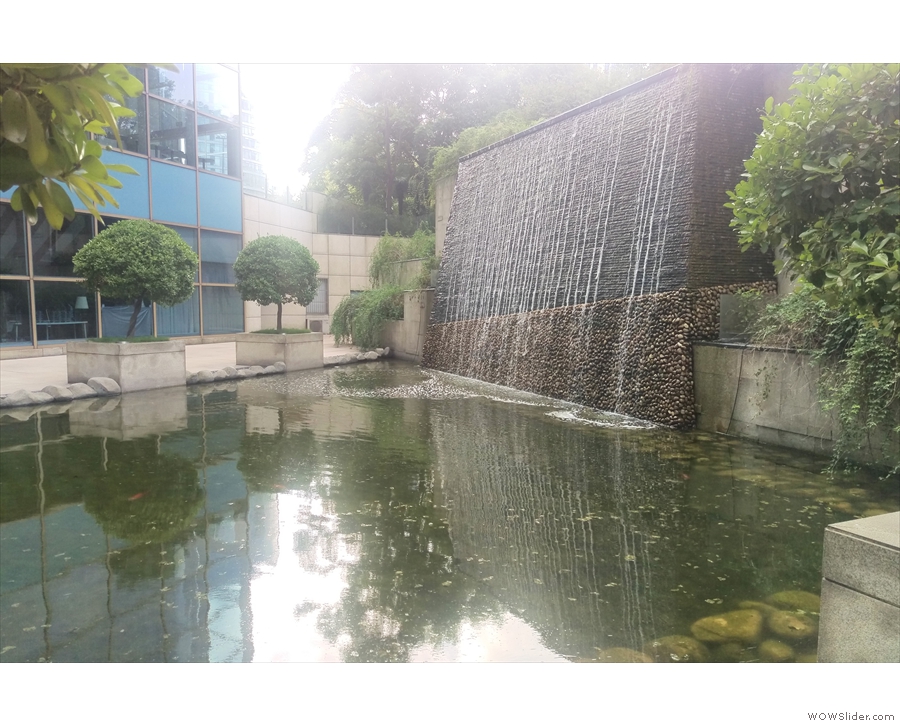
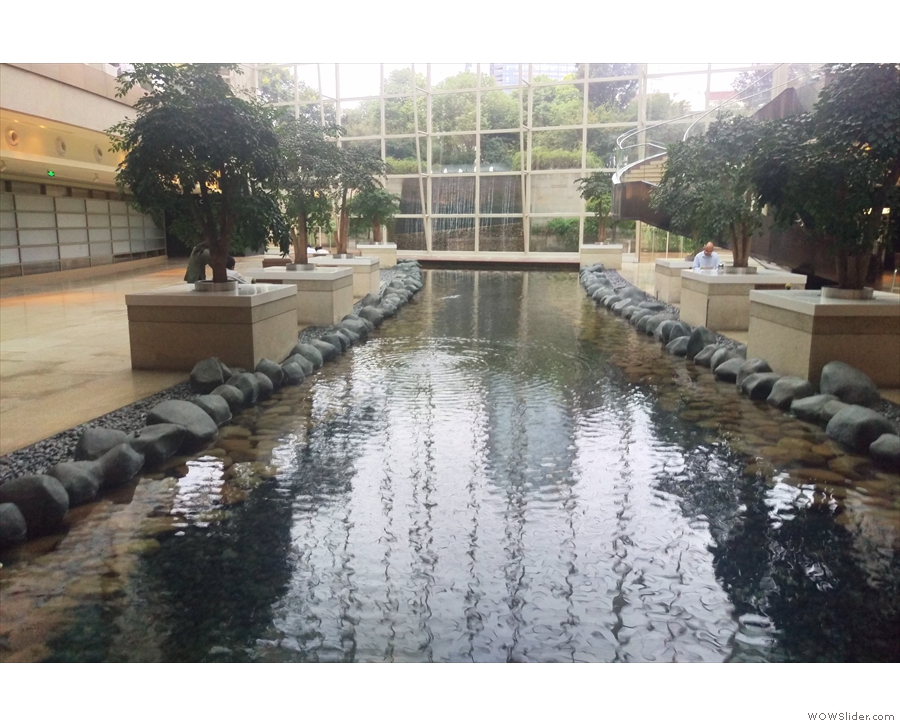
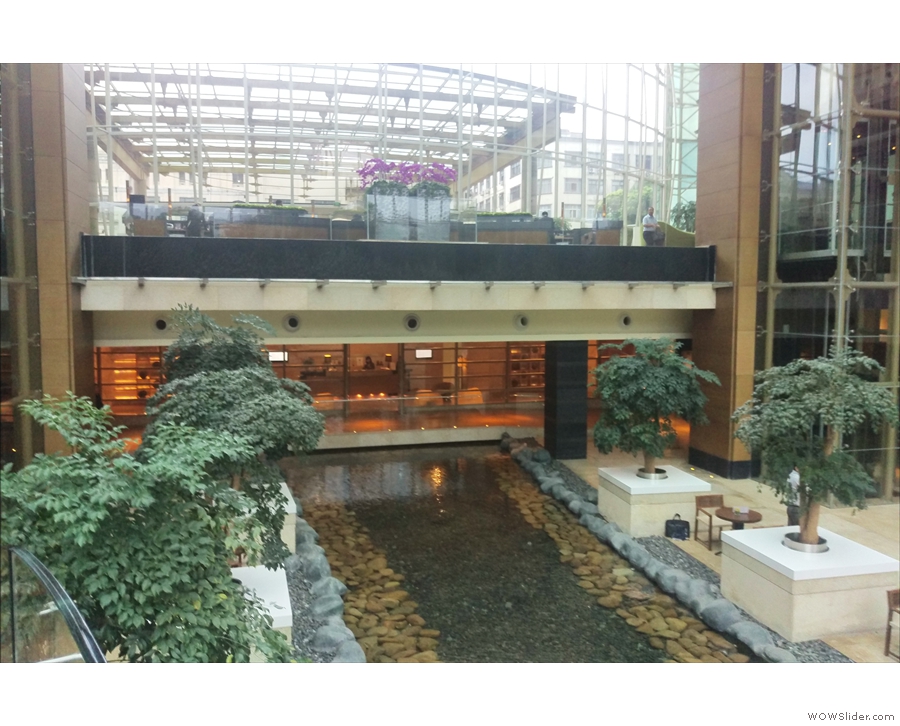
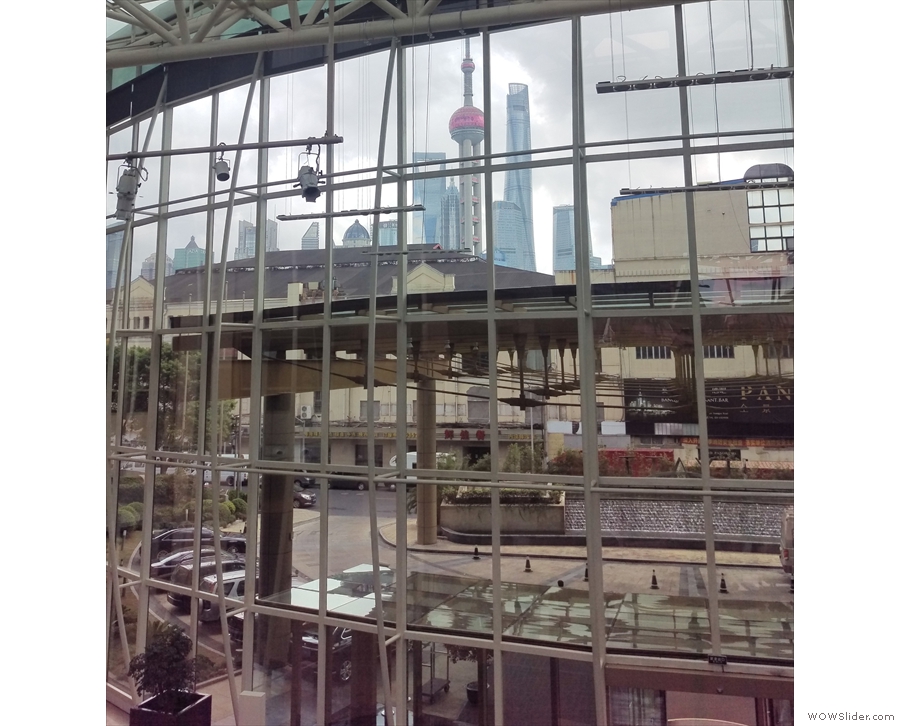
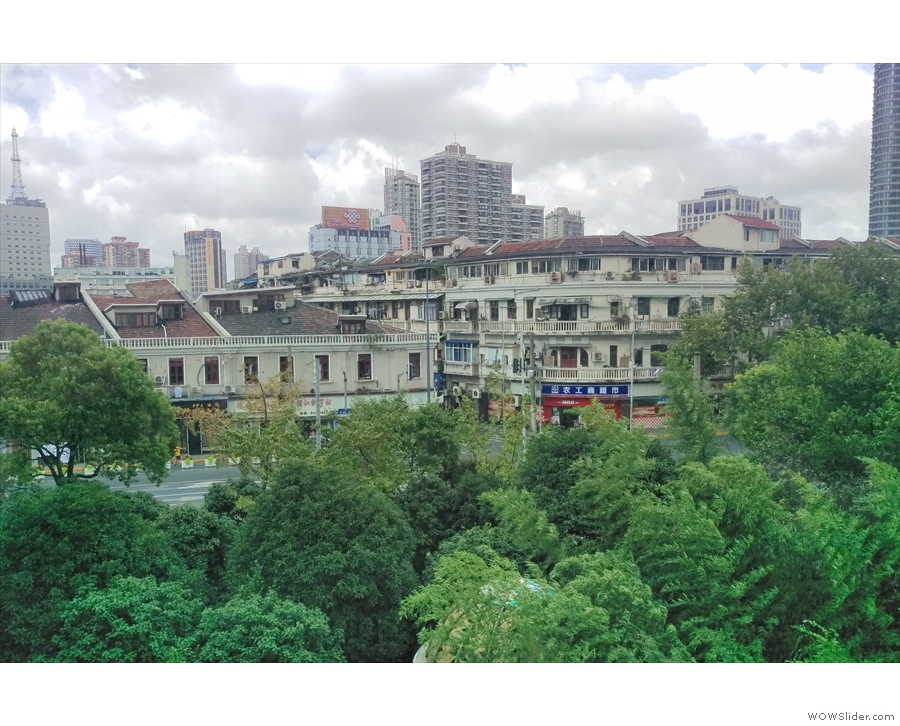
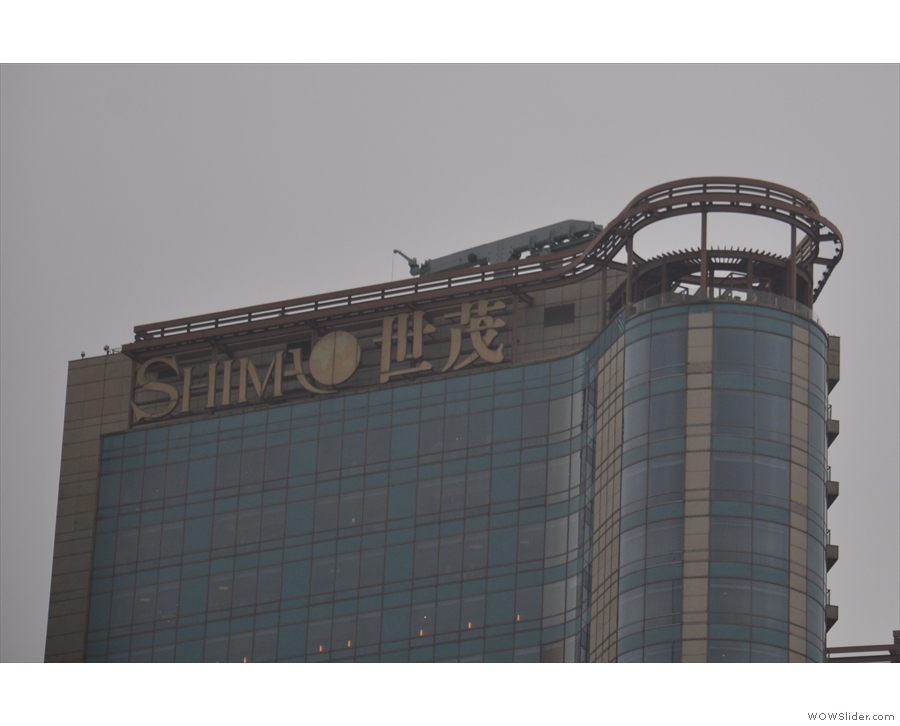
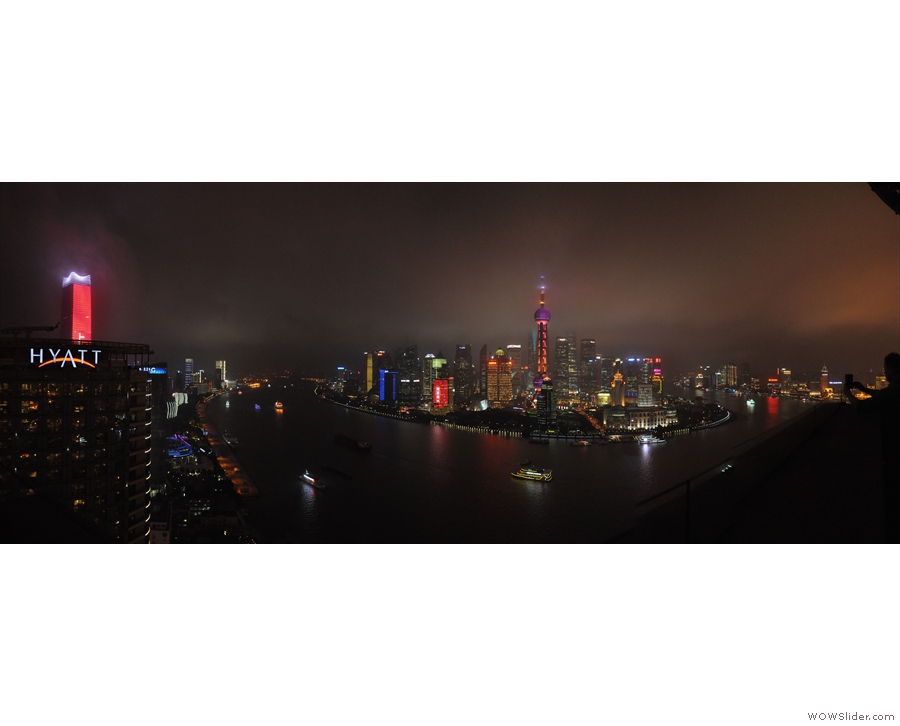
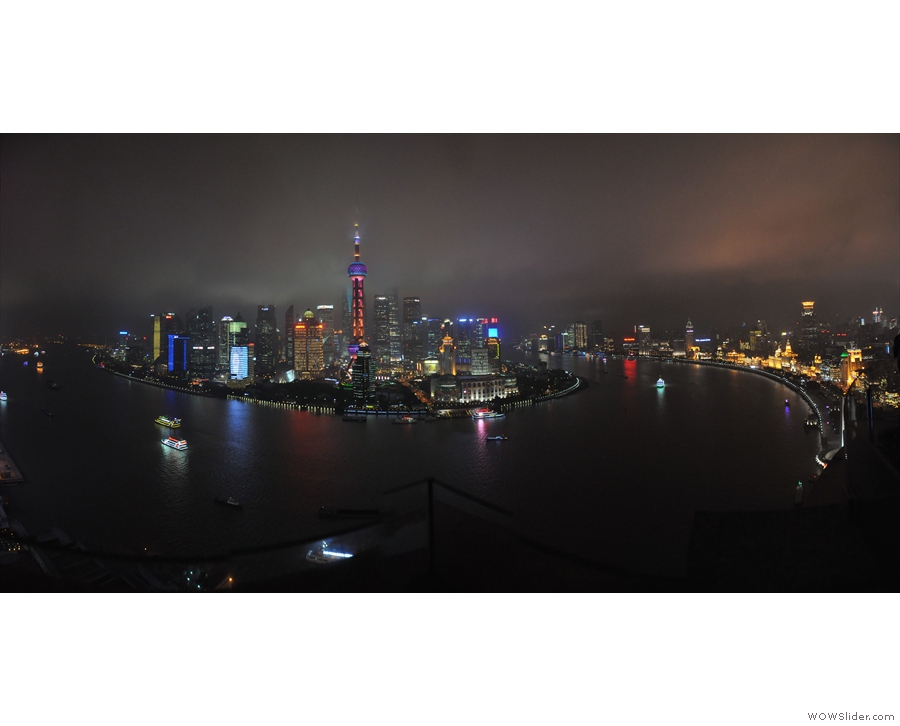
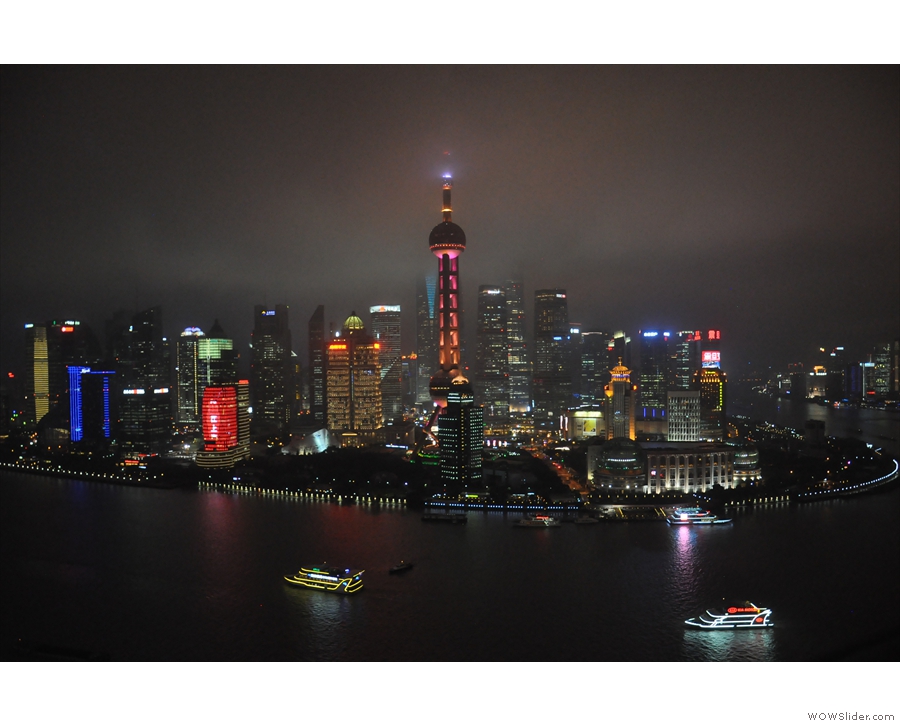
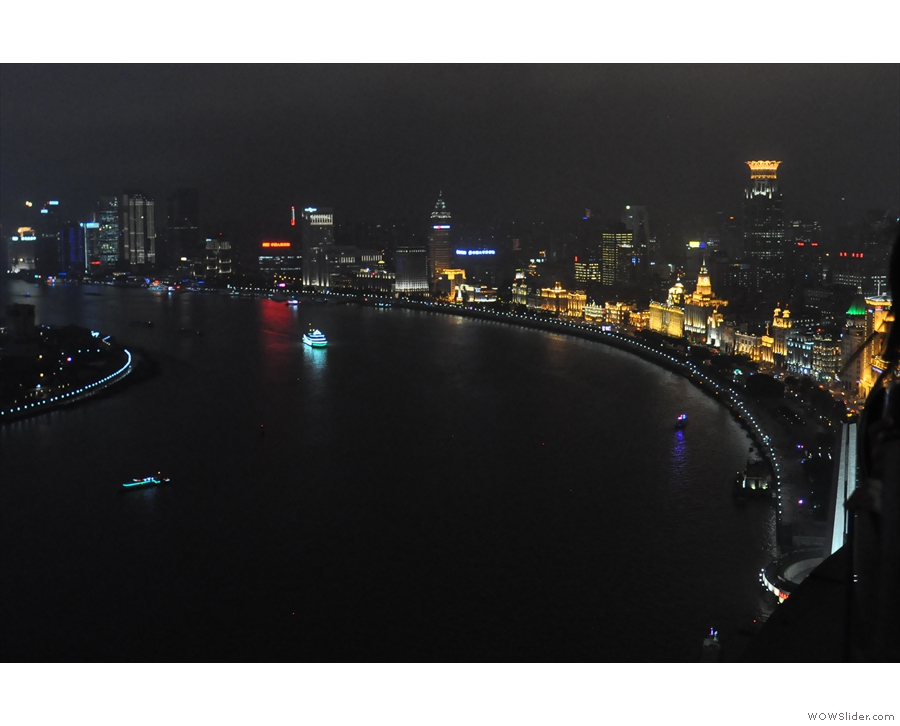
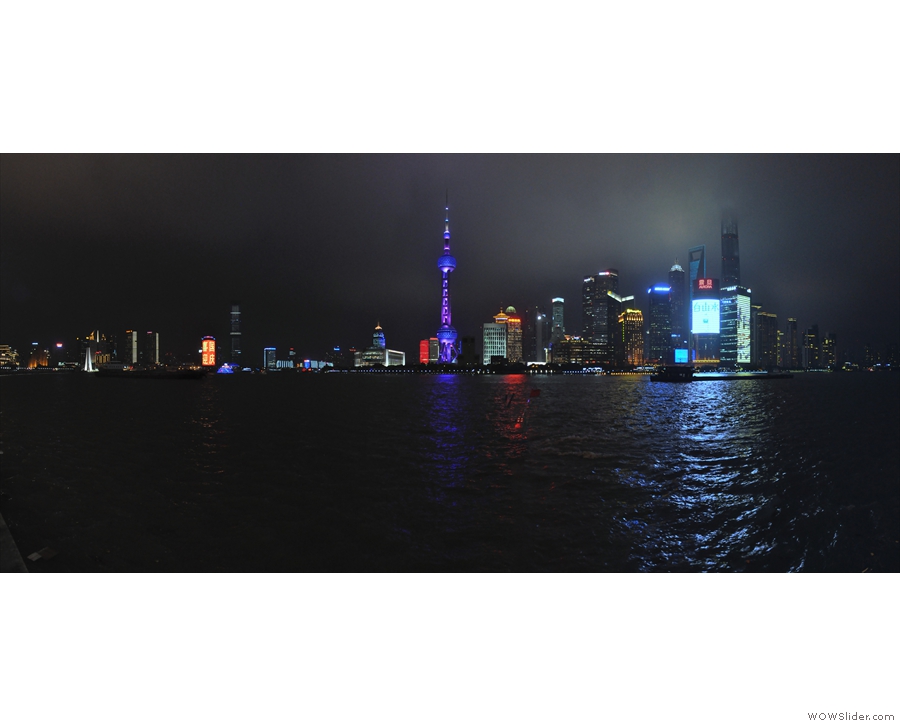
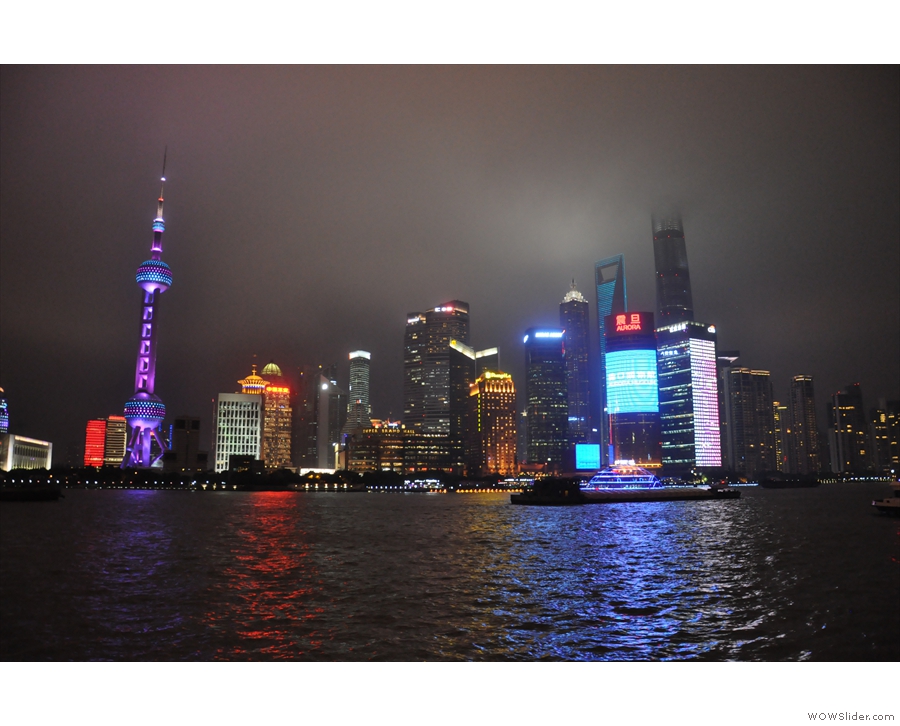
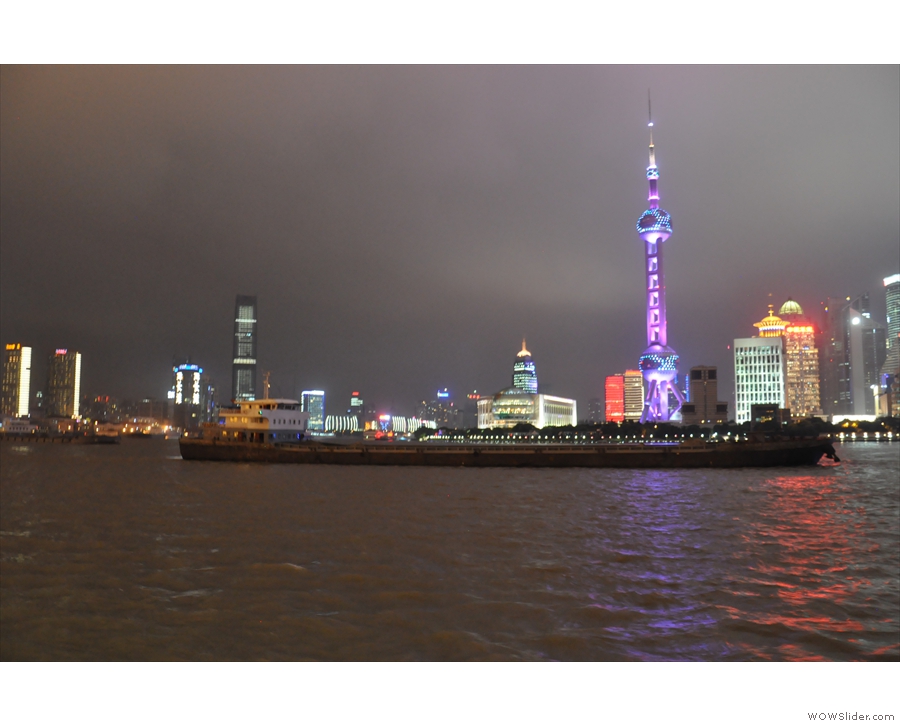
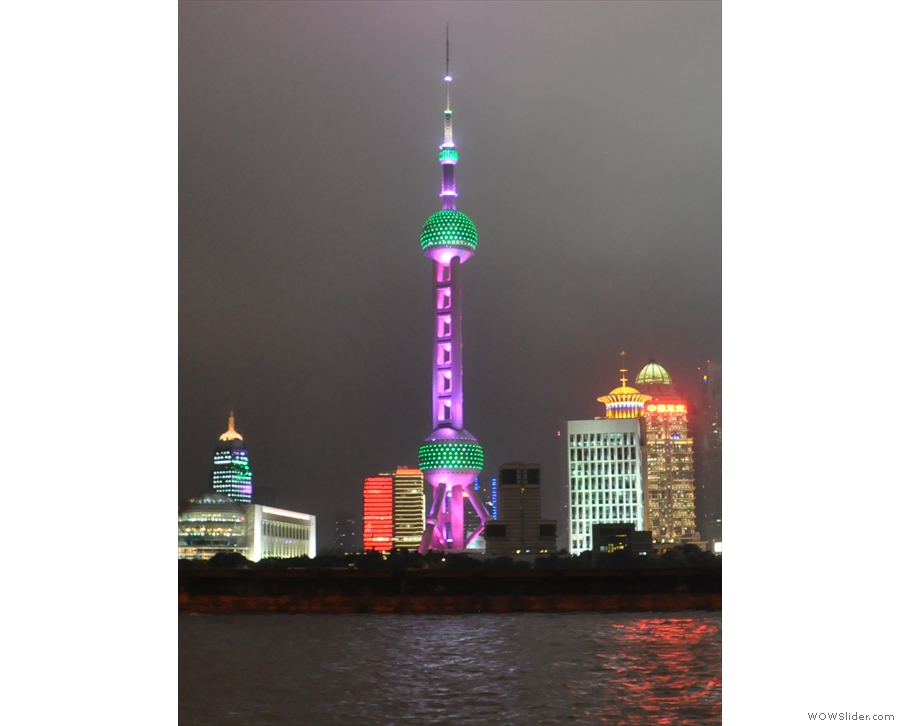
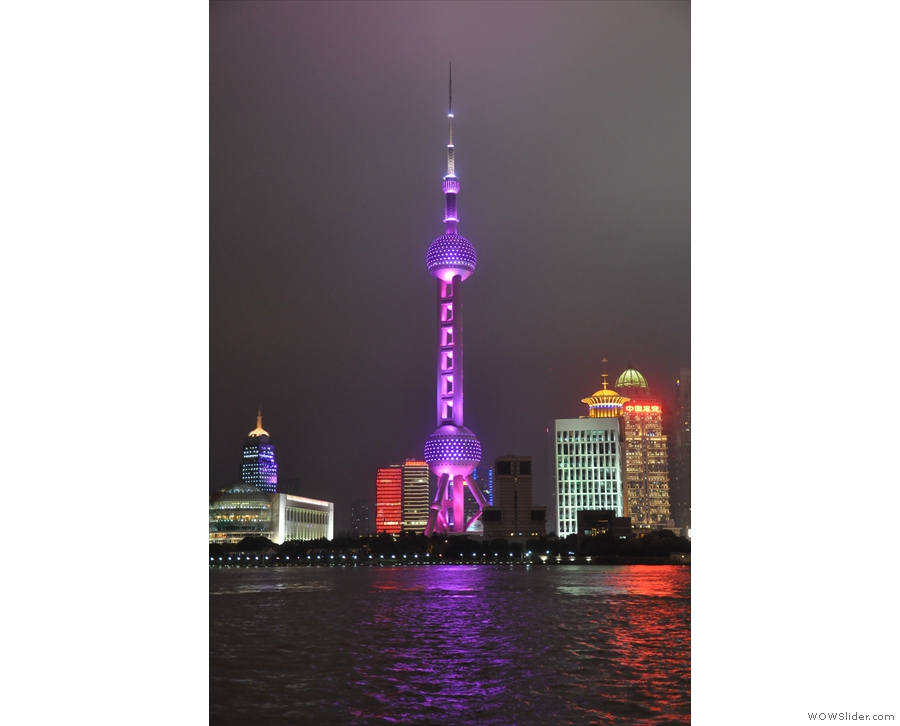
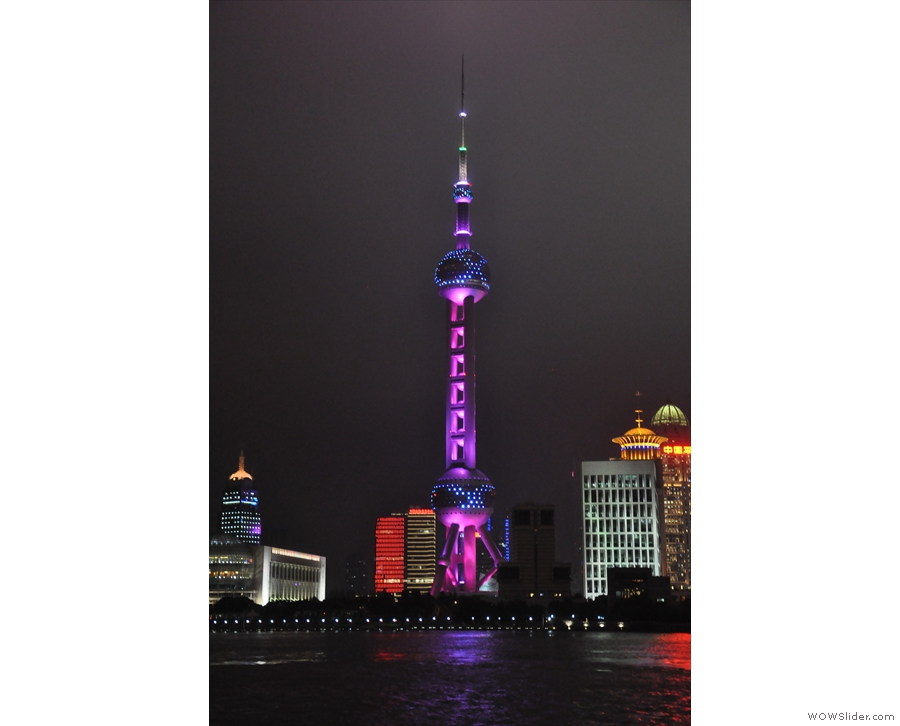
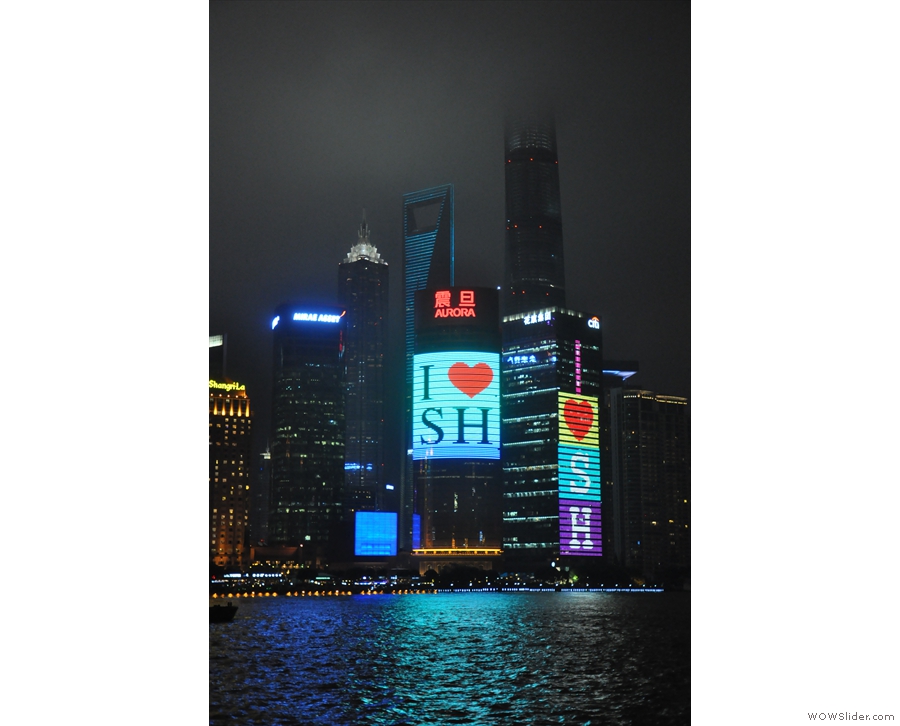
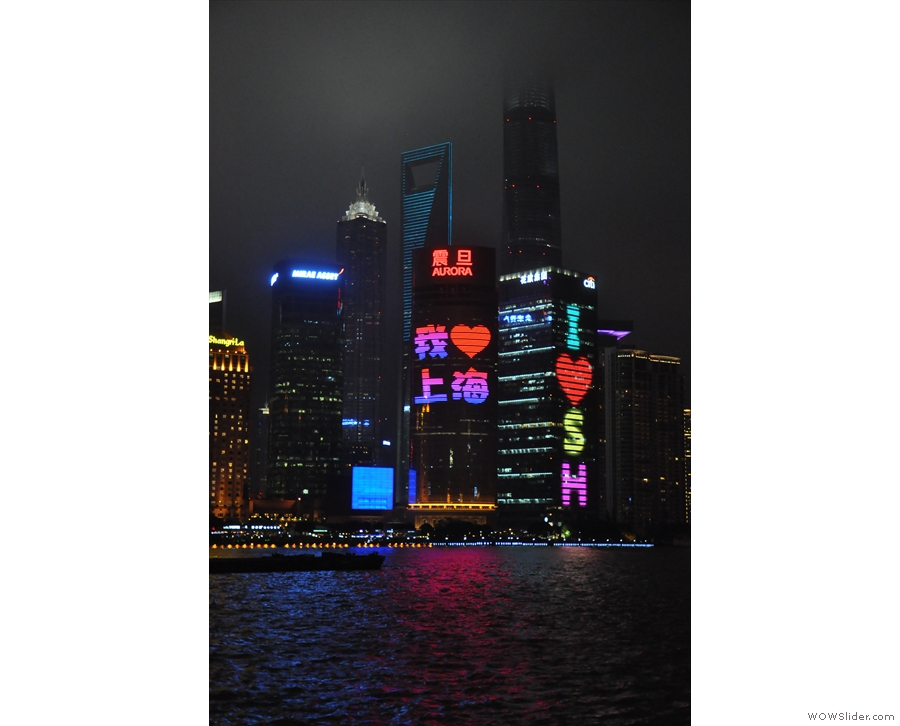
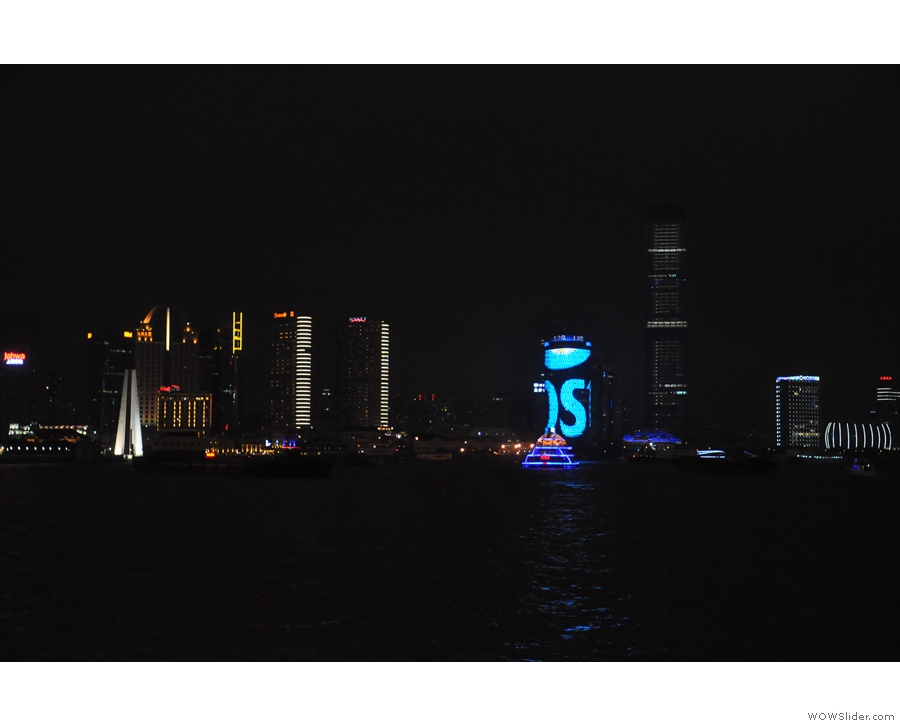
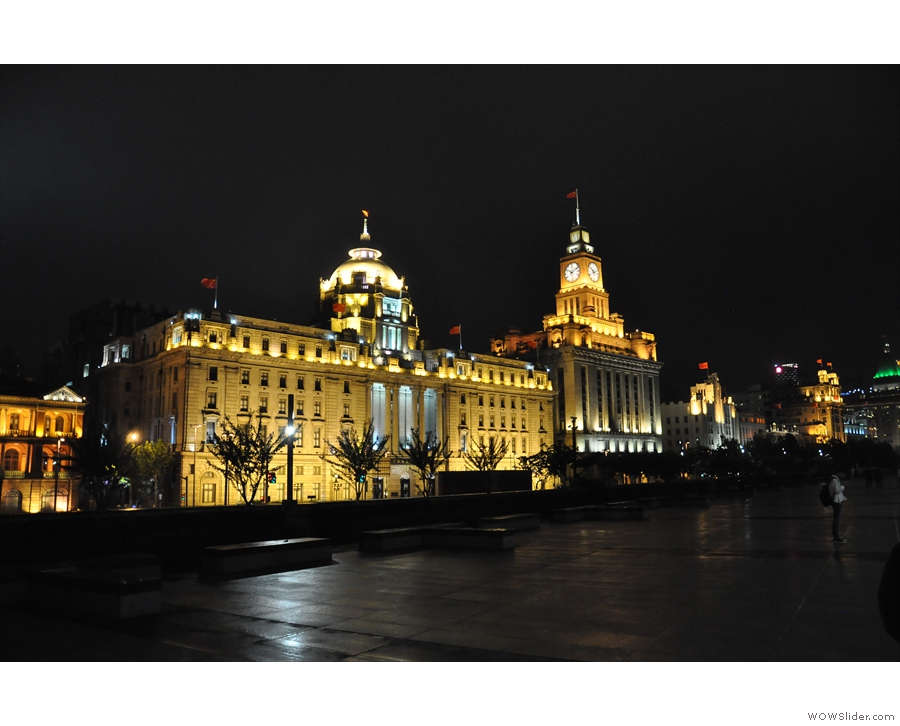
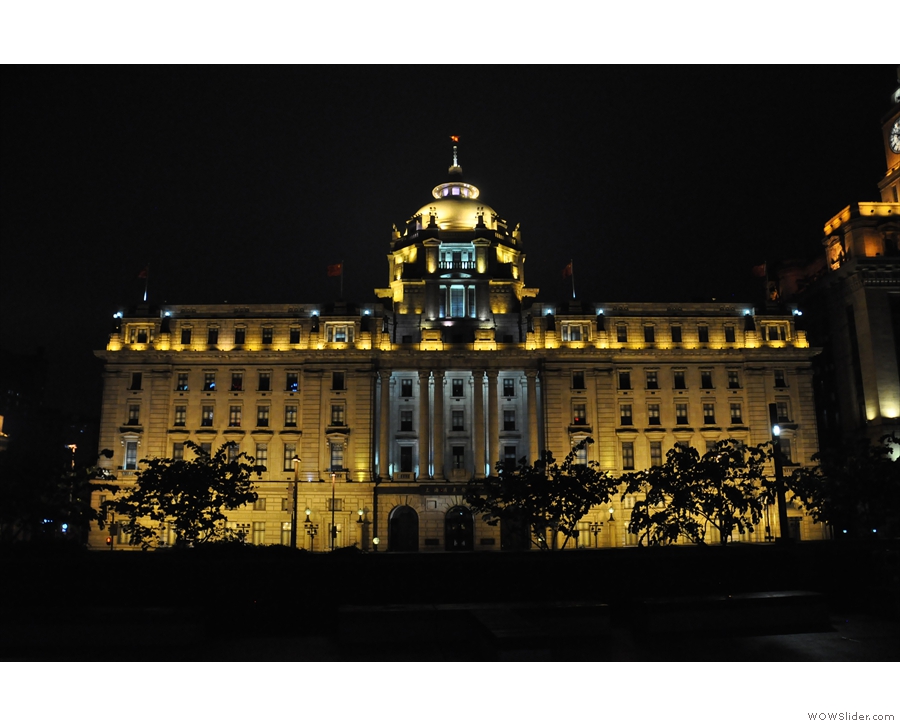
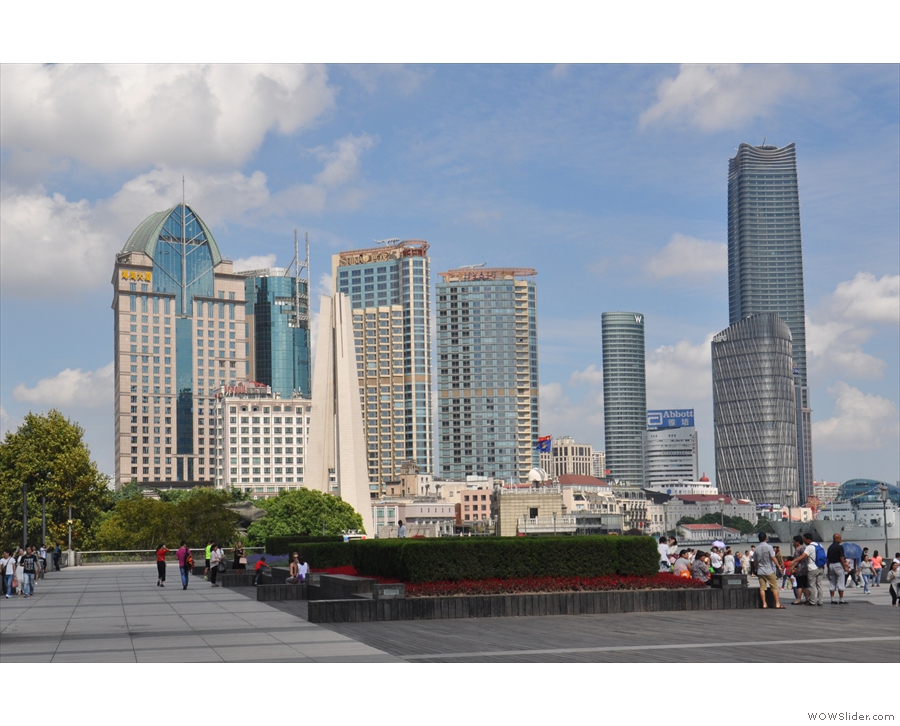
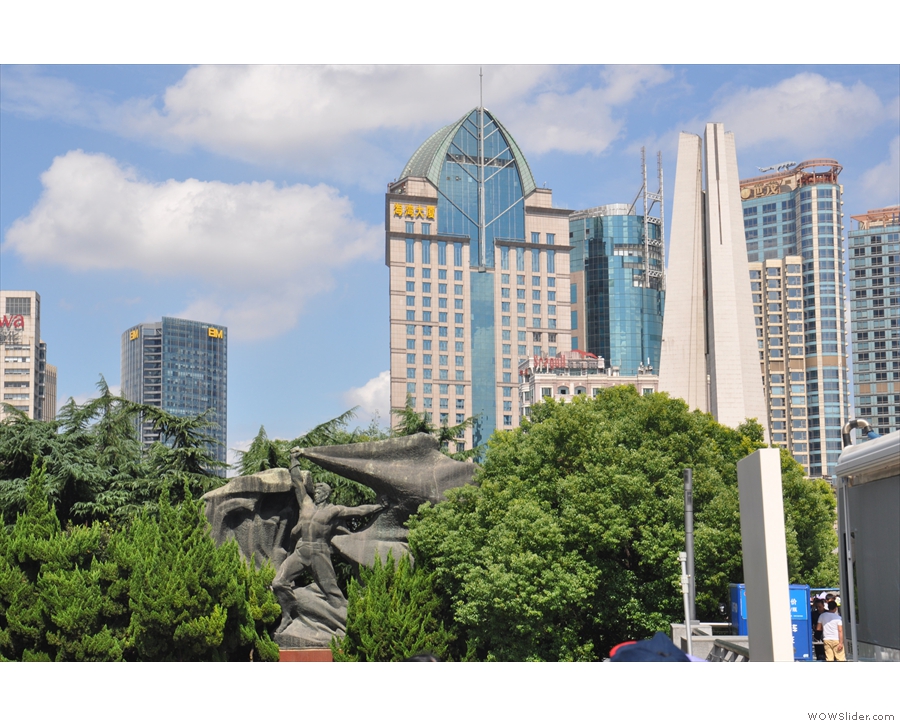
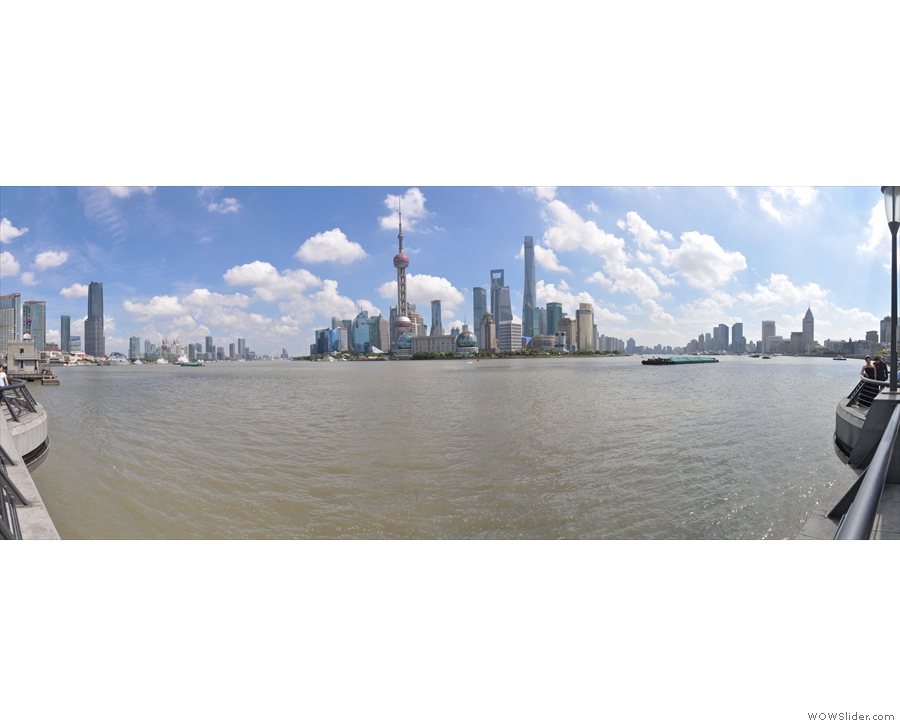
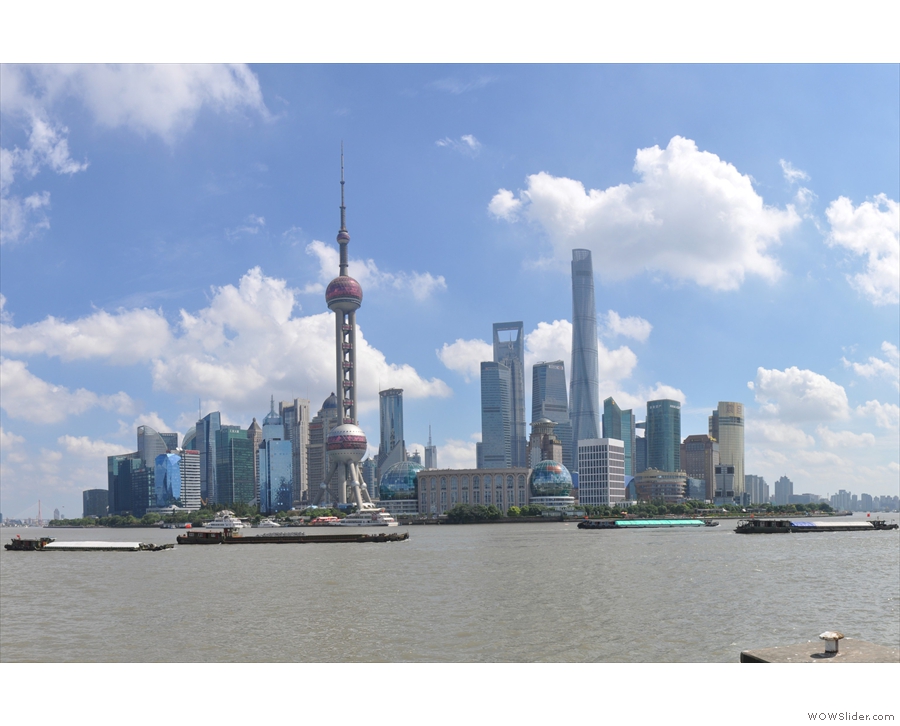
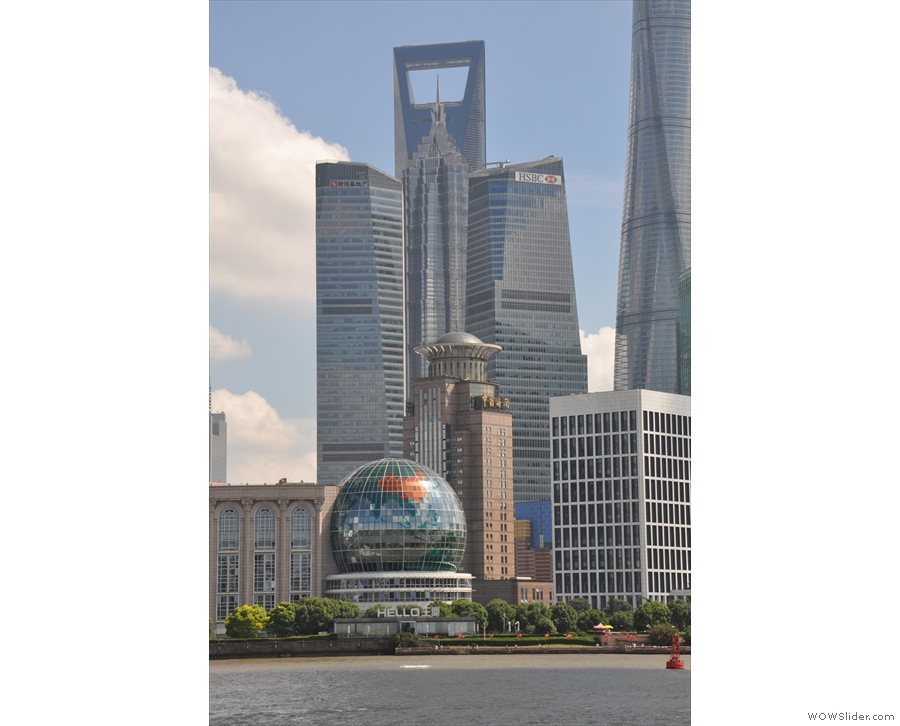
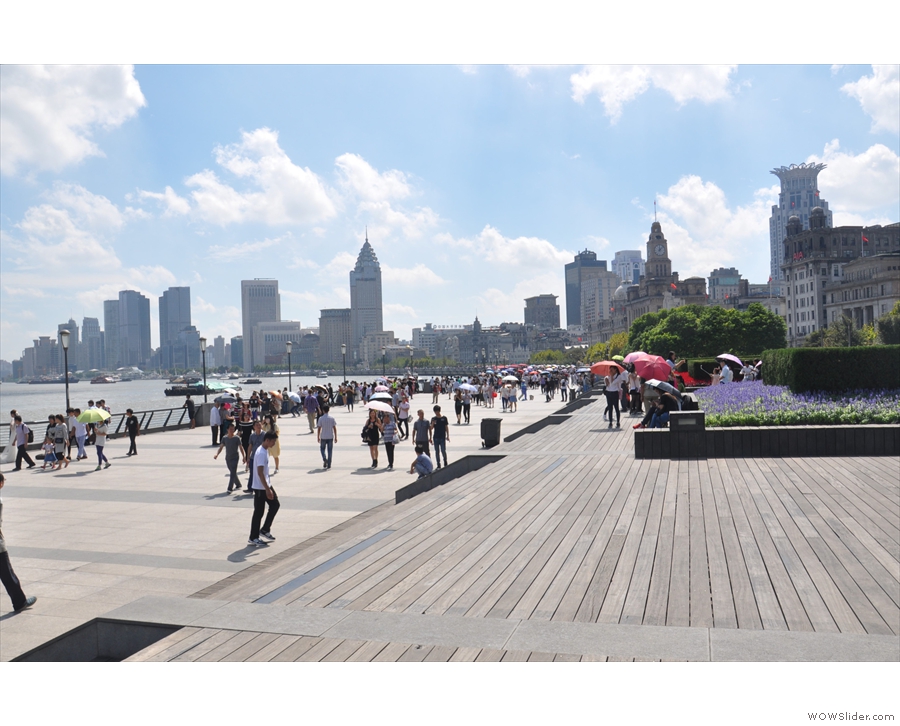
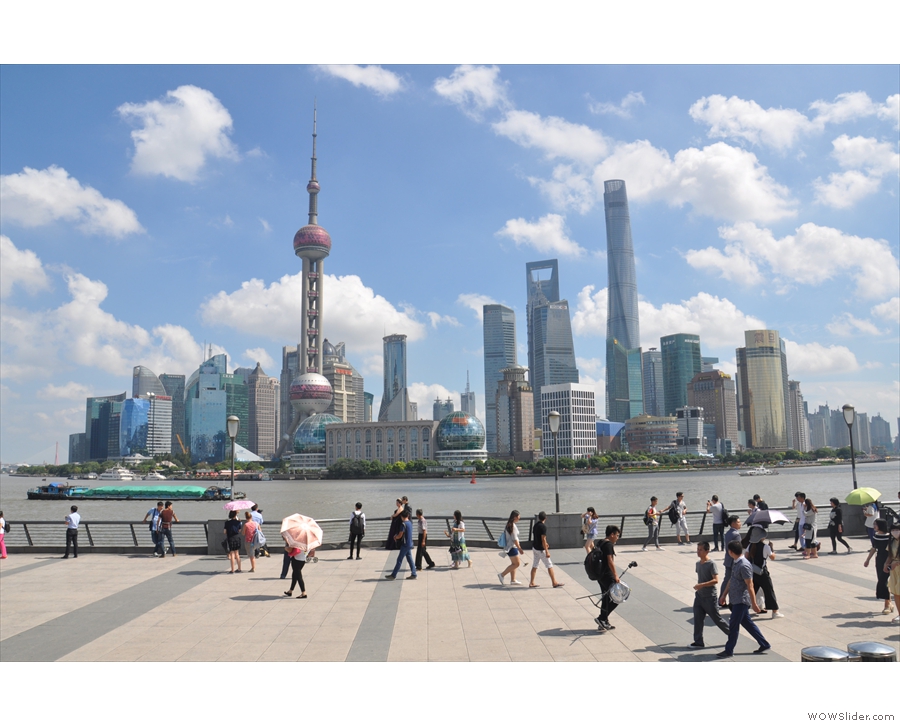
 1
1 2
2 3
3 4
4 5
5 6
6 7
7 8
8 9
9 10
10 11
11 12
12 13
13 14
14 15
15 16
16 17
17 18
18 19
19 20
20 21
21 22
22 23
23 24
24 25
25 26
26 27
27 28
28 29
29 30
30 31
31 32
32 33
33 34
34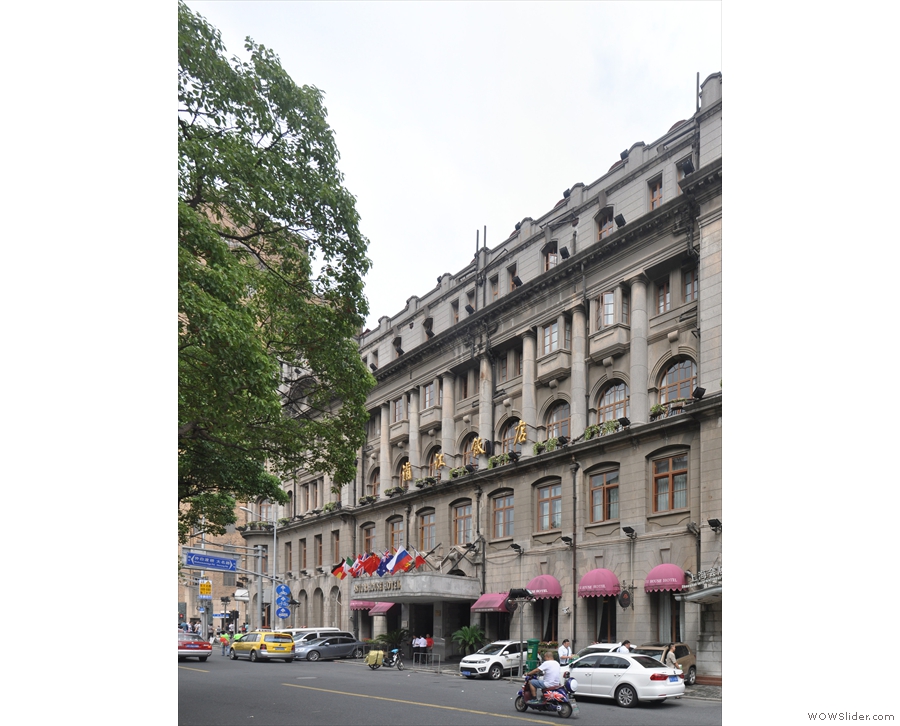
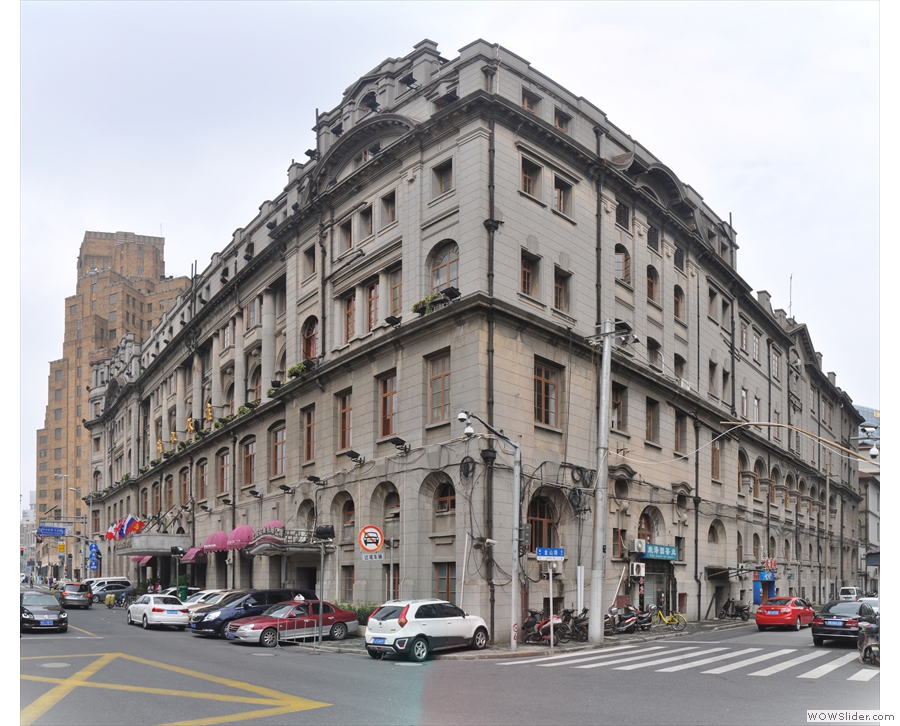
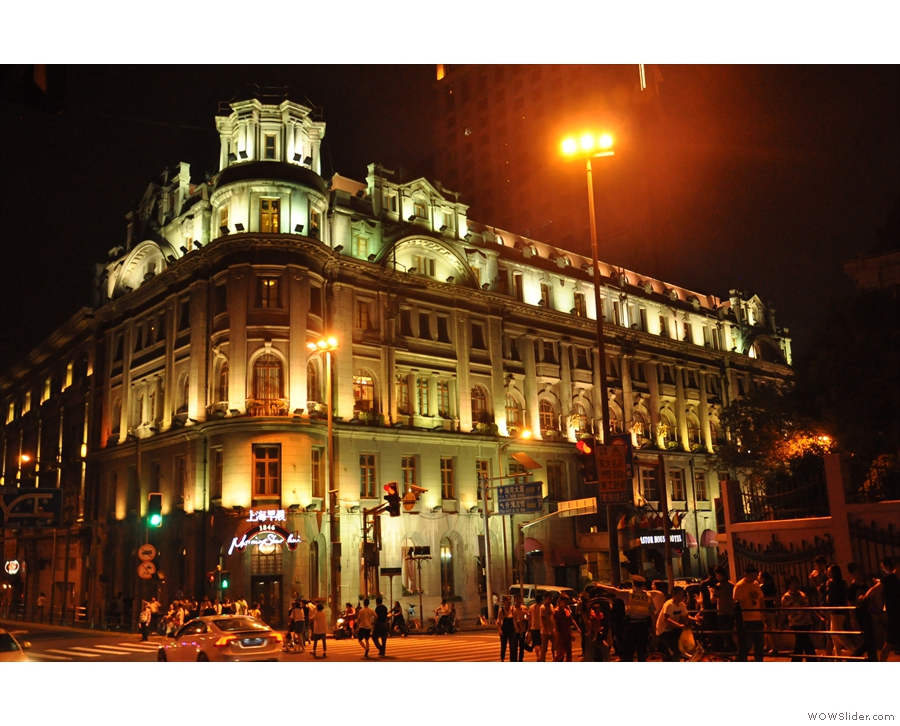
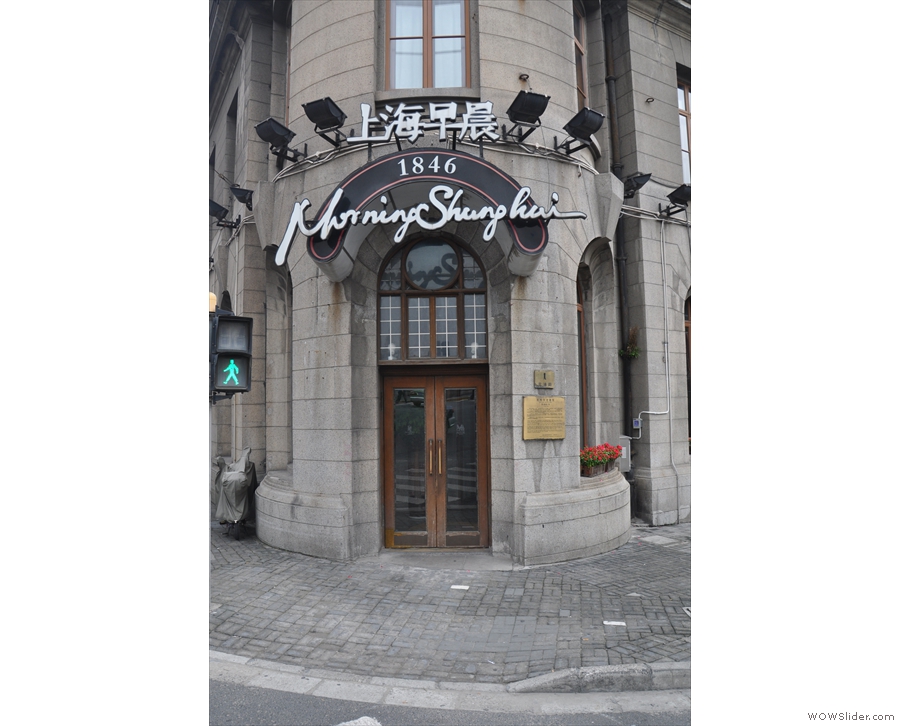
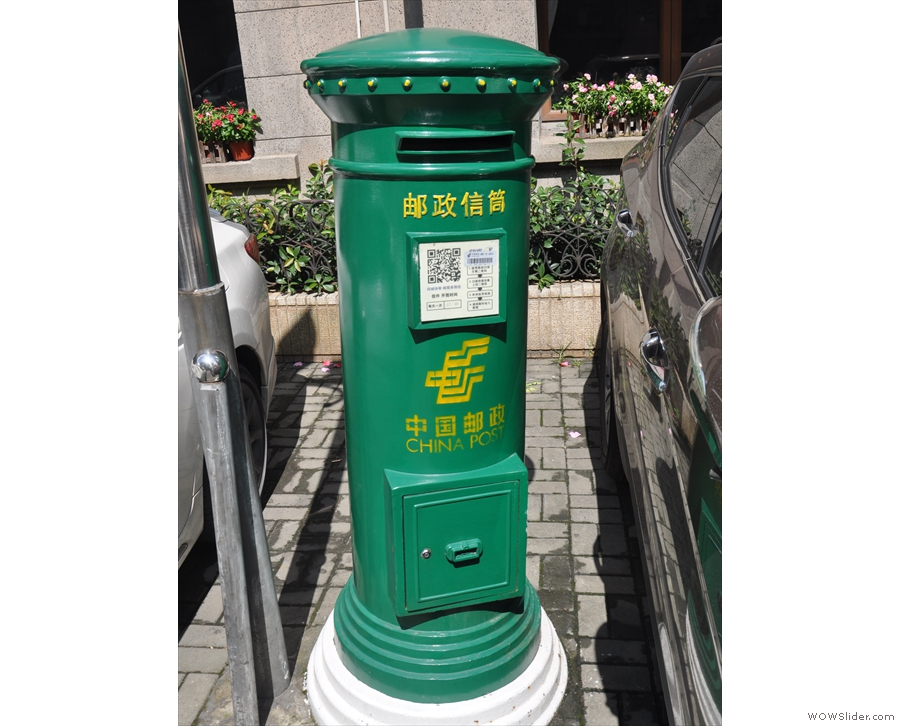

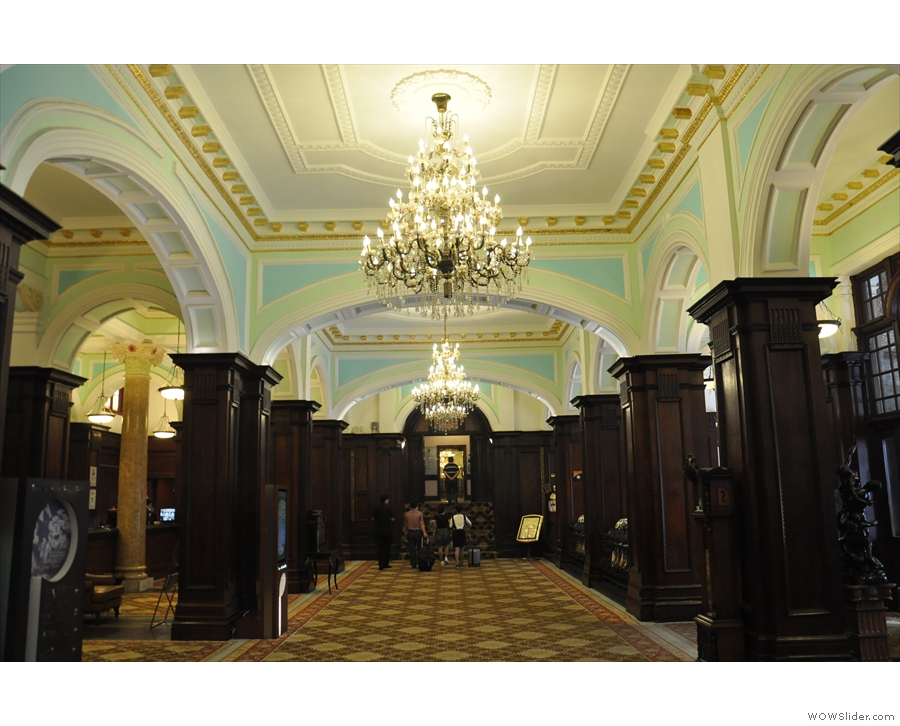
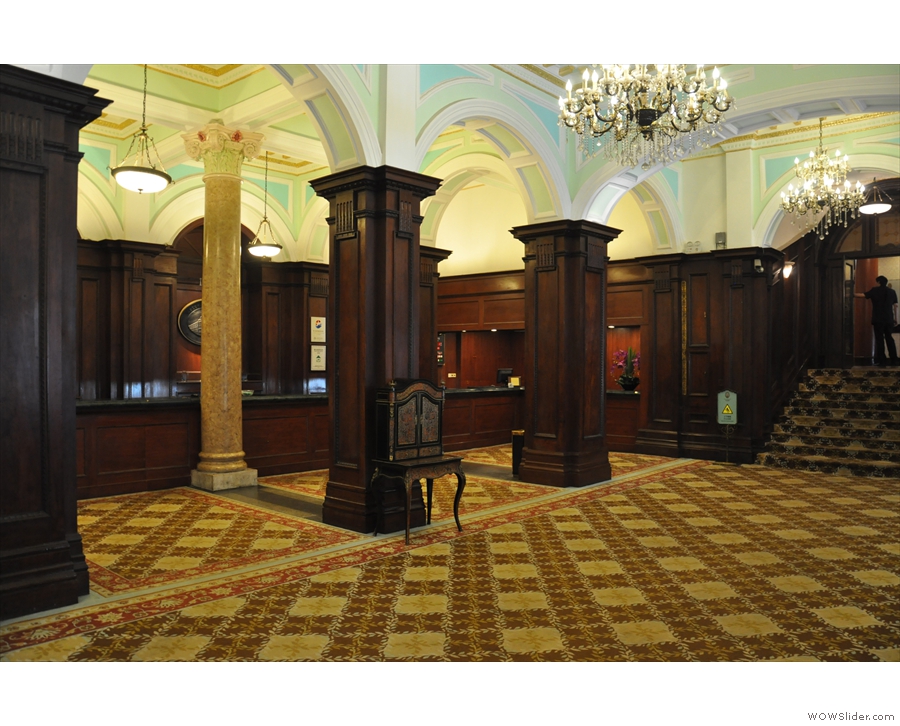
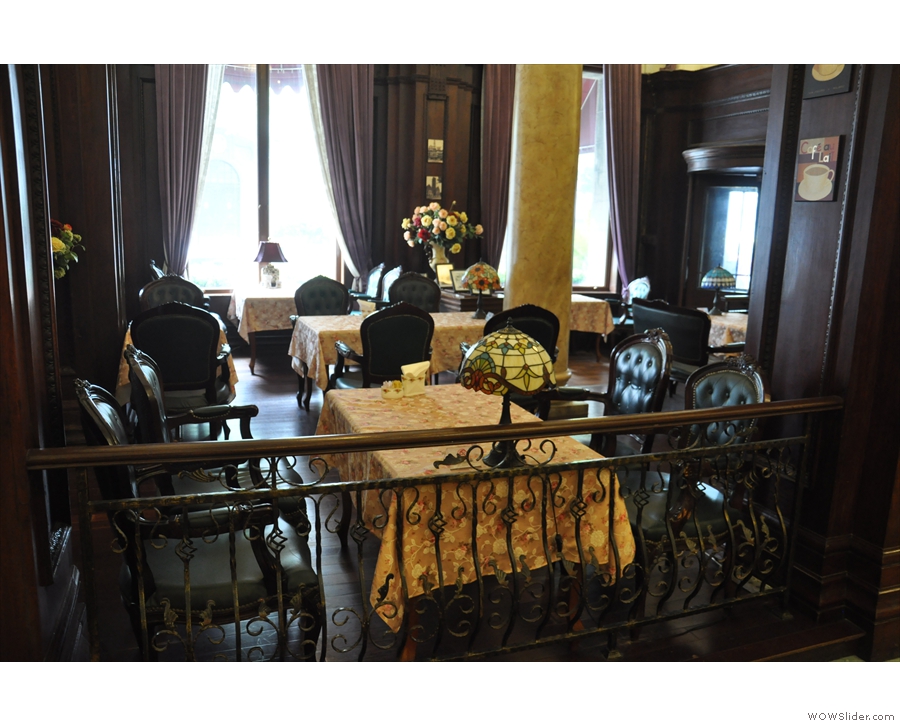
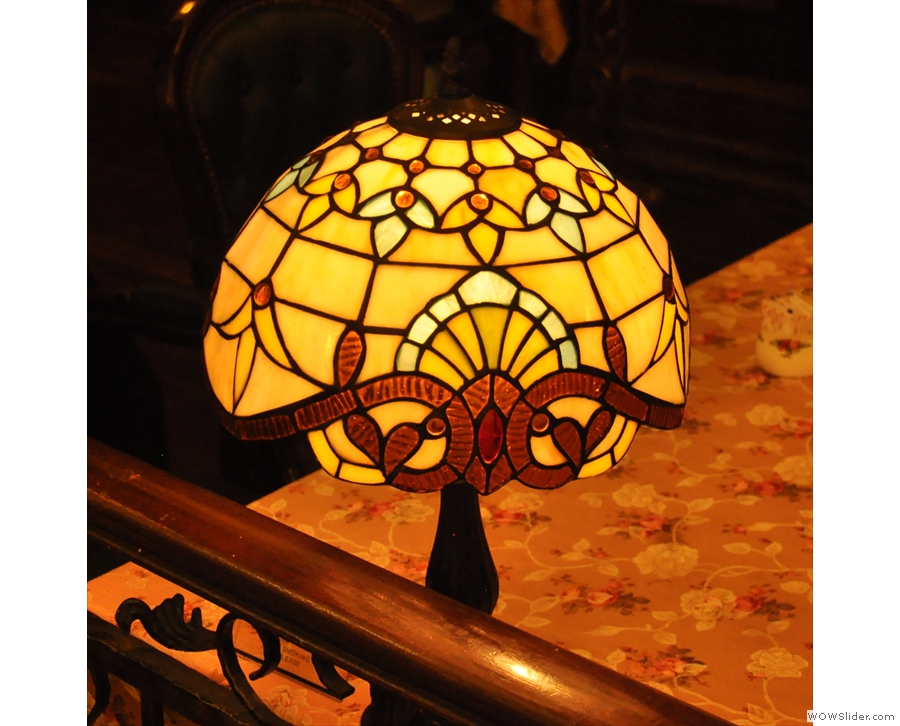
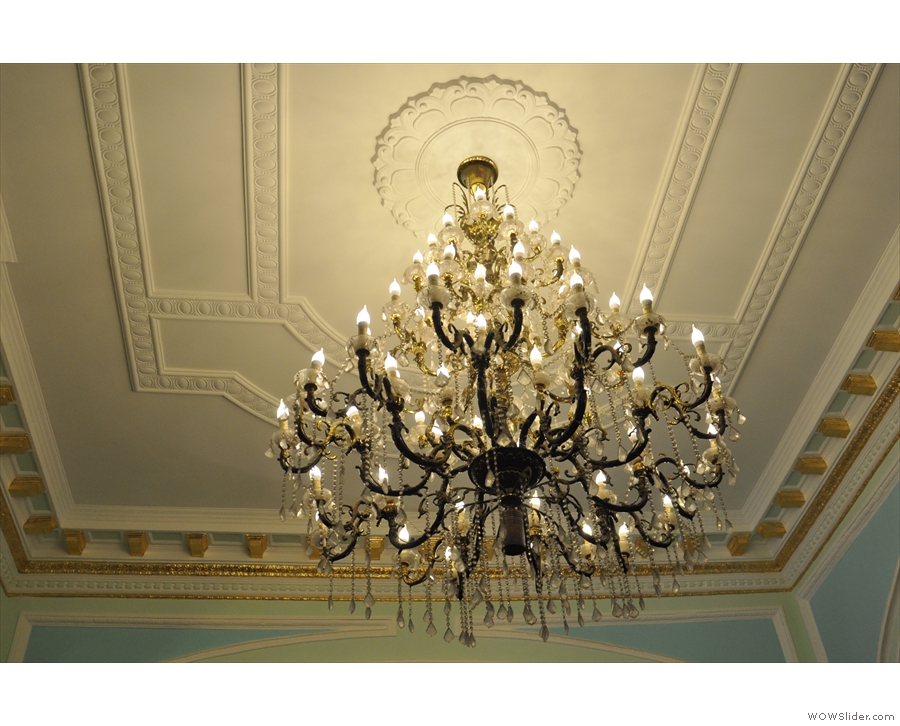
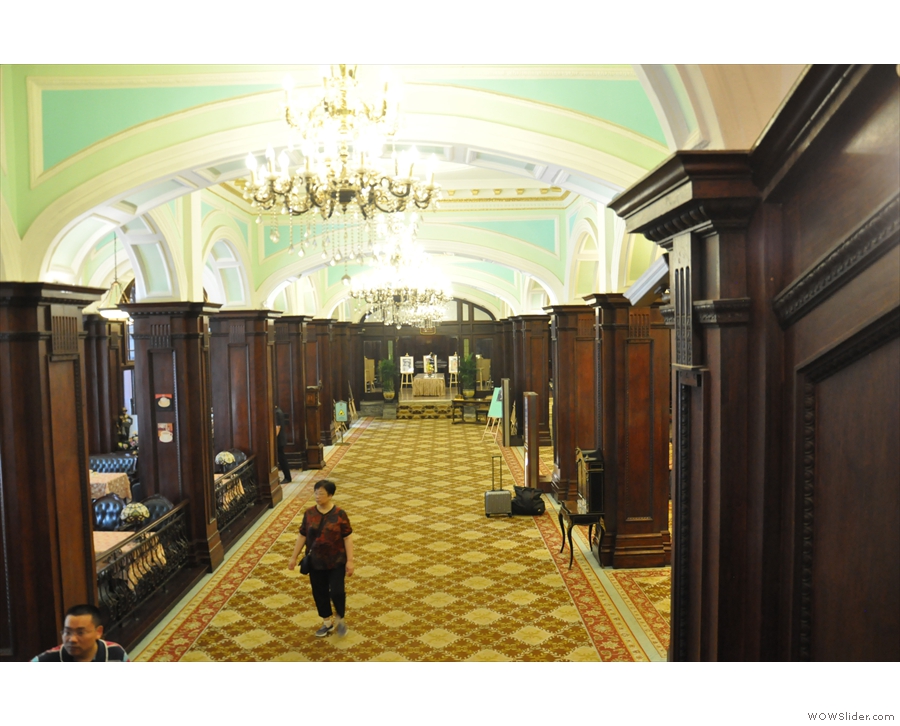
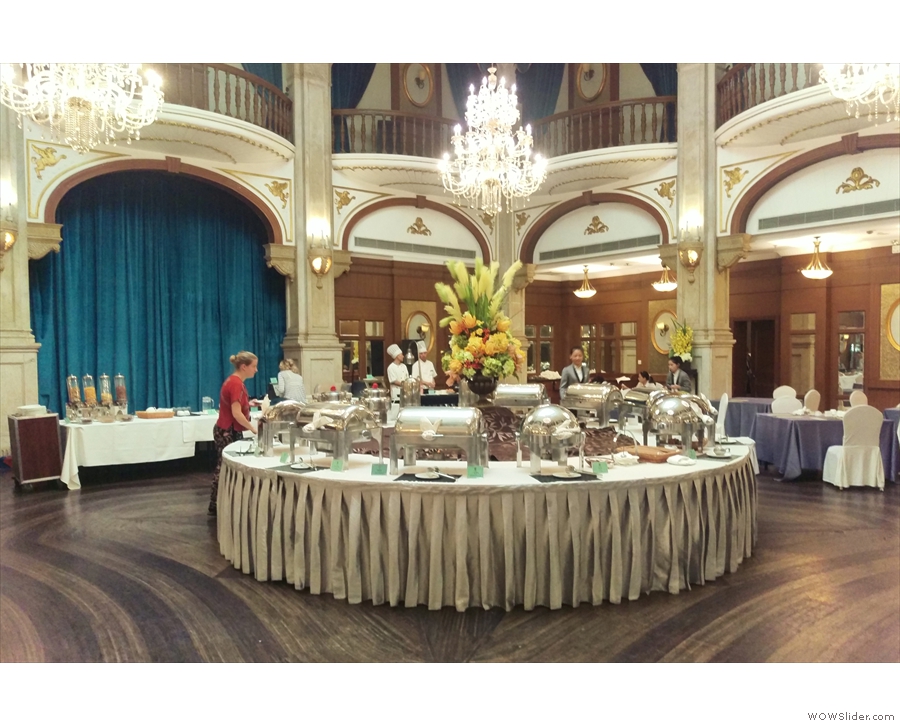
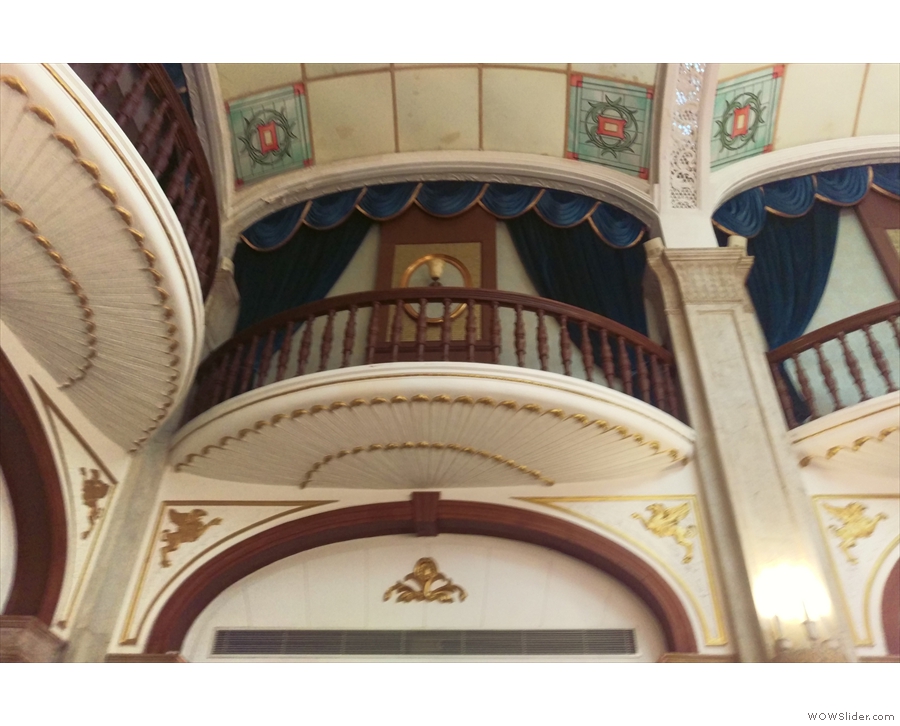
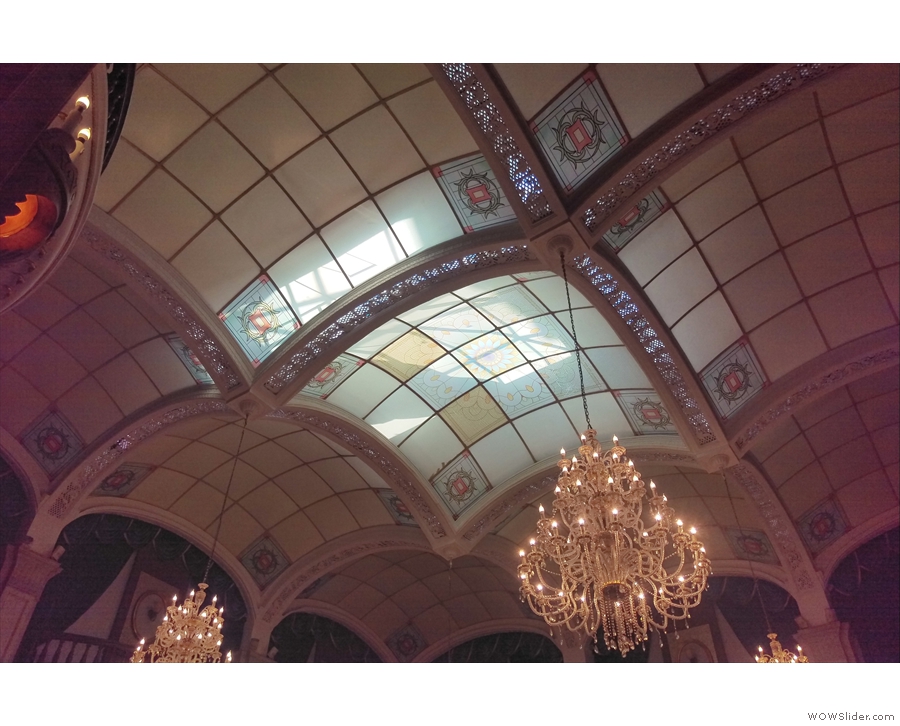
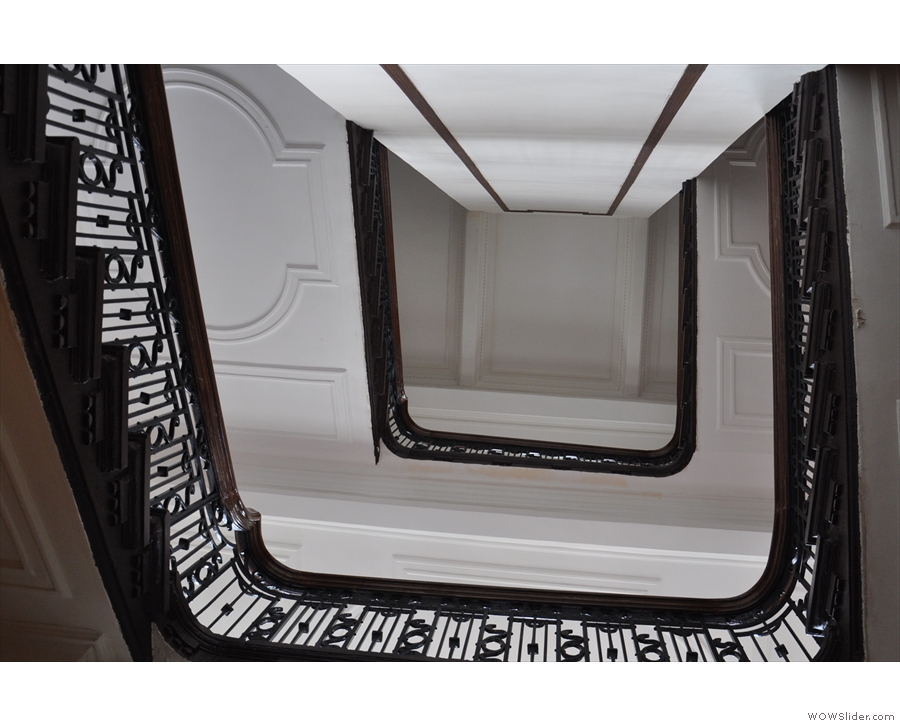
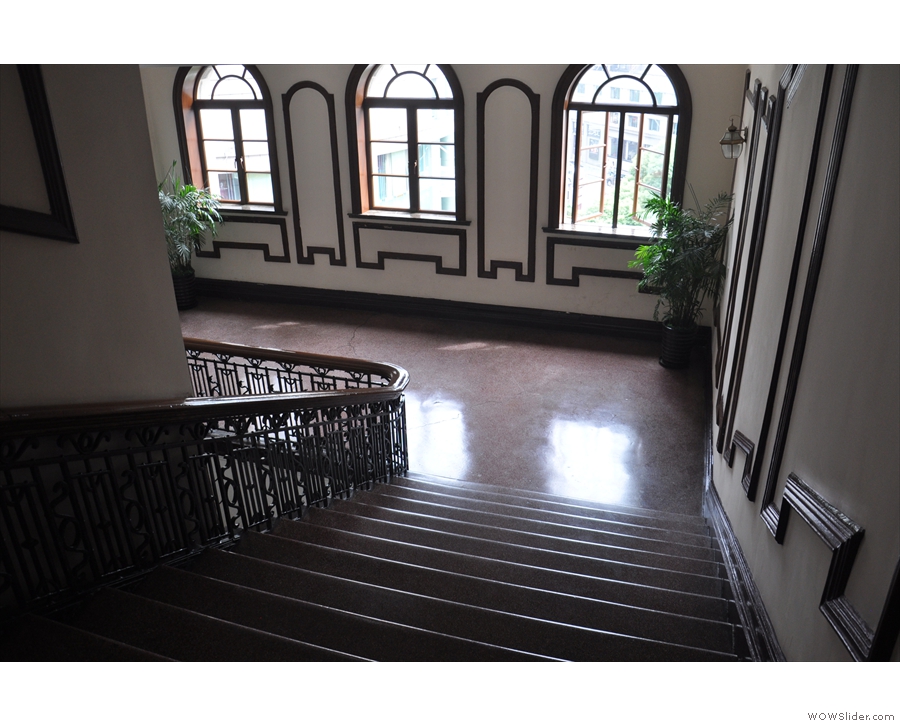
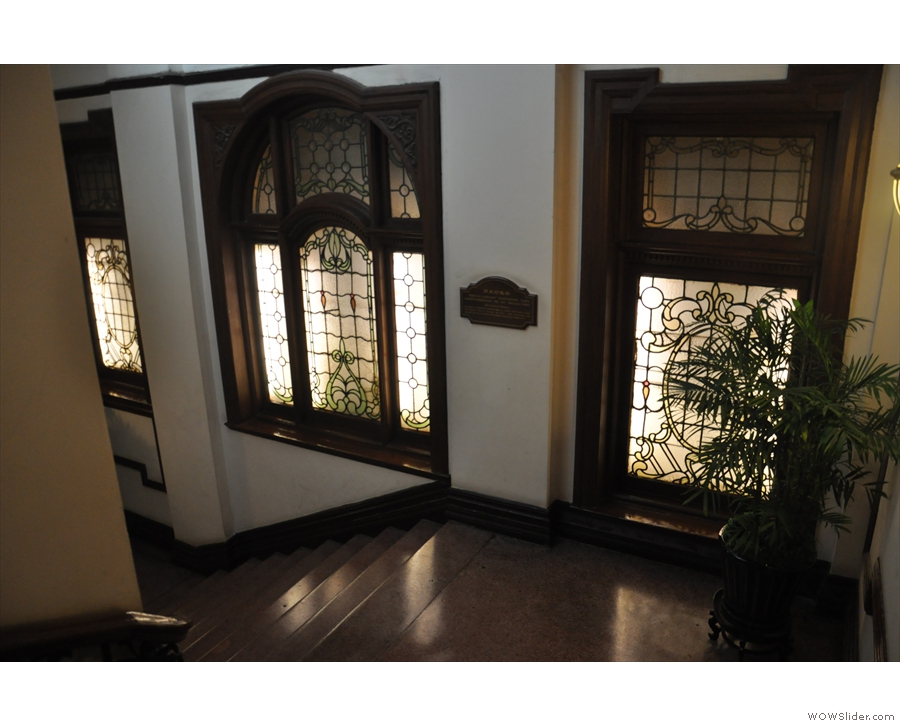
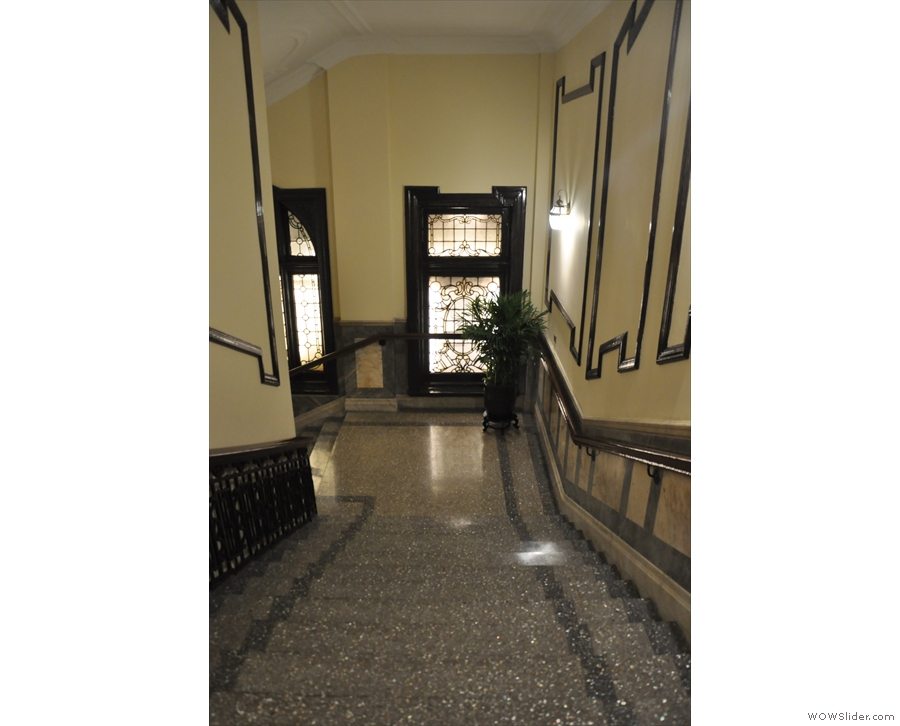
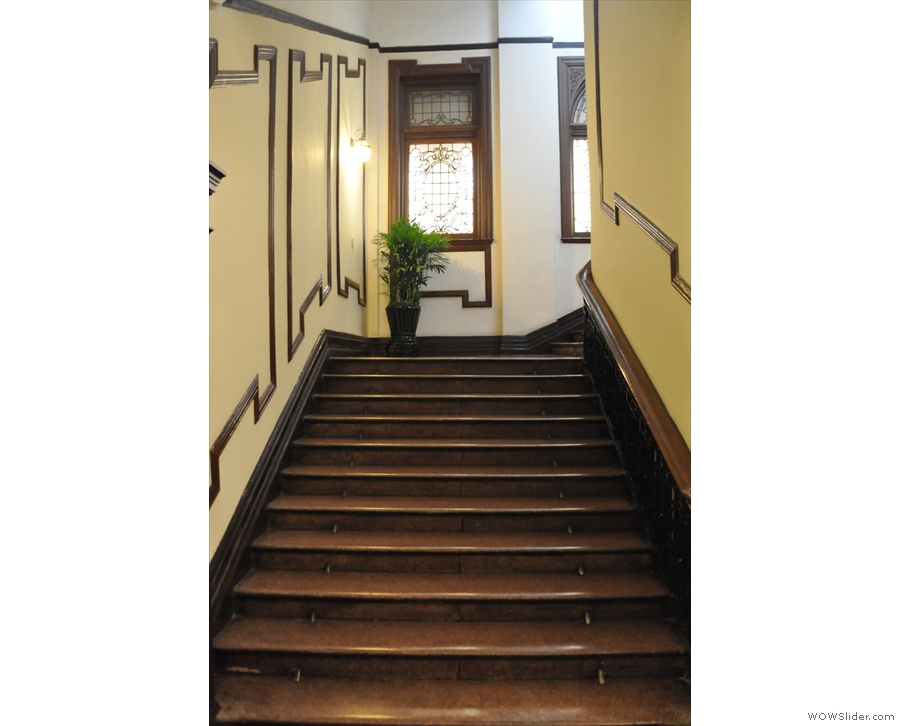
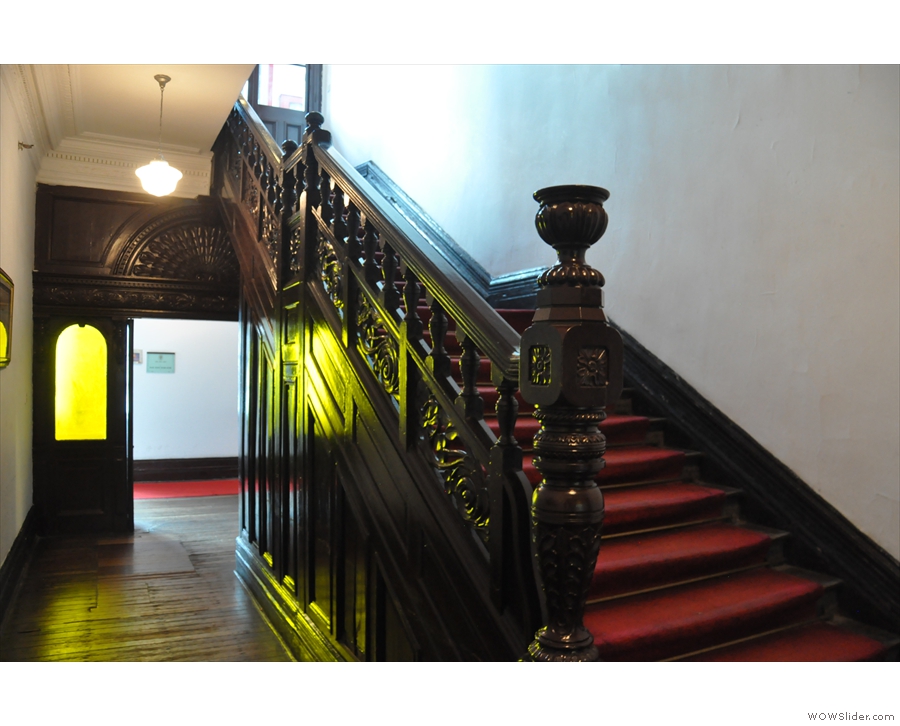
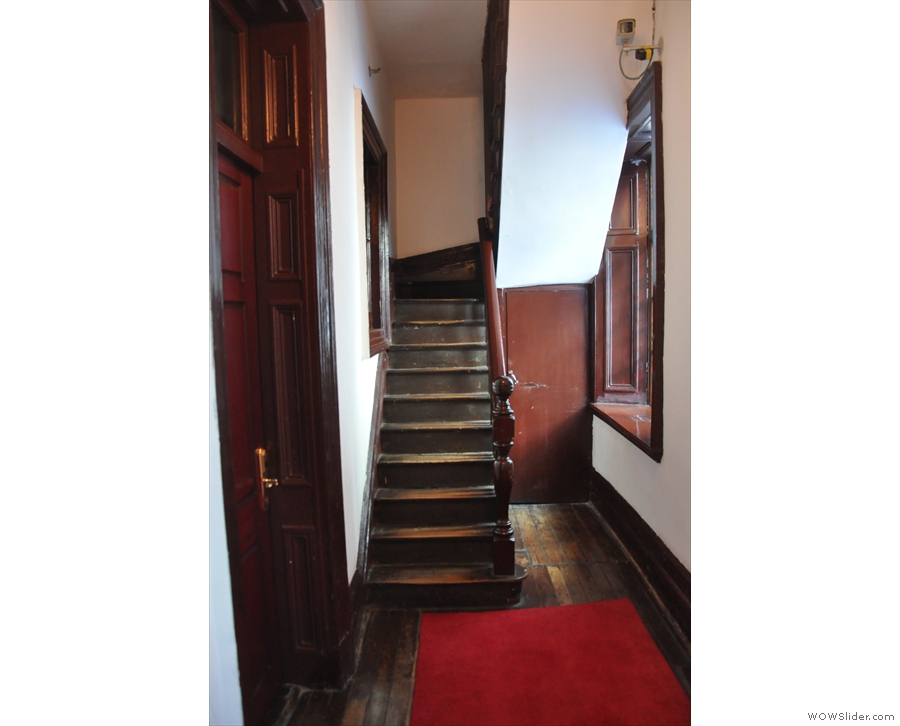
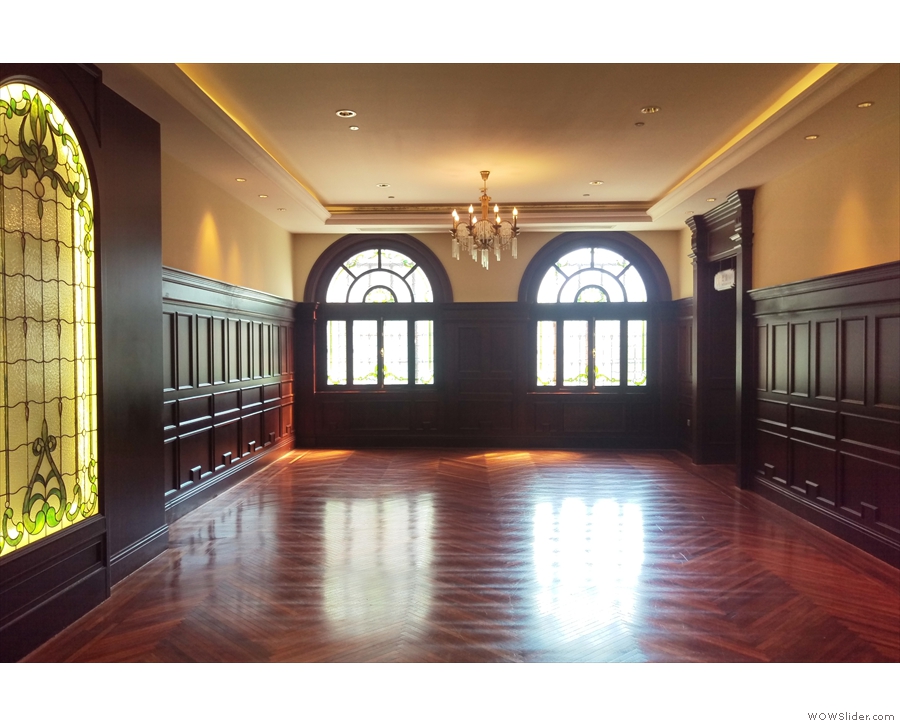
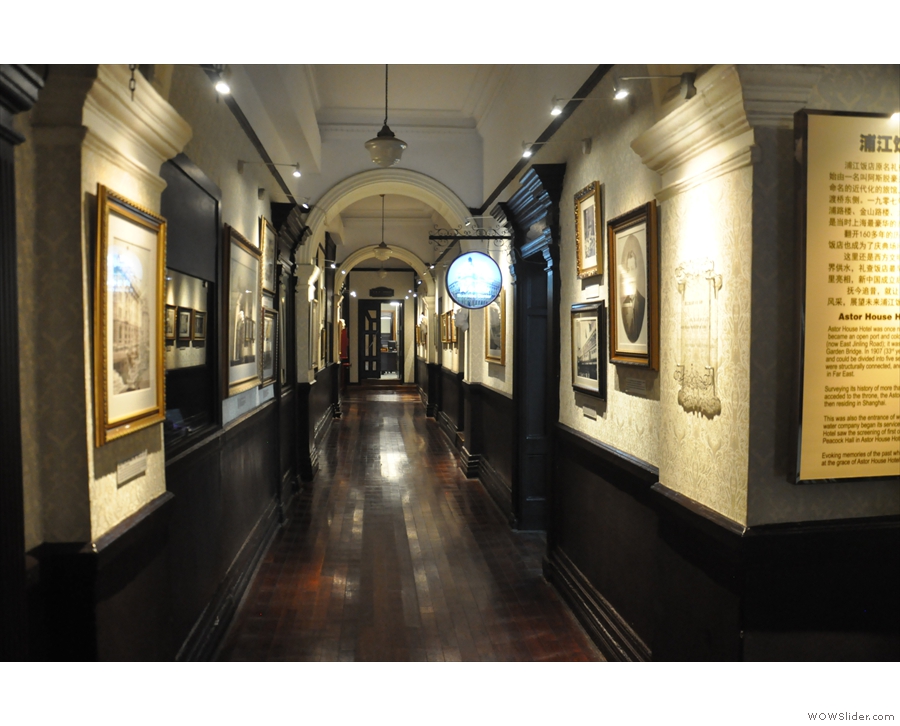
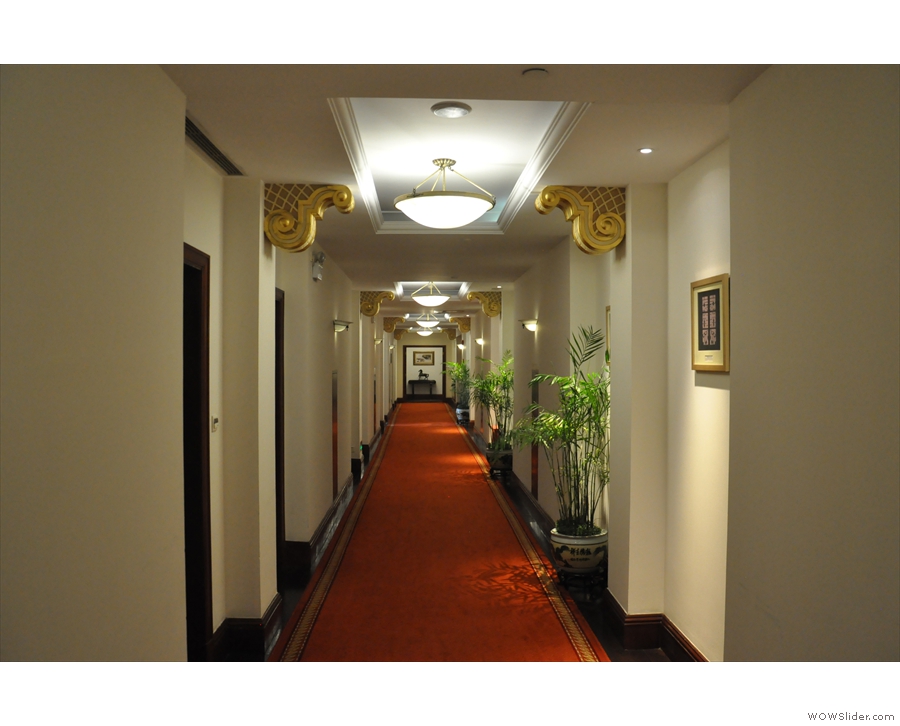
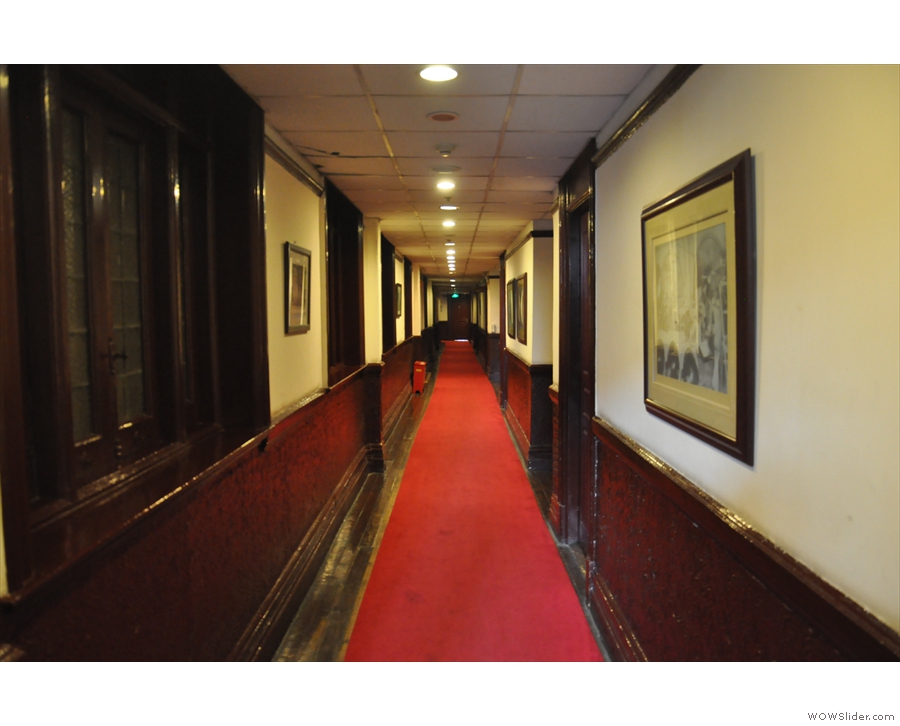
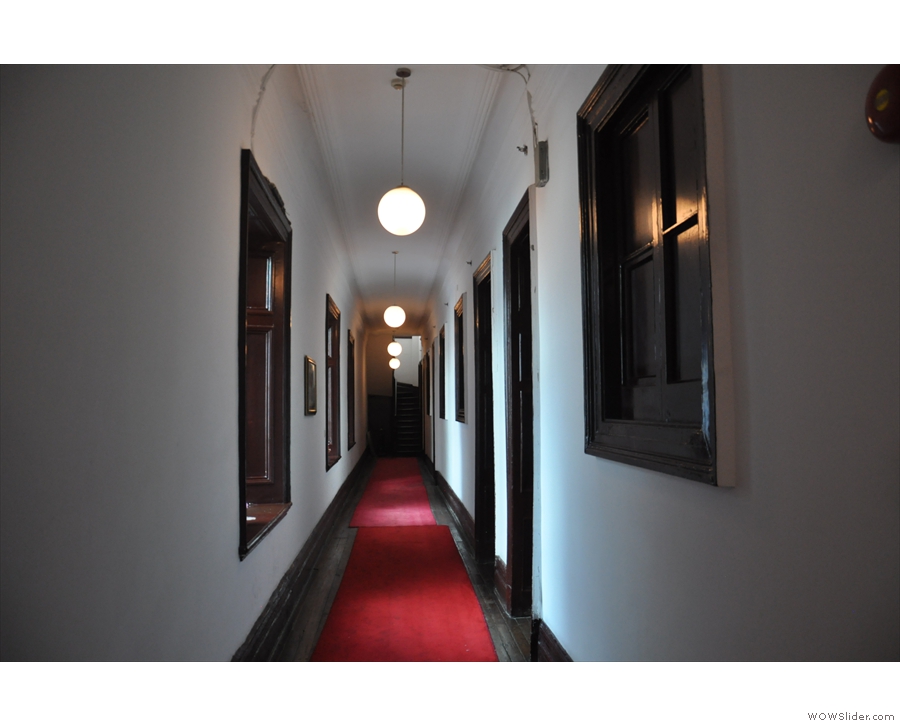
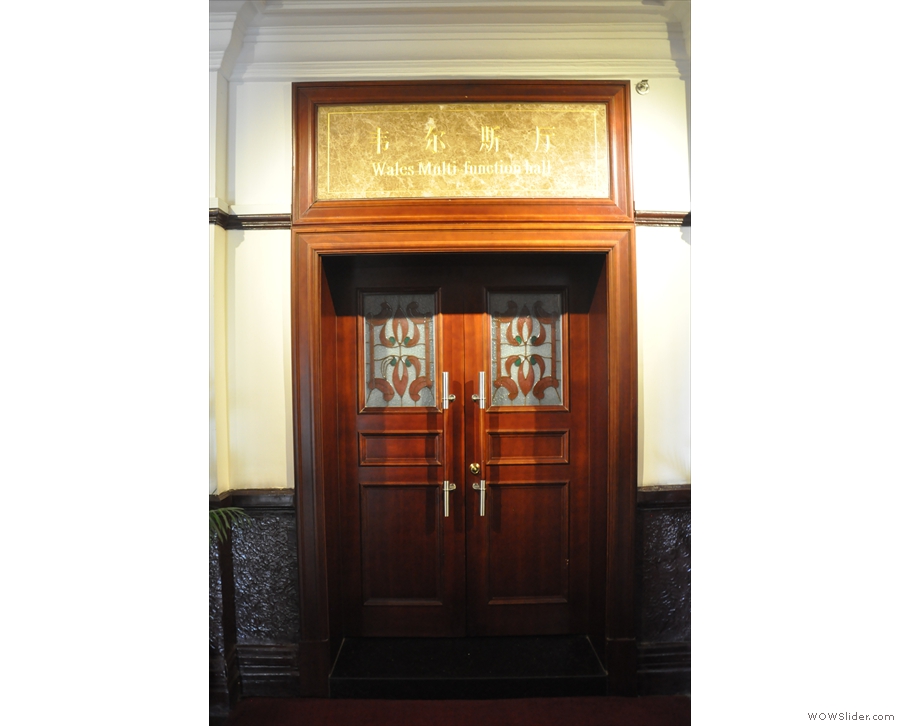
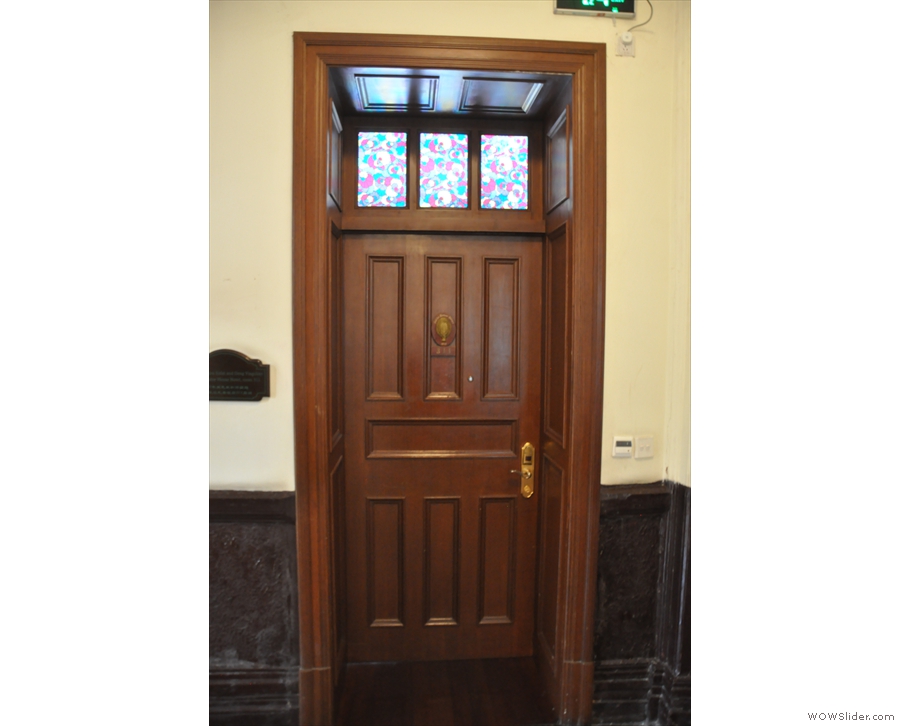
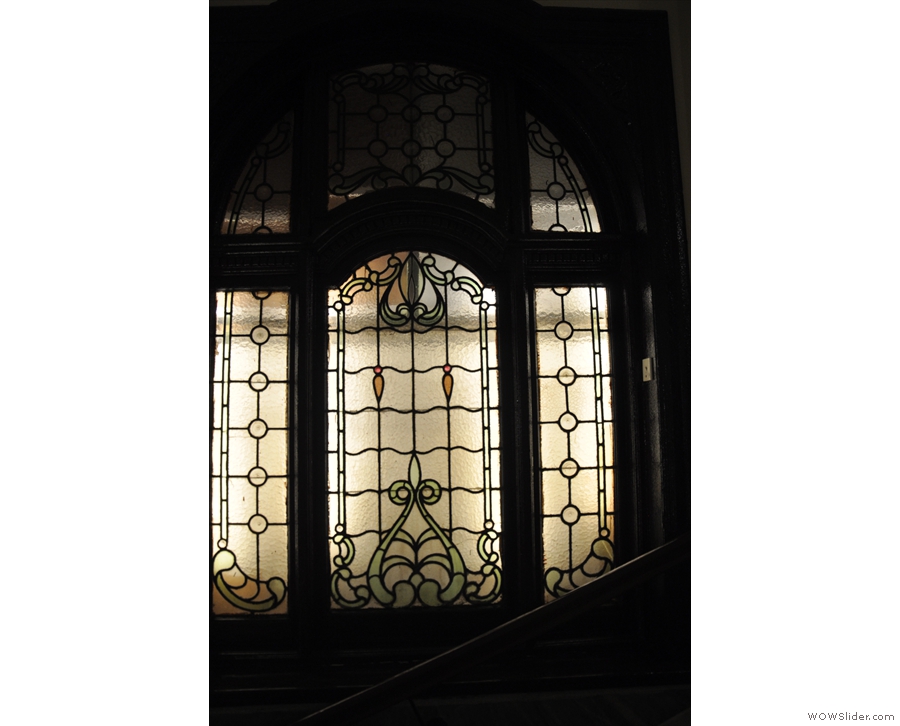
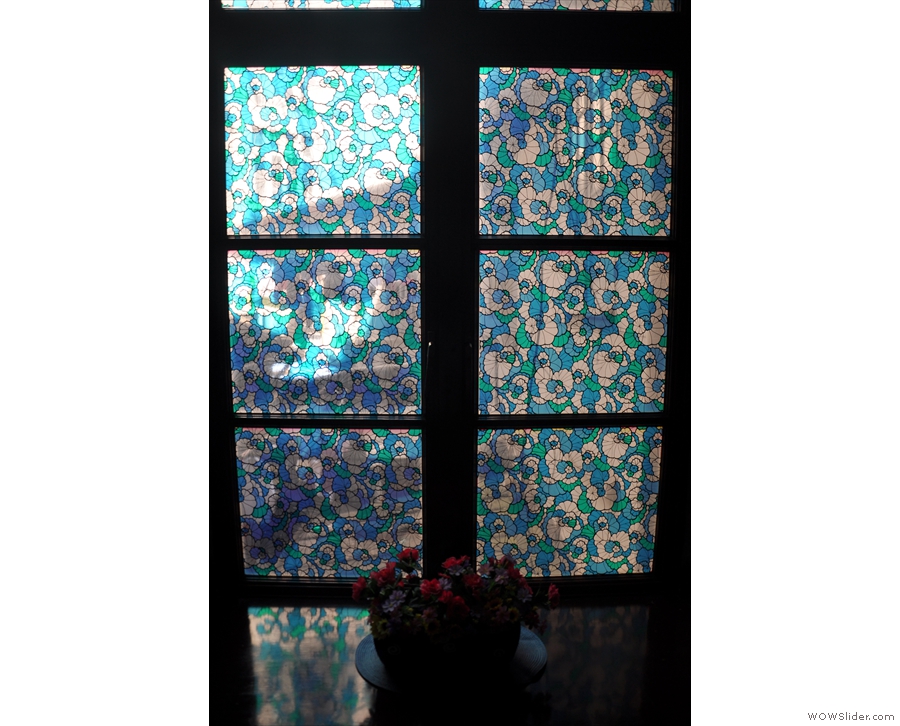
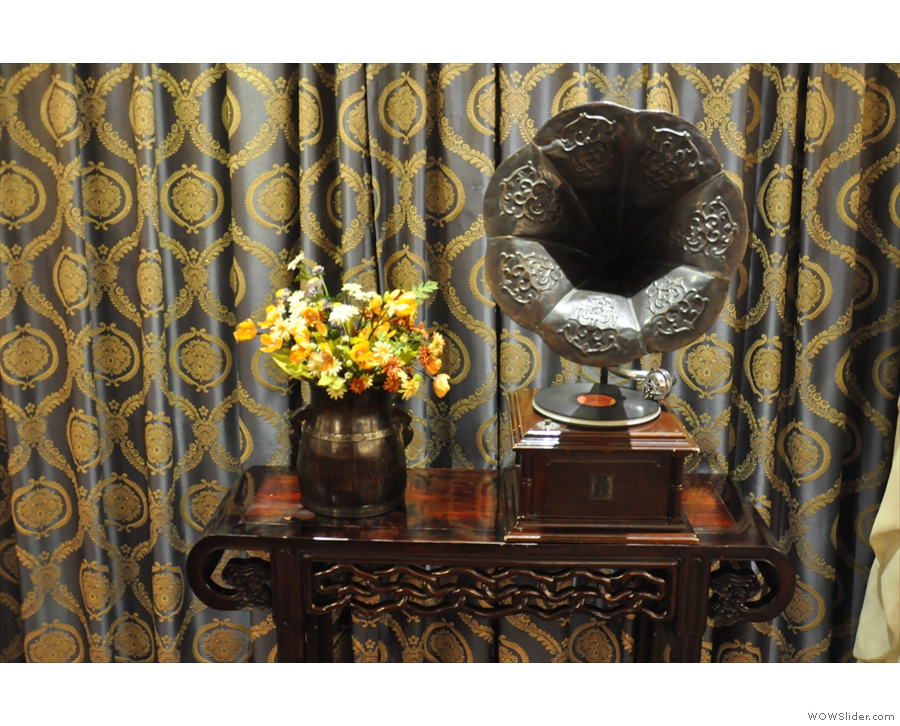
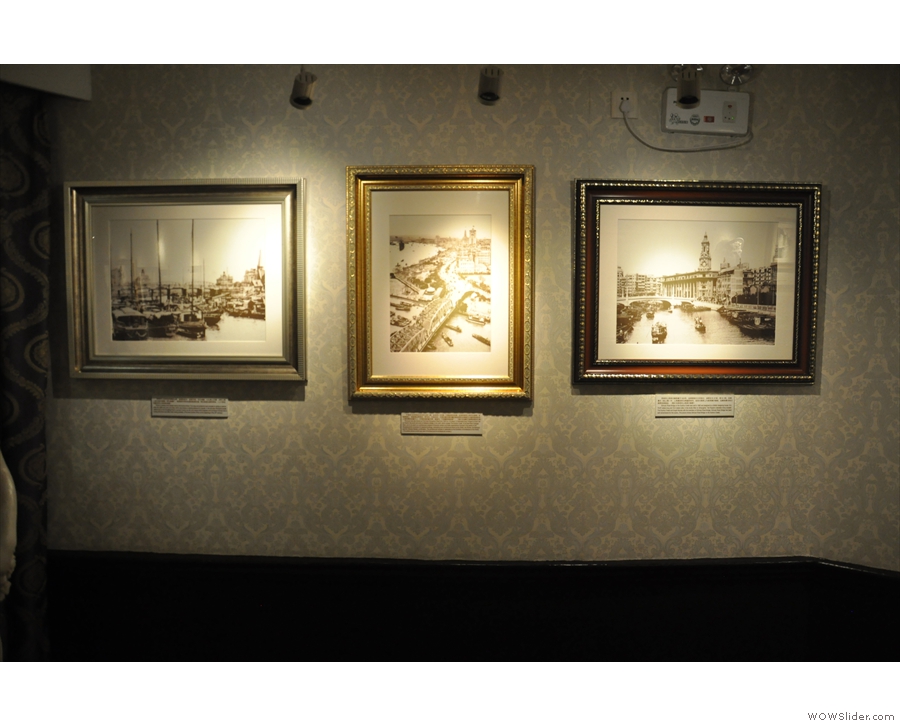
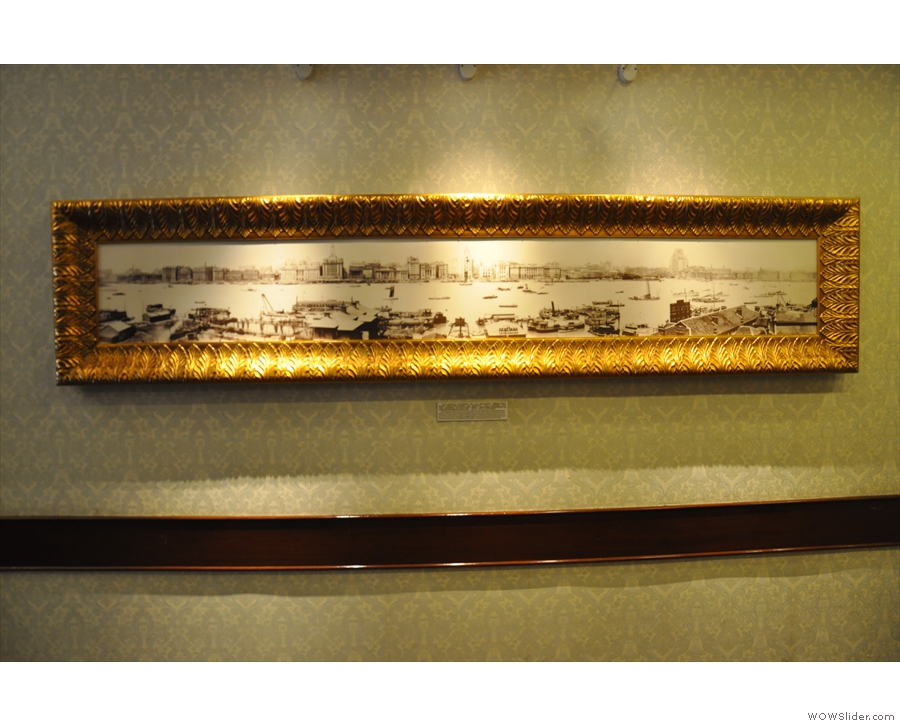
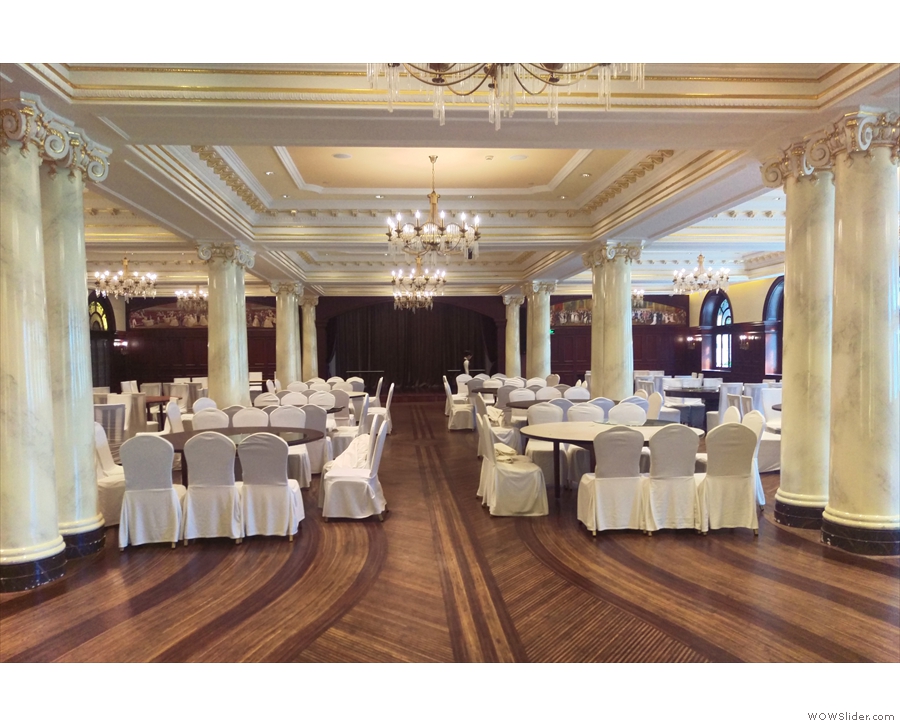
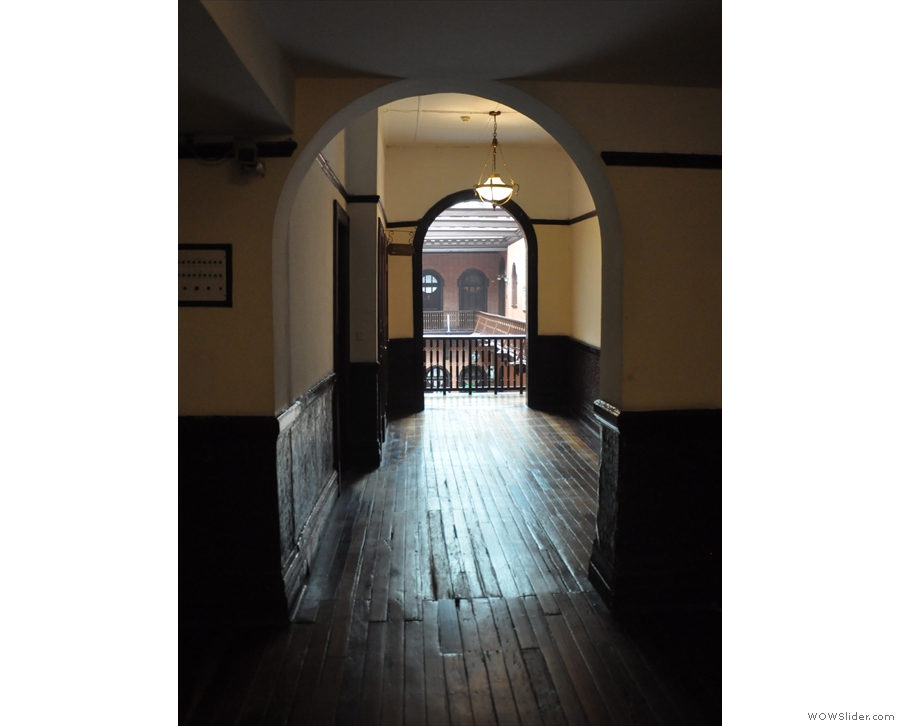
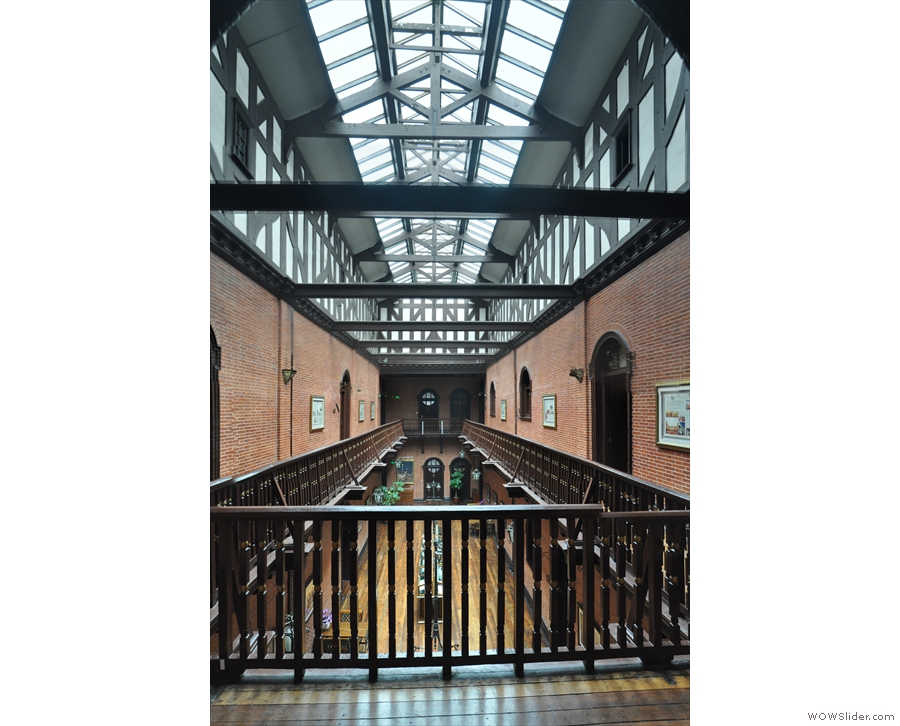
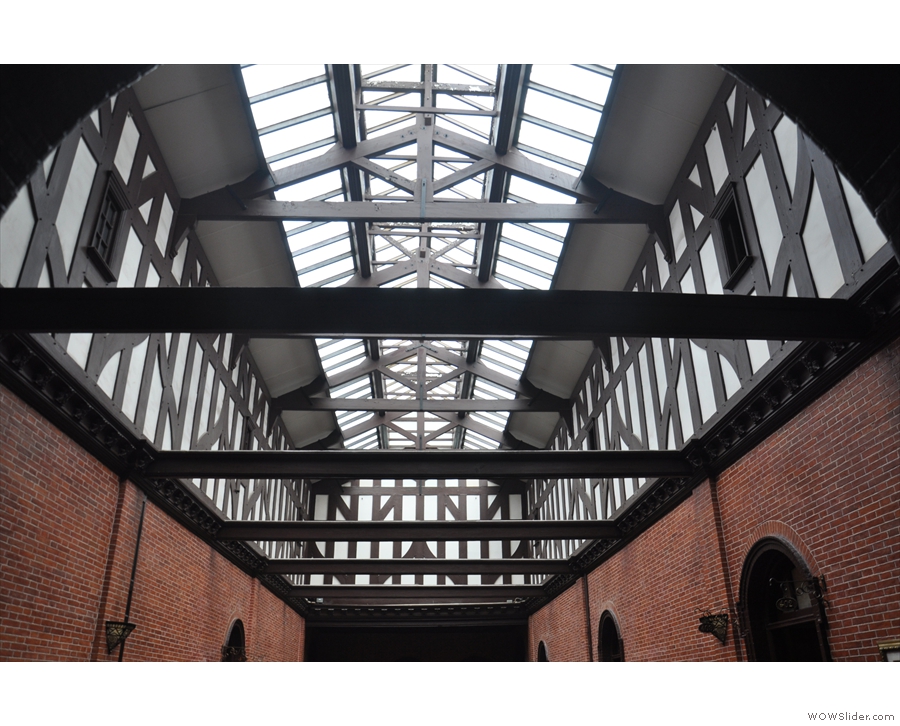
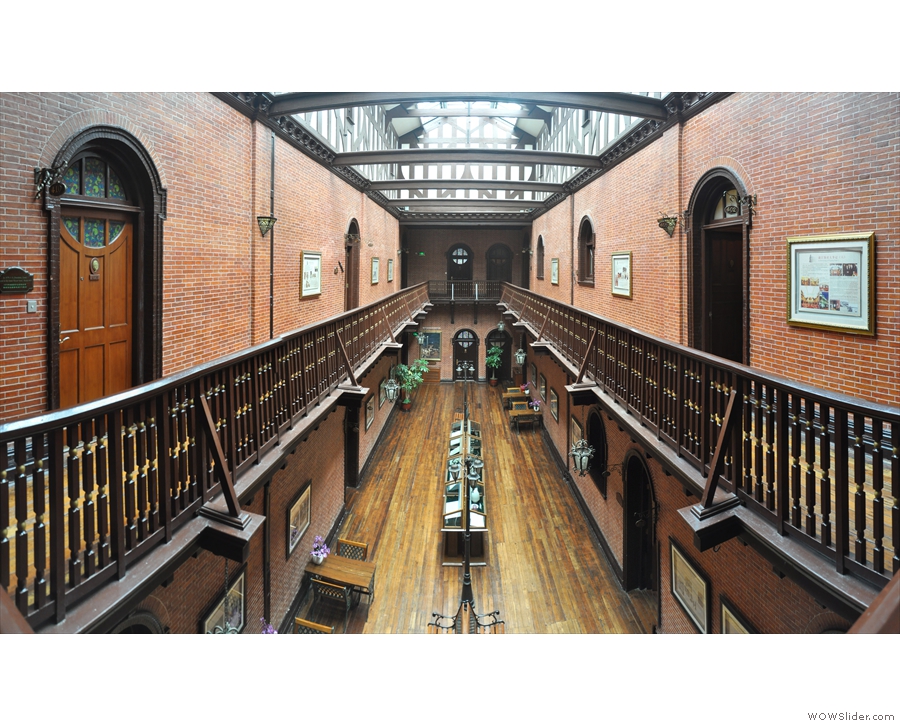
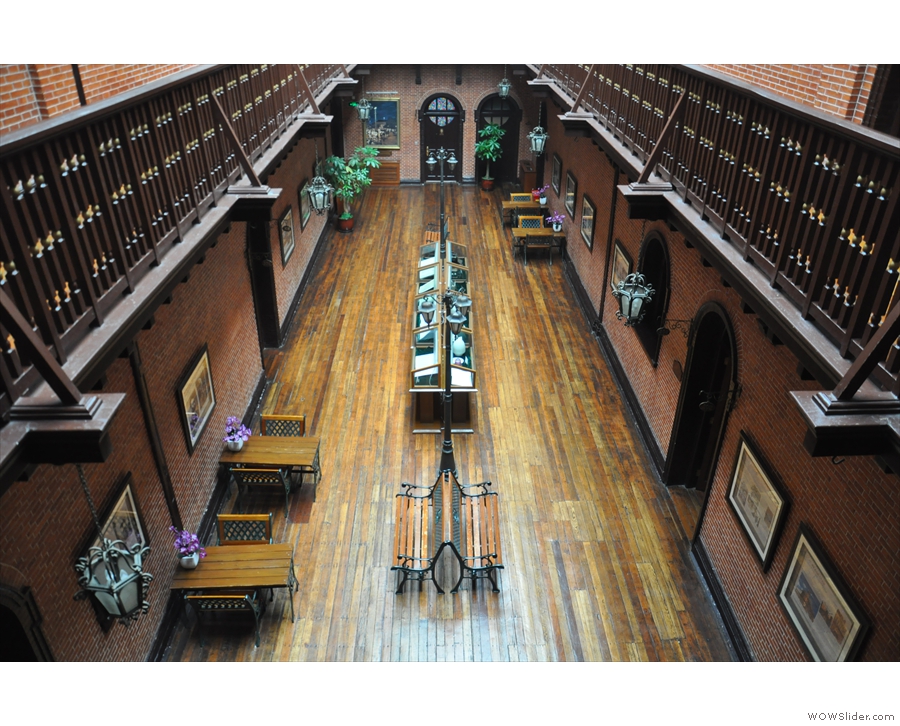
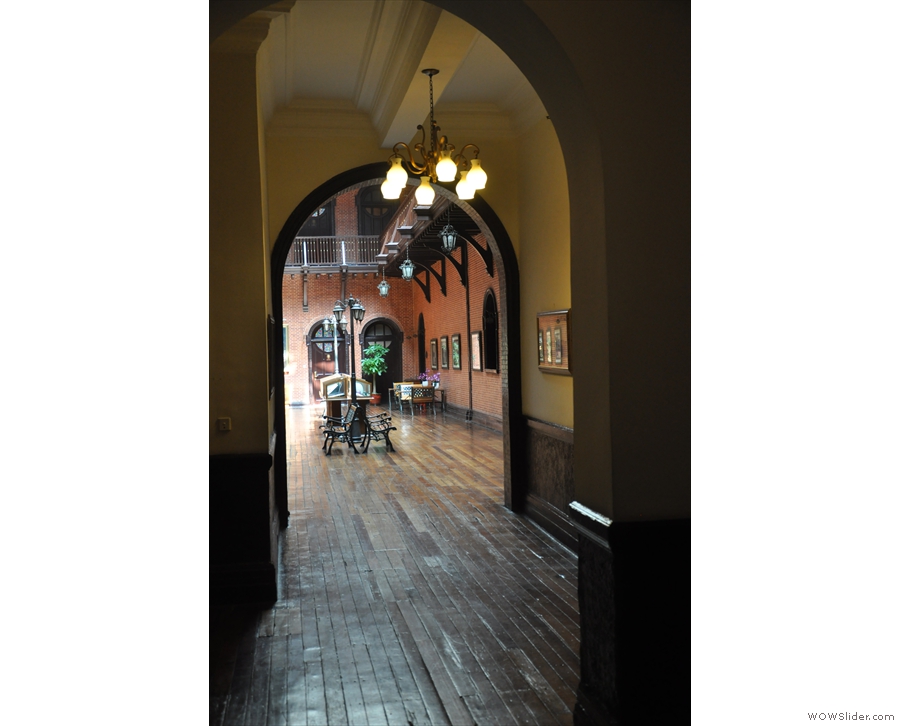
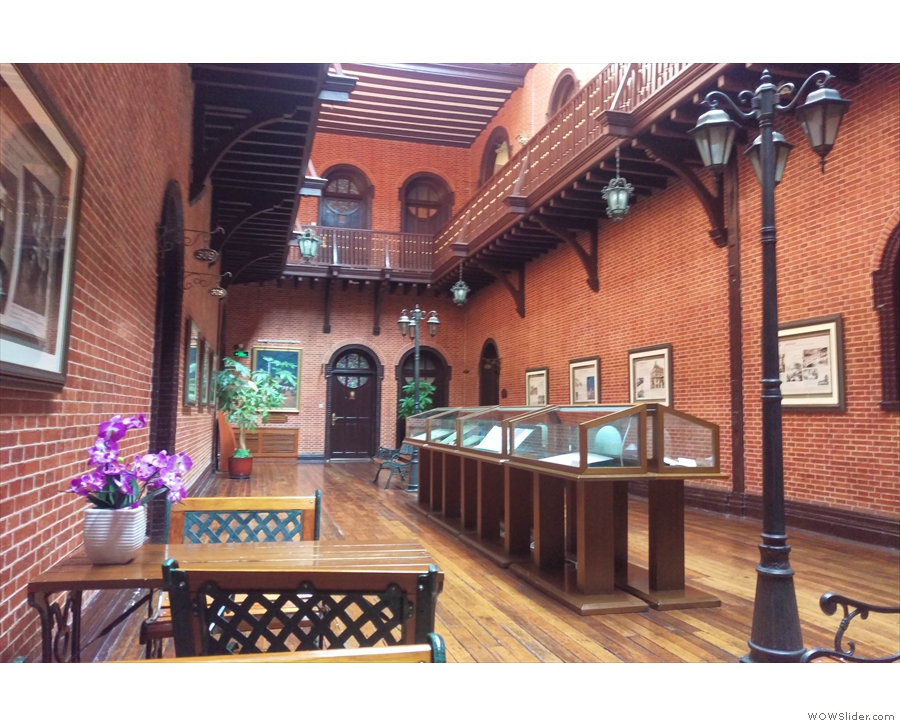
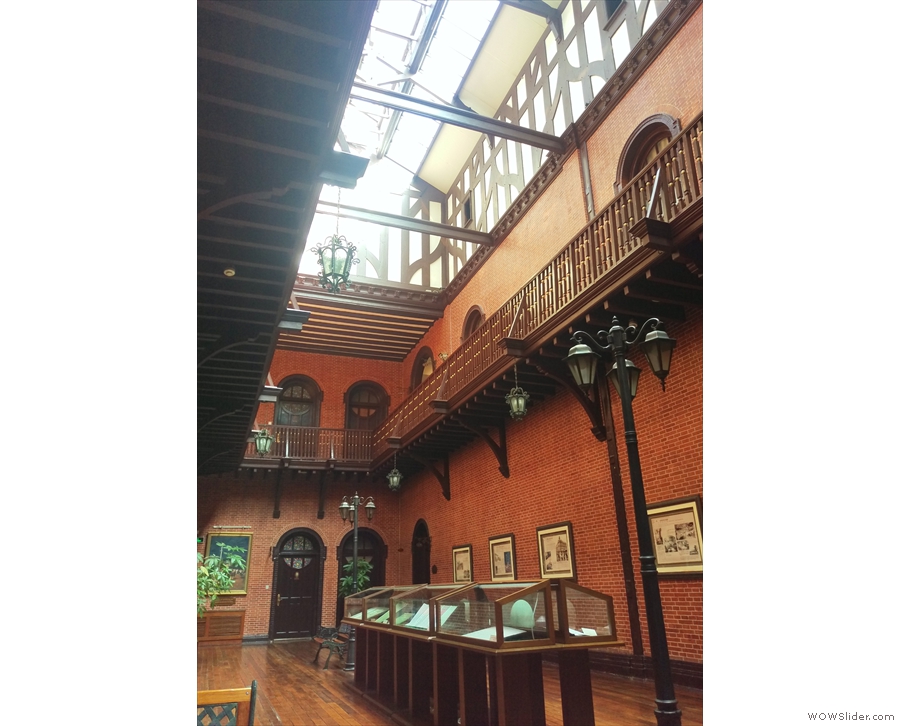
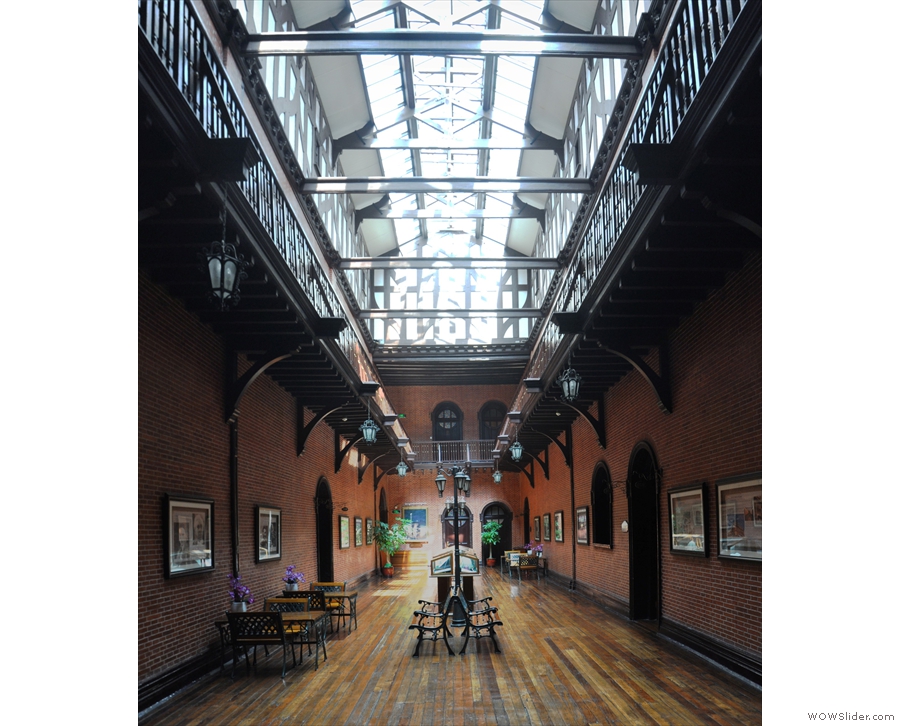
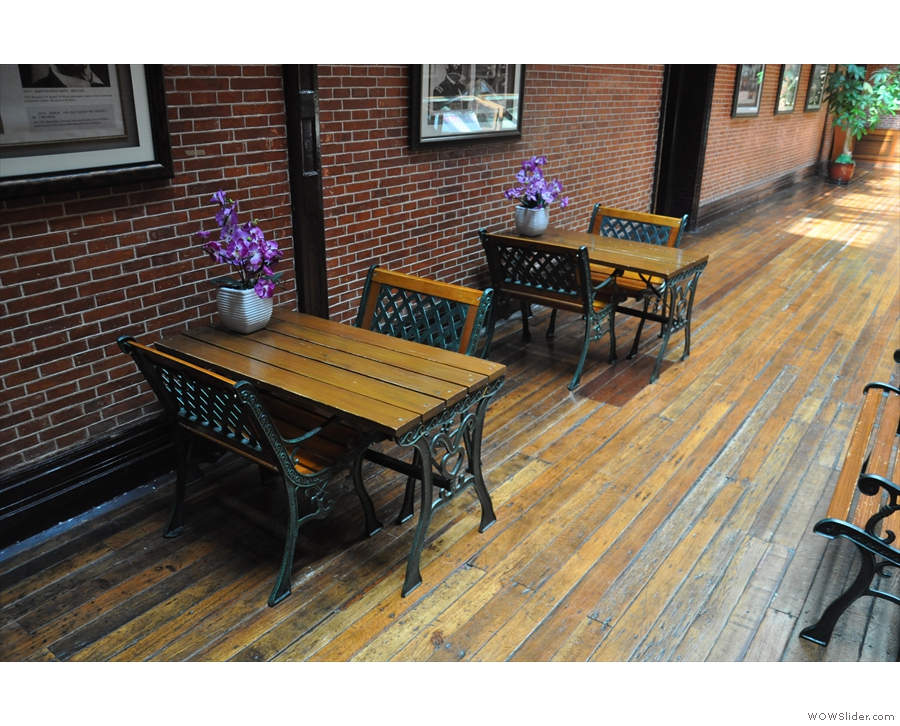
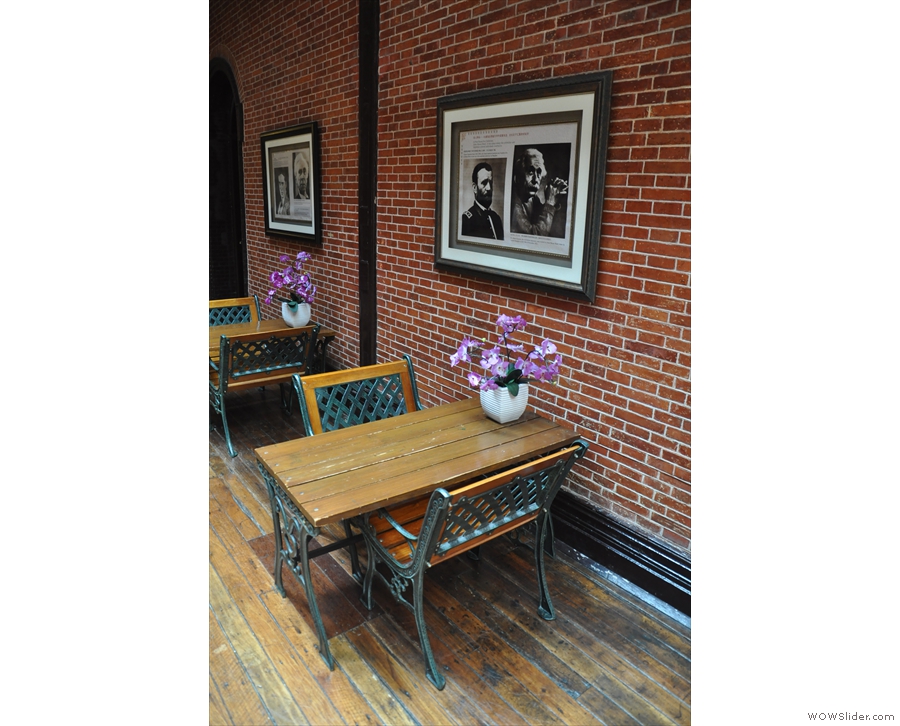
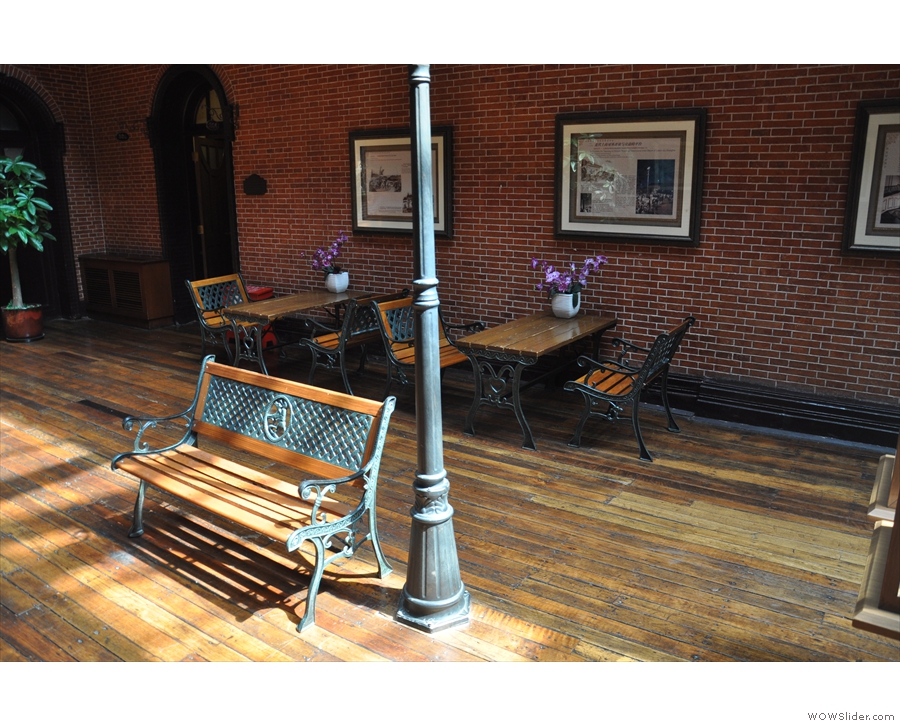
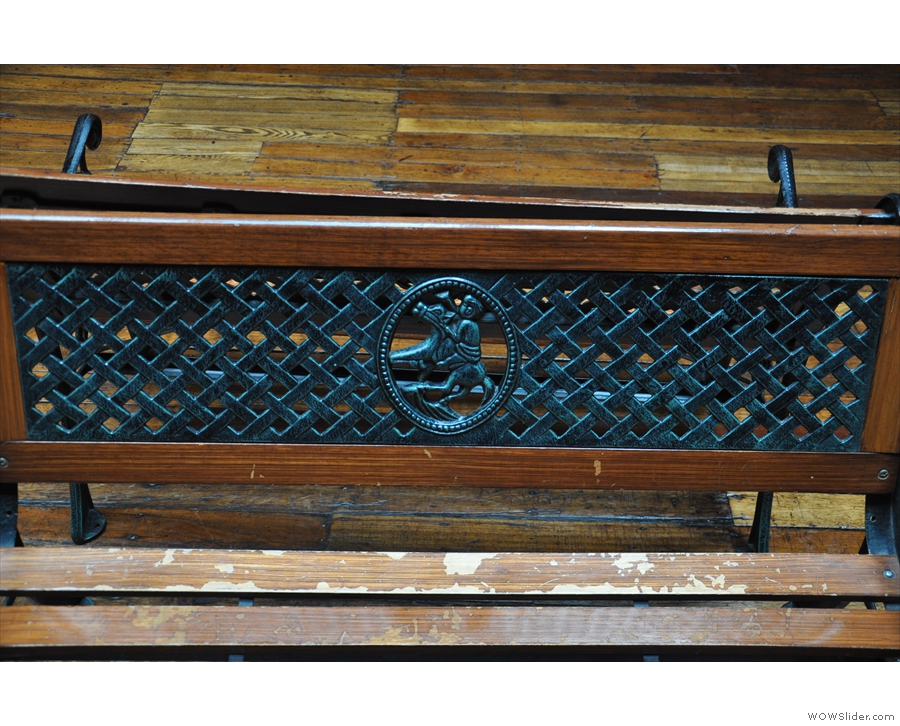
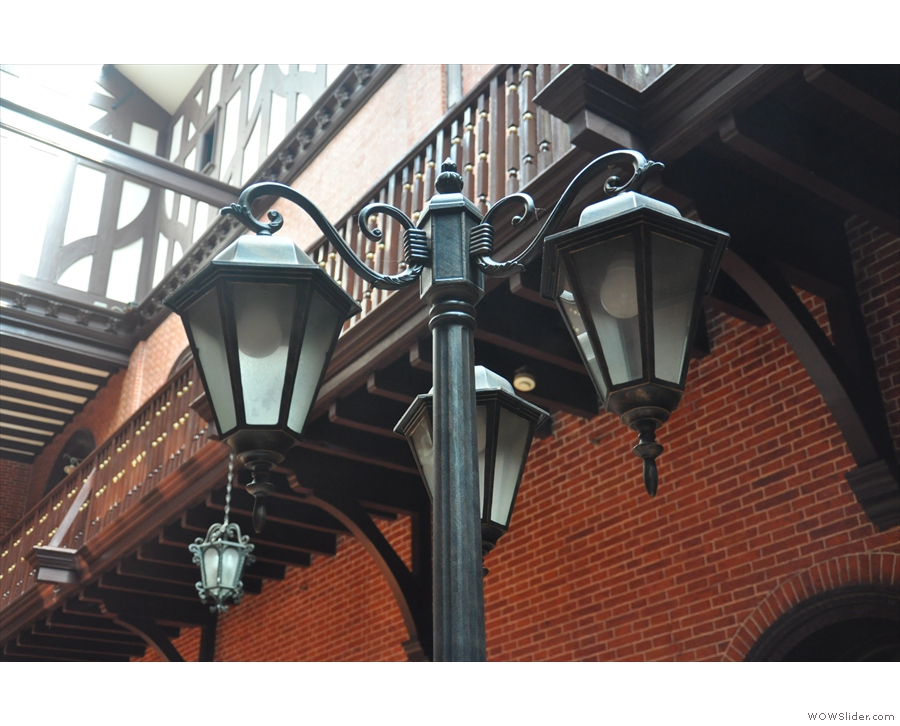
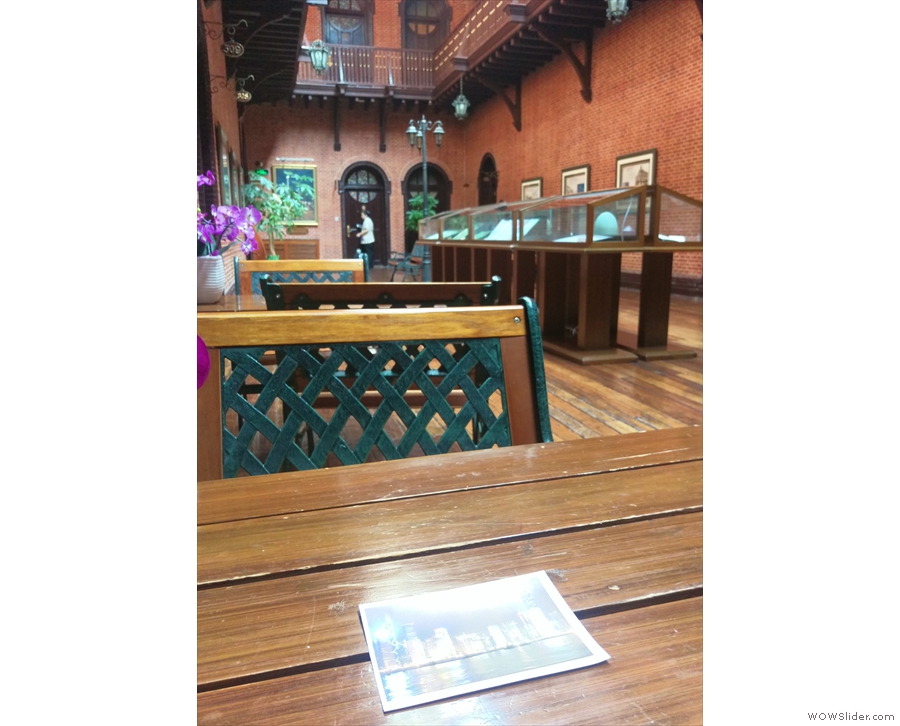
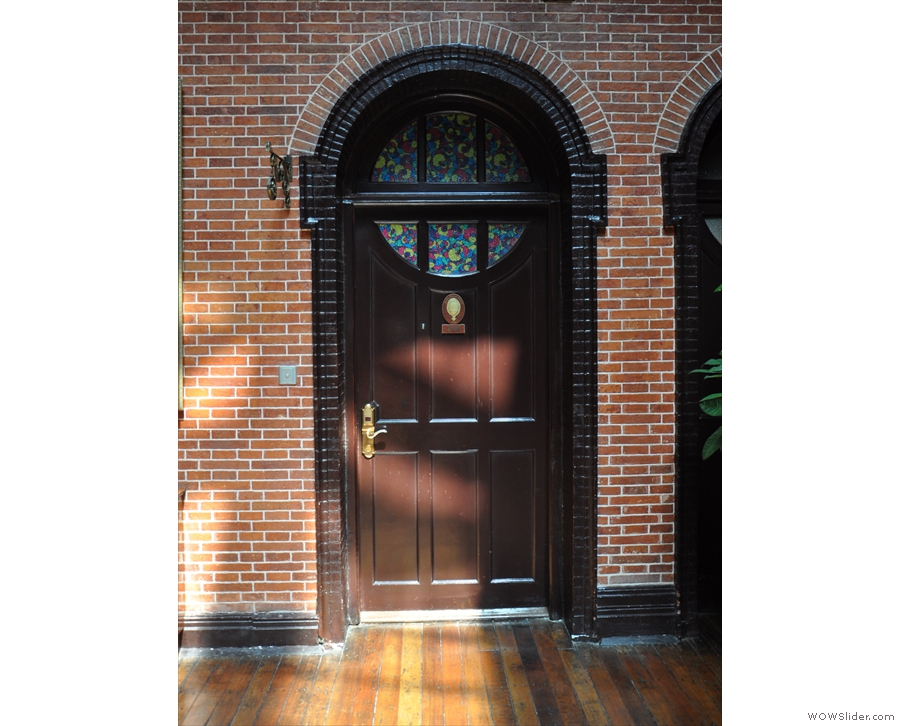
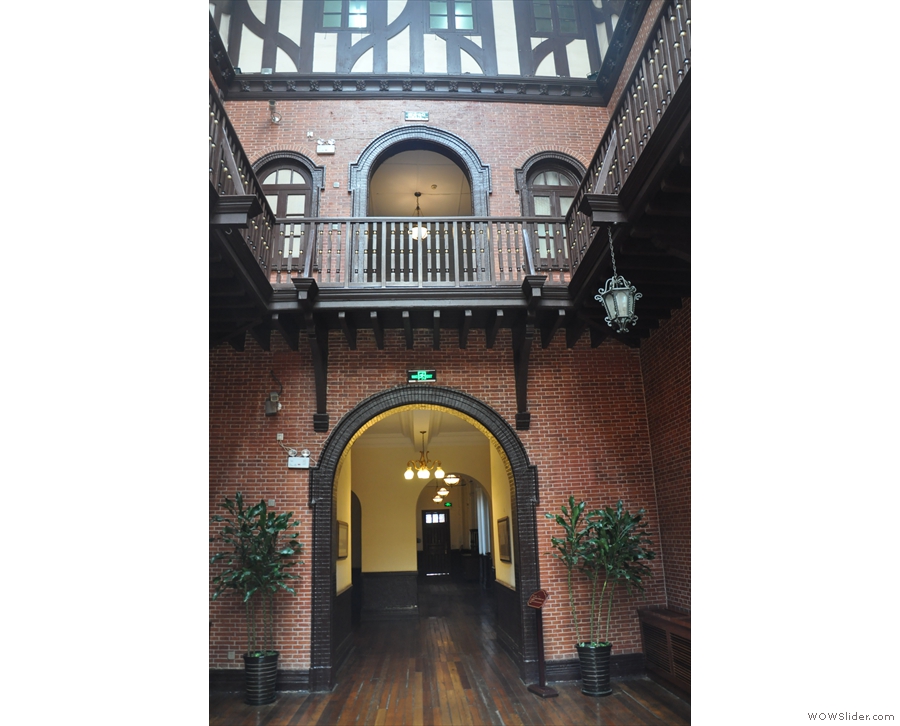



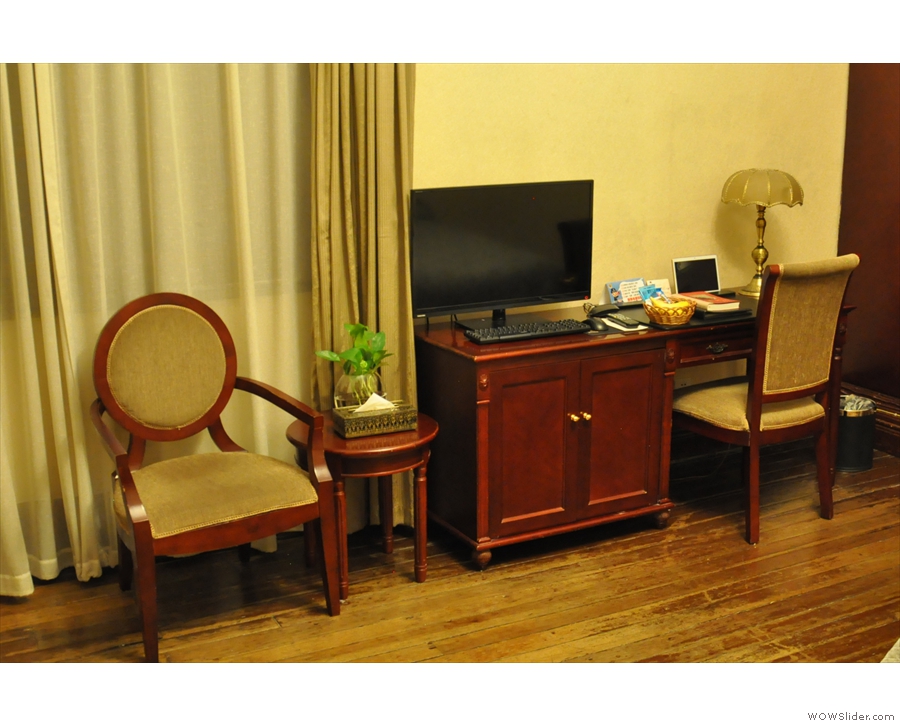
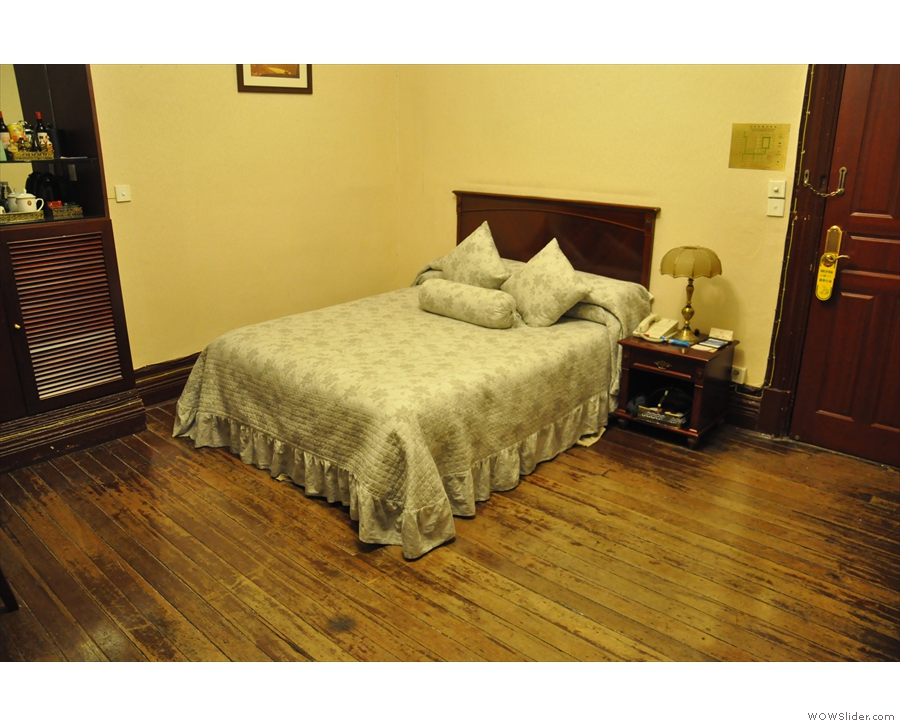
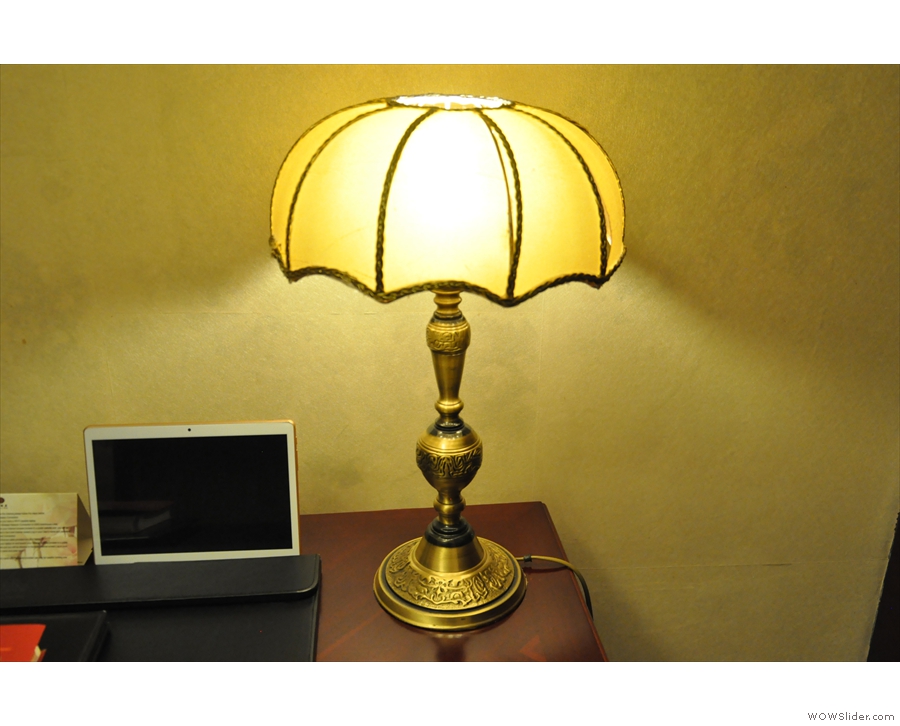
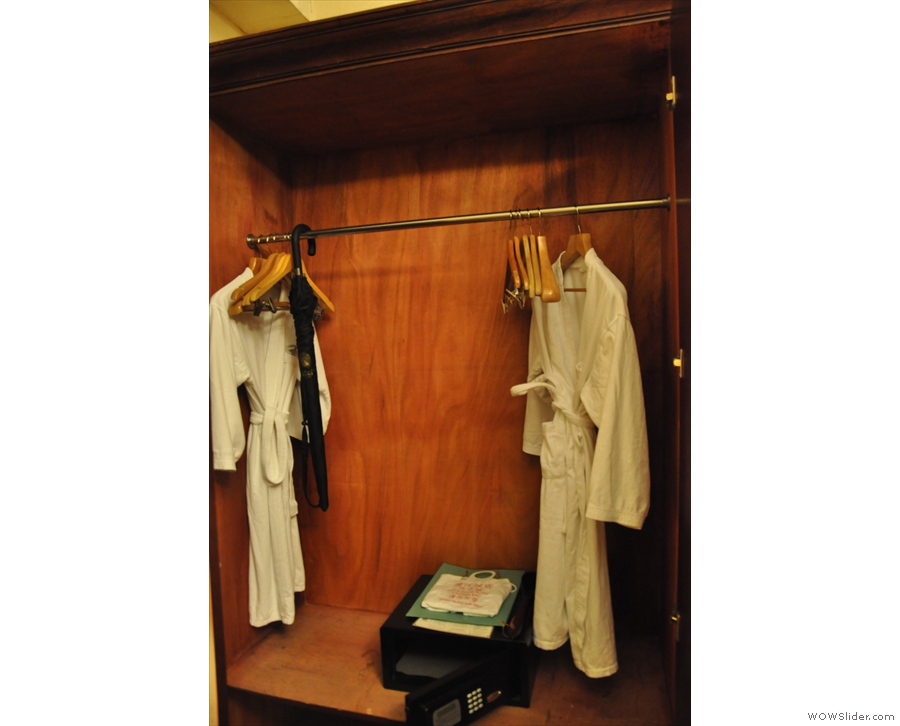
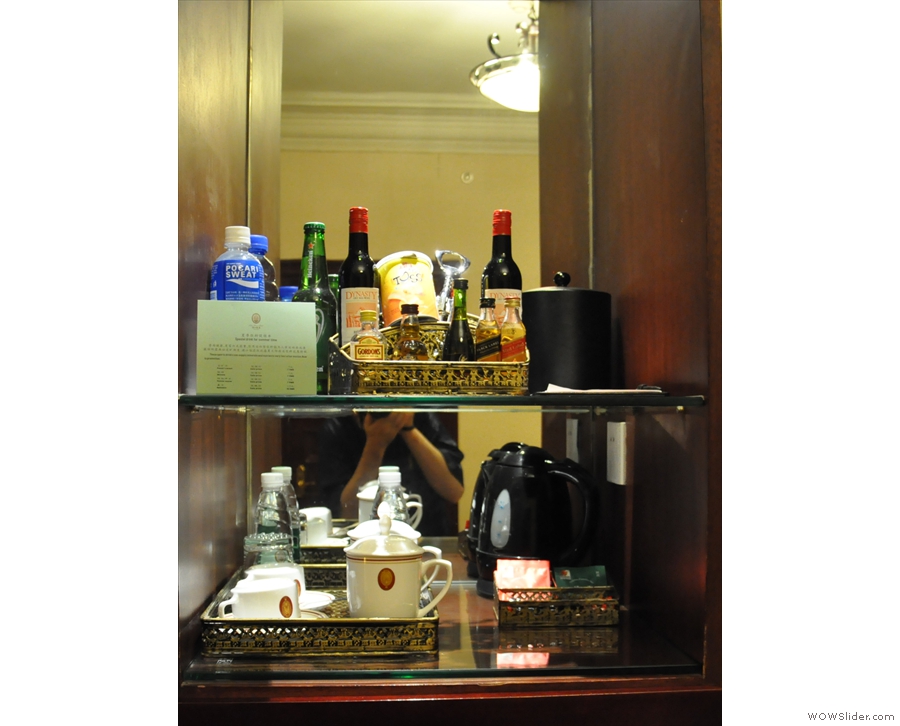
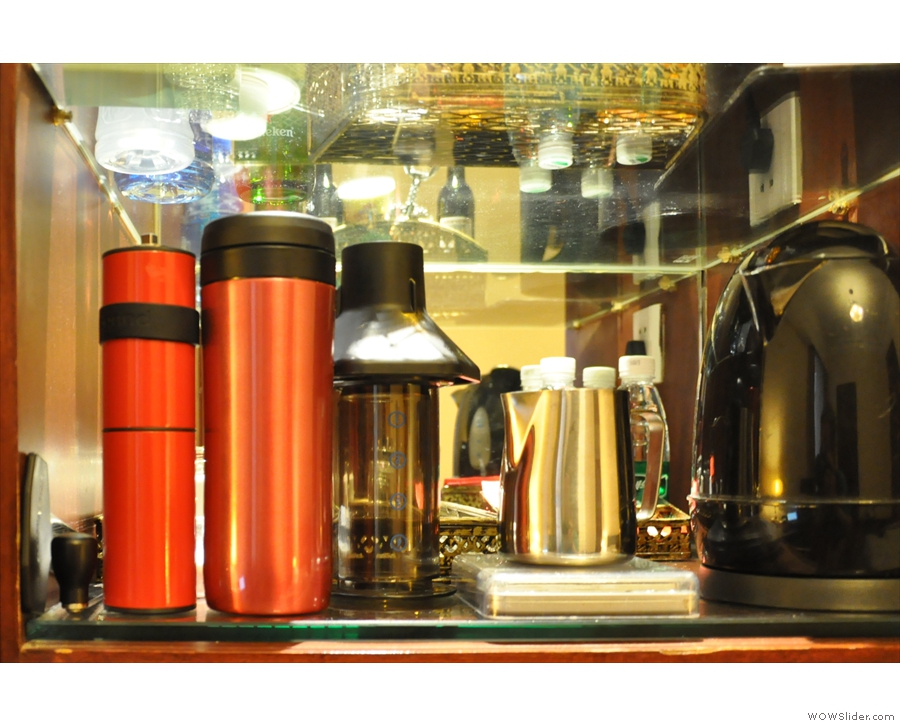
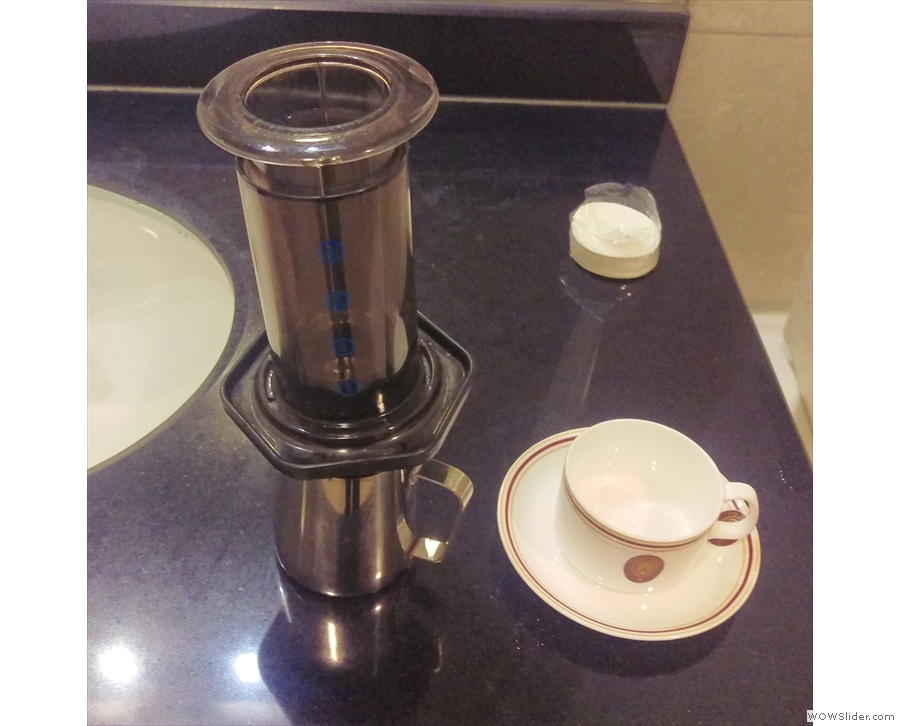
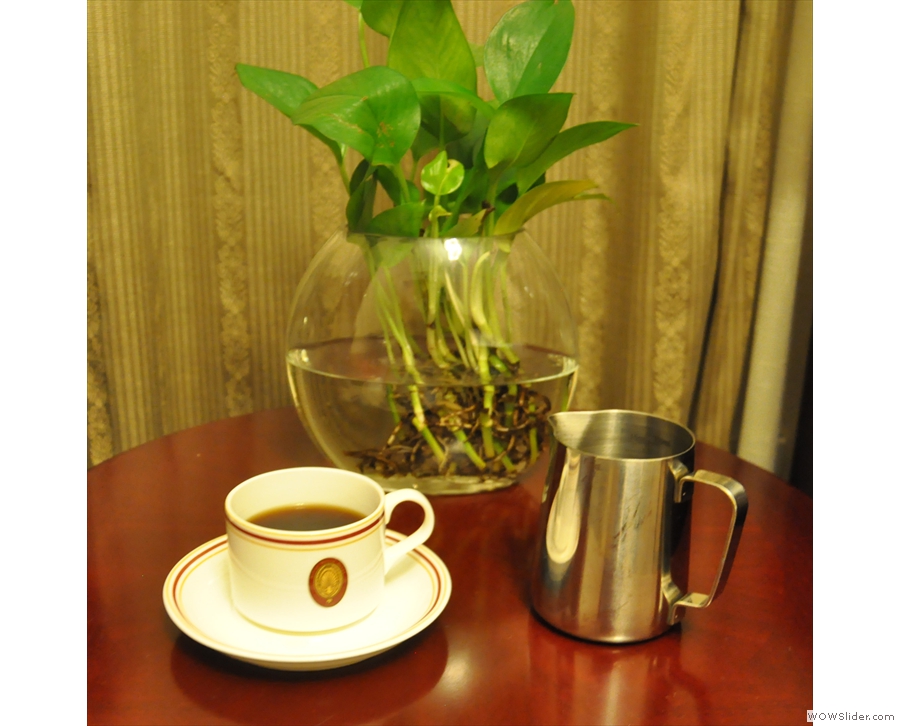
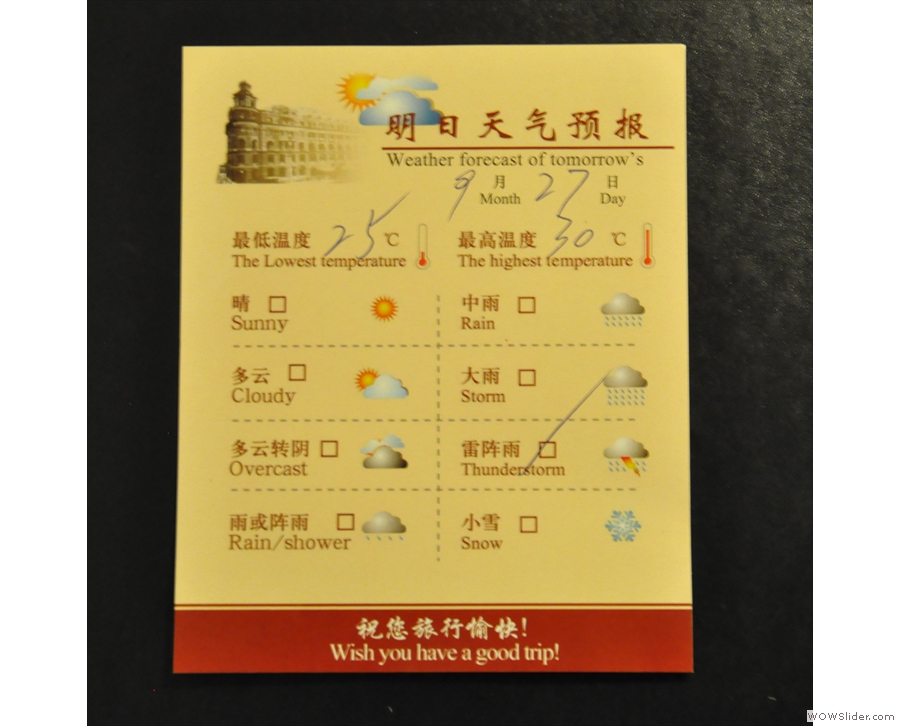
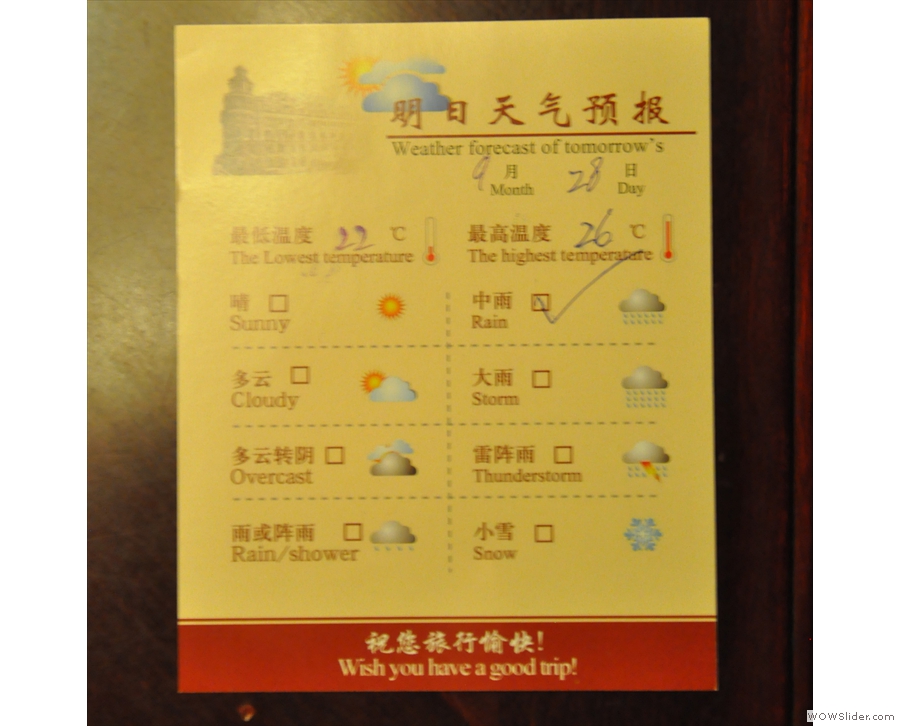
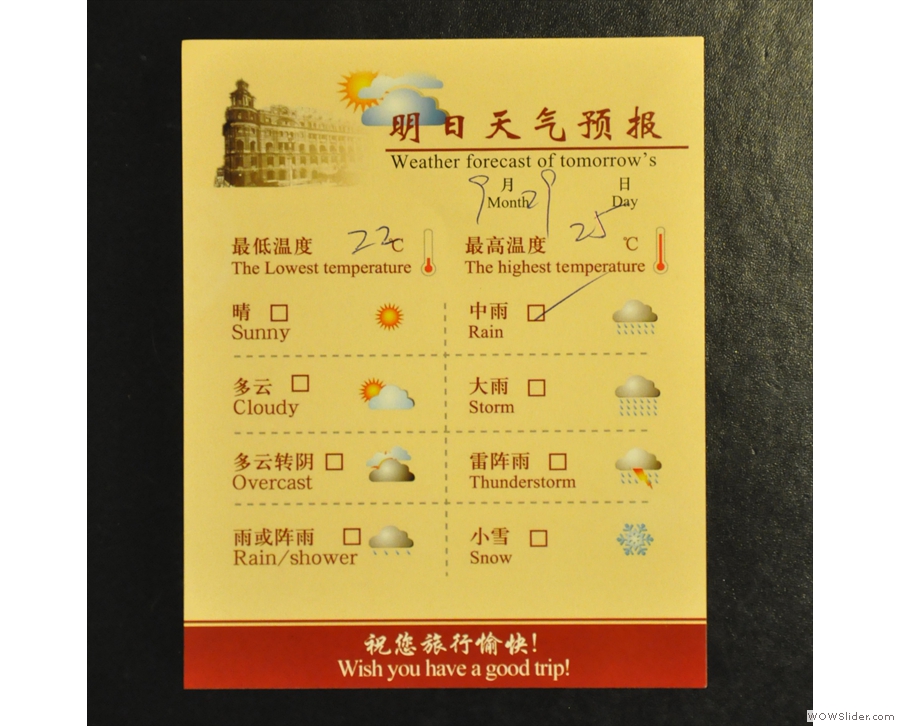
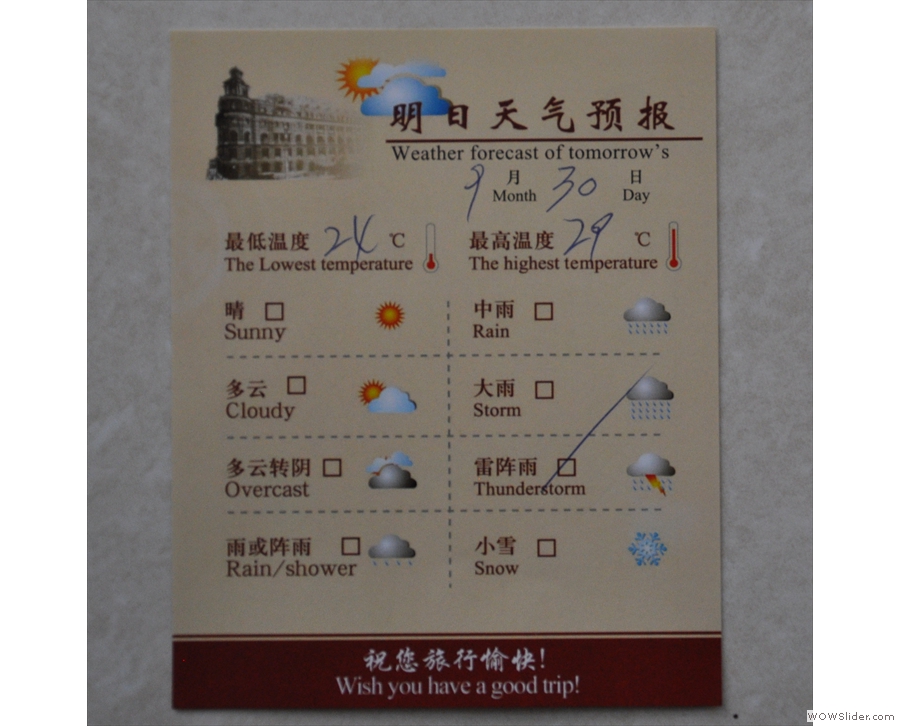
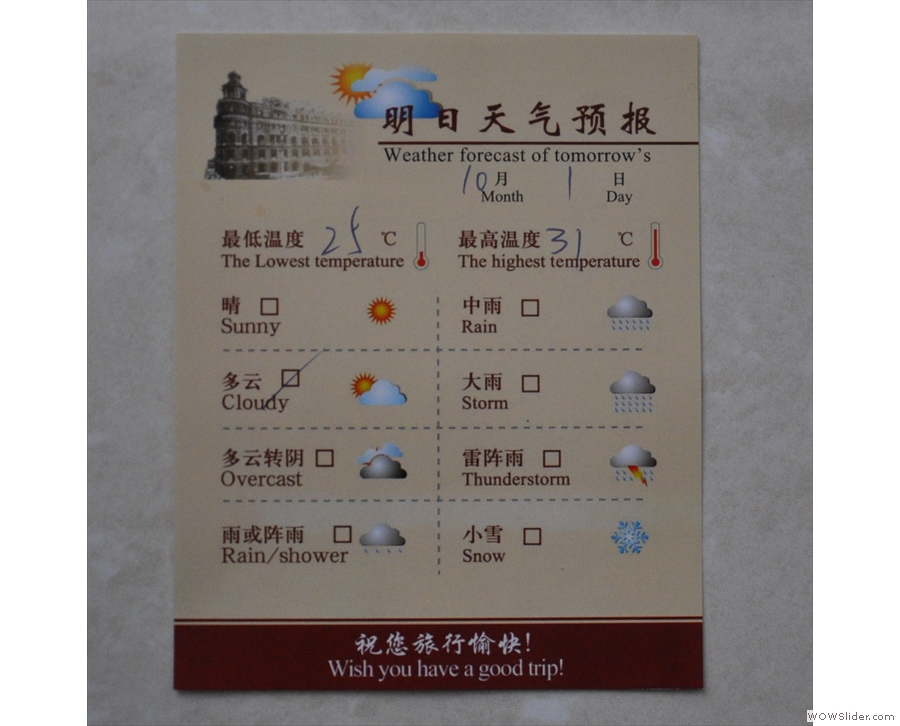
 1
1 2
2 3
3 4
4 5
5 6
6 7
7 8
8 9
9 10
10 11
11 12
12 13
13 14
14 15
15 16
16 17
17 18
18 19
19 20
20 21
21 22
22 23
23 24
24 25
25 26
26 27
27 28
28 29
29 30
30 31
31 32
32 33
33 34
34 35
35 36
36 37
37 38
38 39
39 40
40 41
41 42
42 43
43 44
44 45
45 46
46 47
47 48
48 49
49 50
50 51
51 52
52 53
53 54
54 55
55 56
56 57
57 58
58 59
59 60
60 61
61 62
62 63
63 64
64 65
65 66
66 67
67 68
68
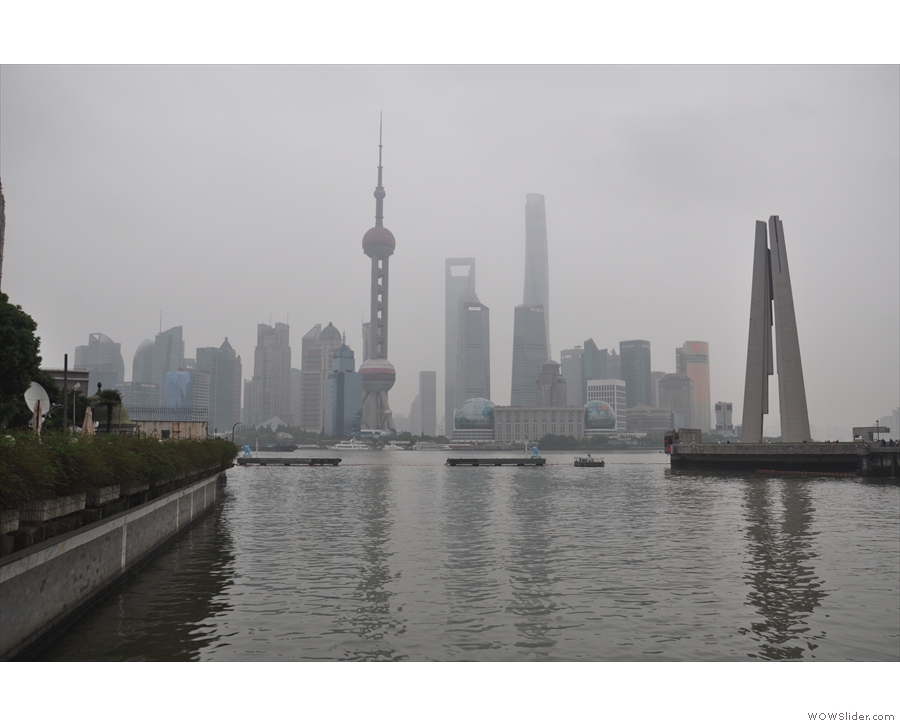
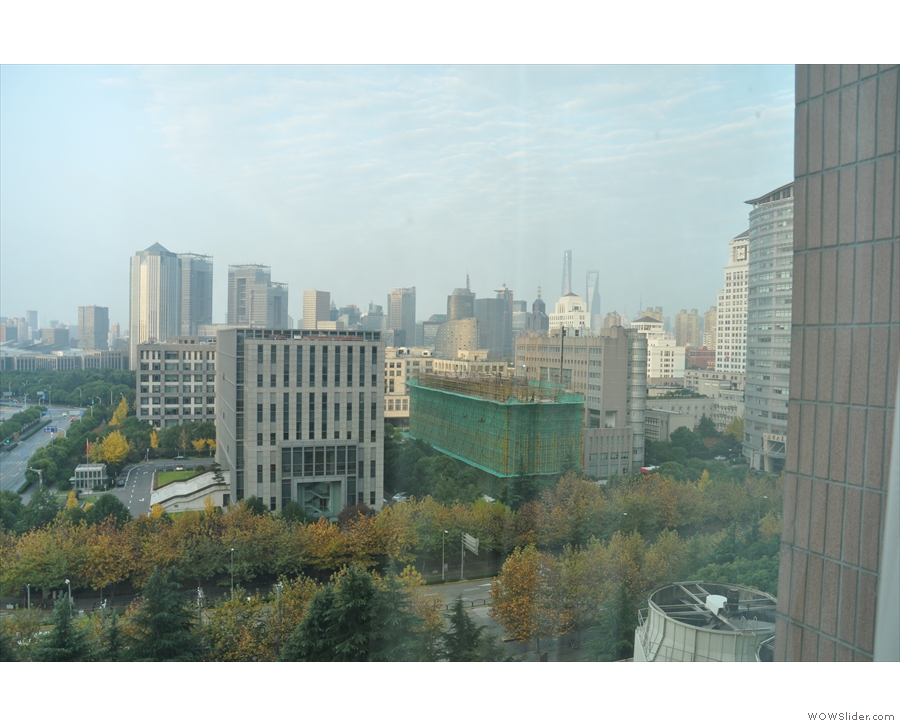
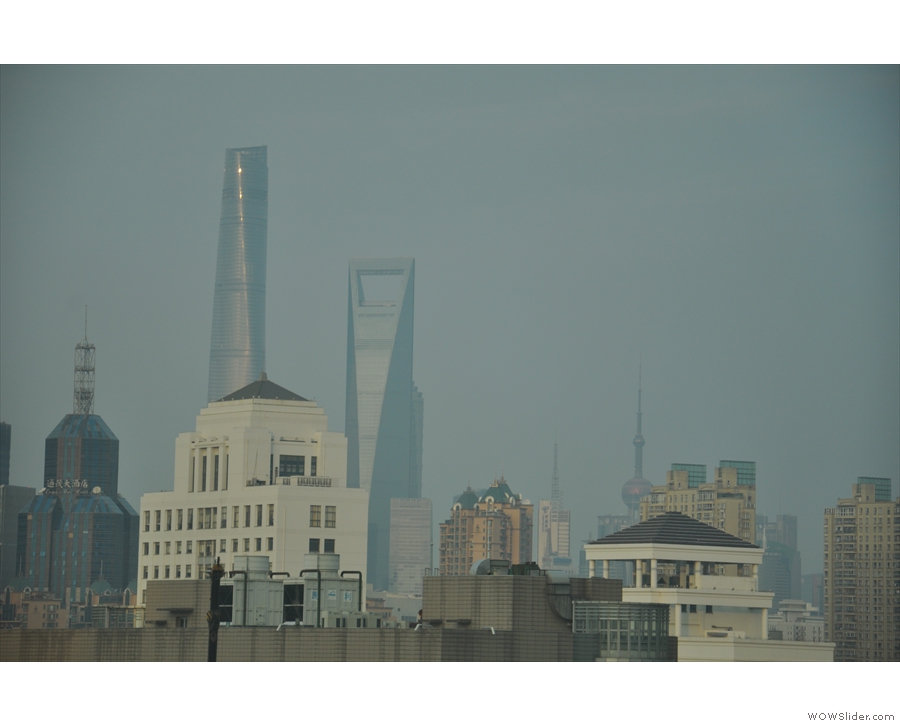
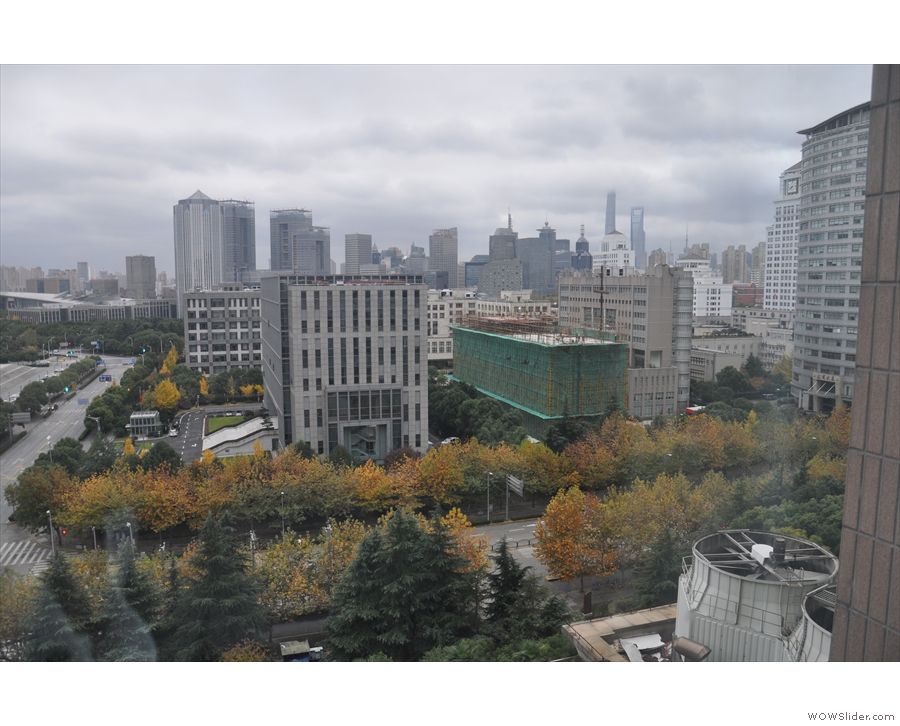
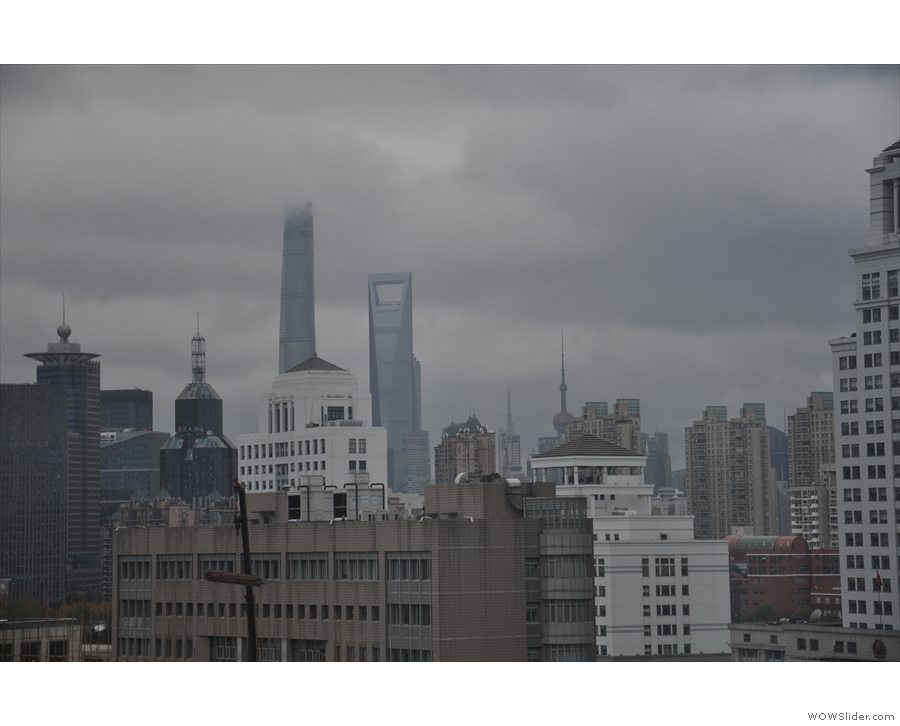
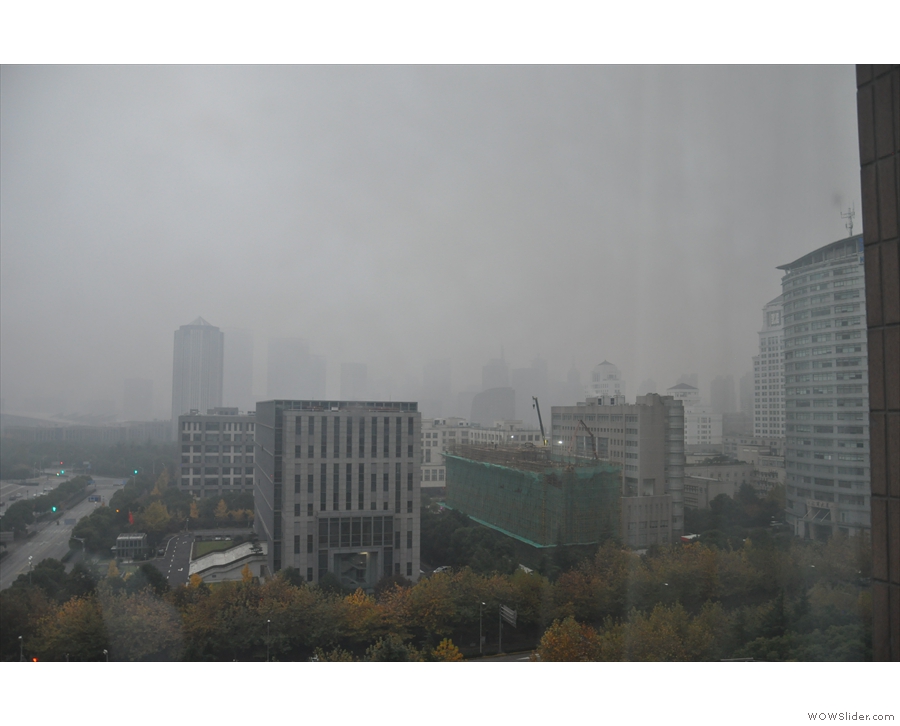
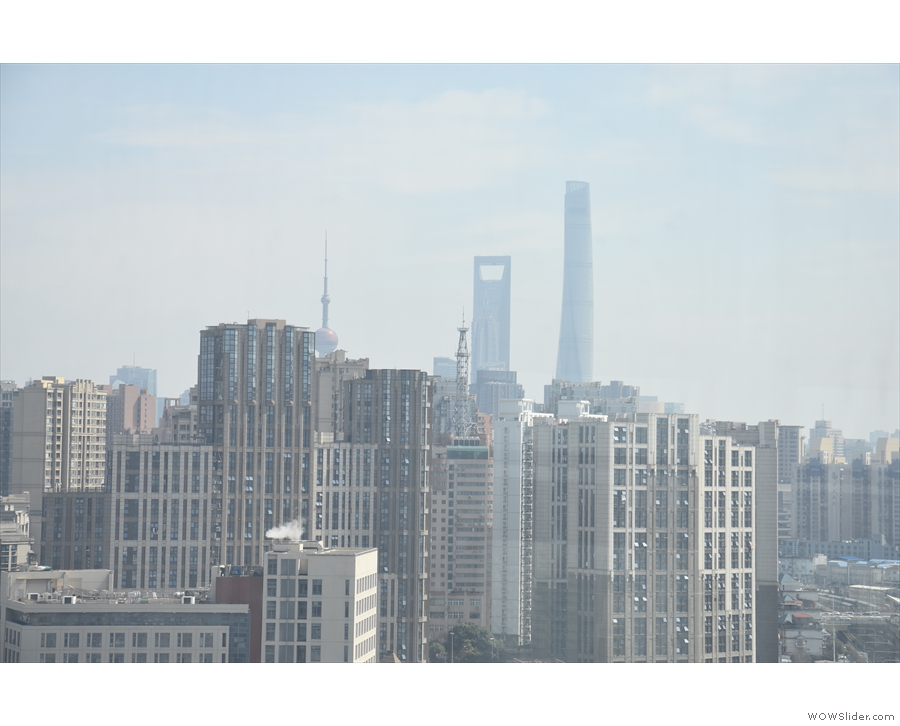
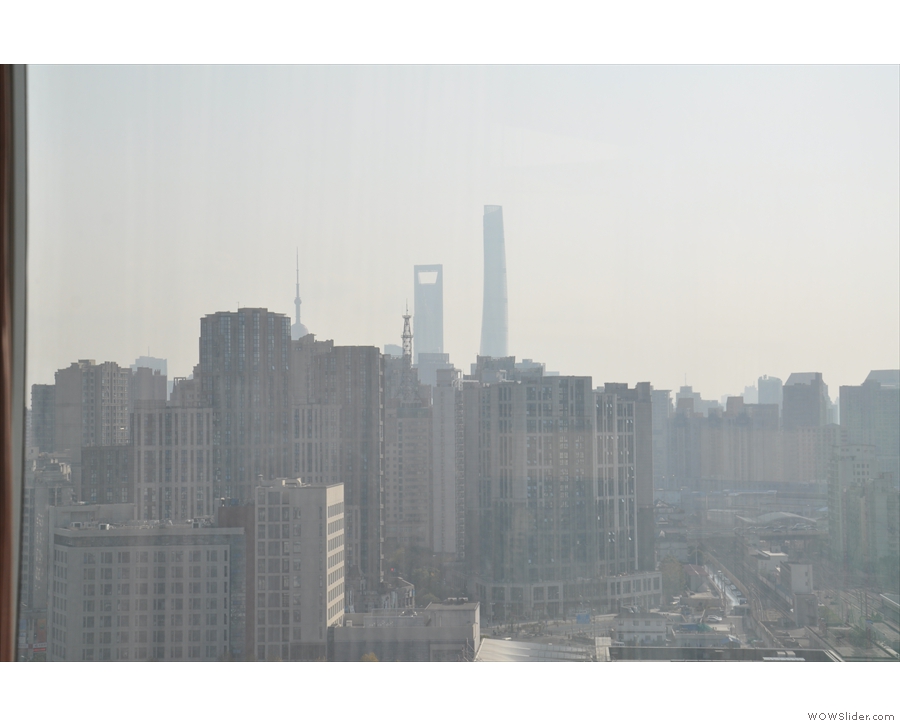
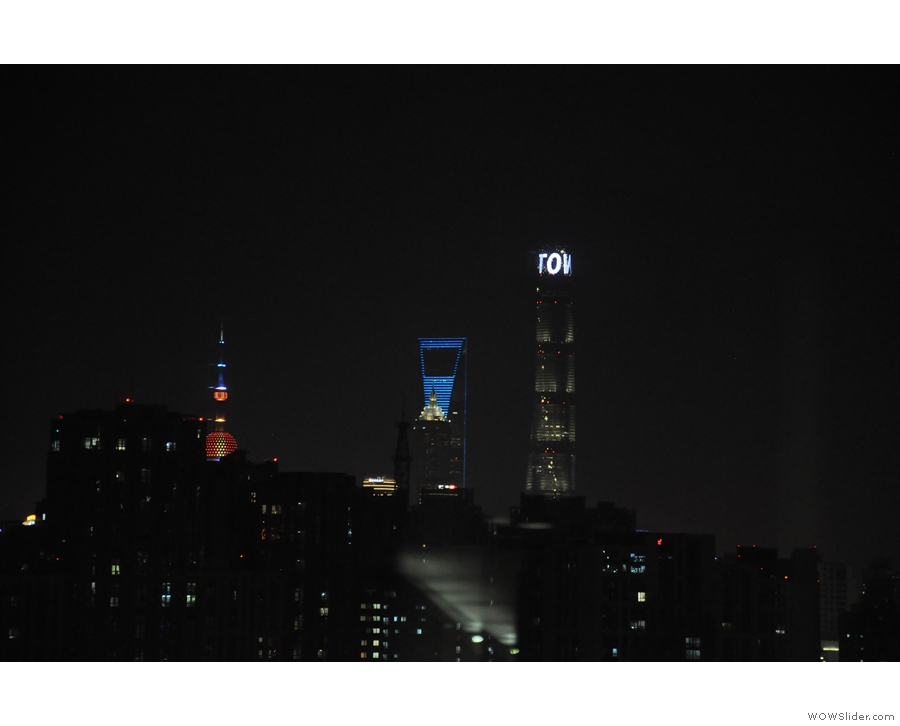
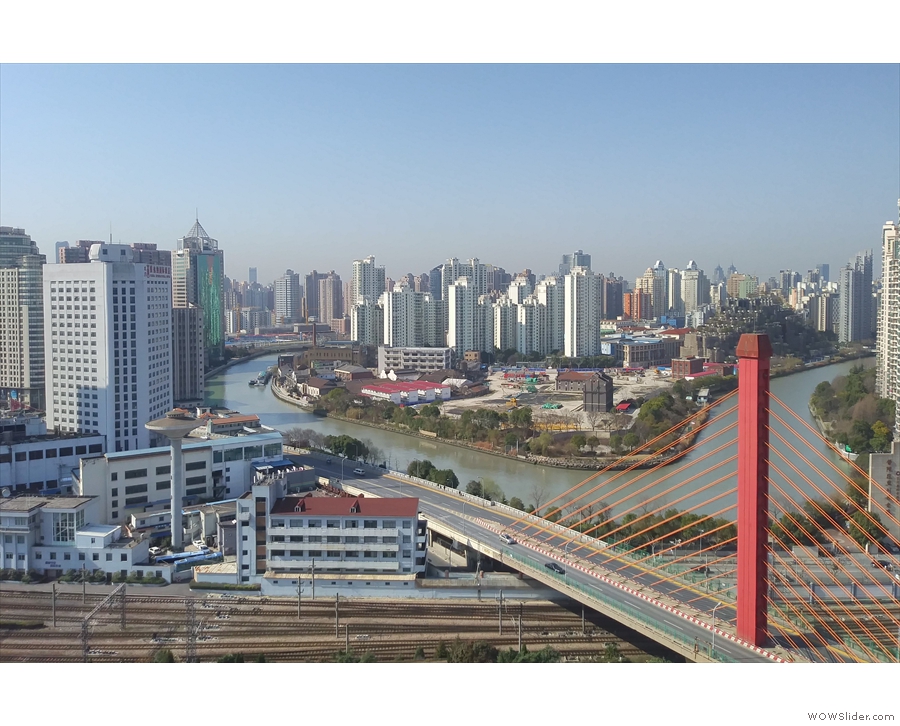
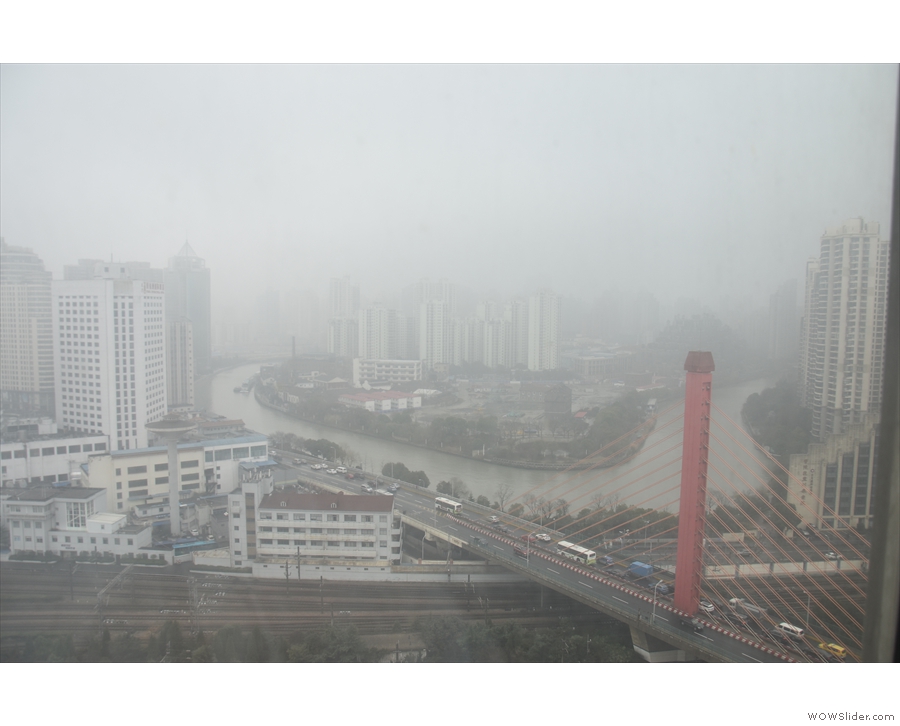
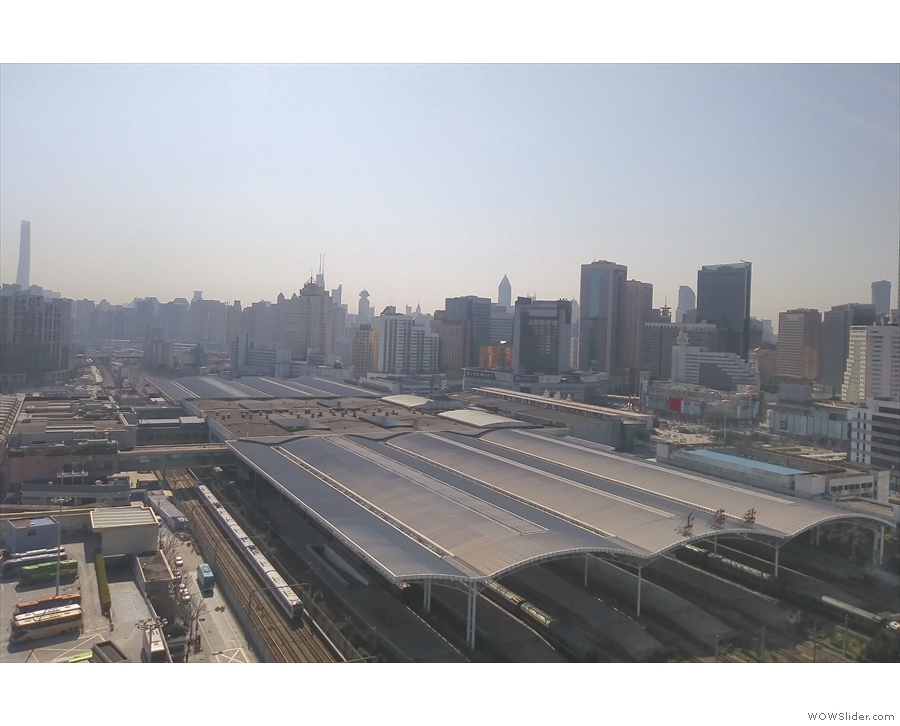
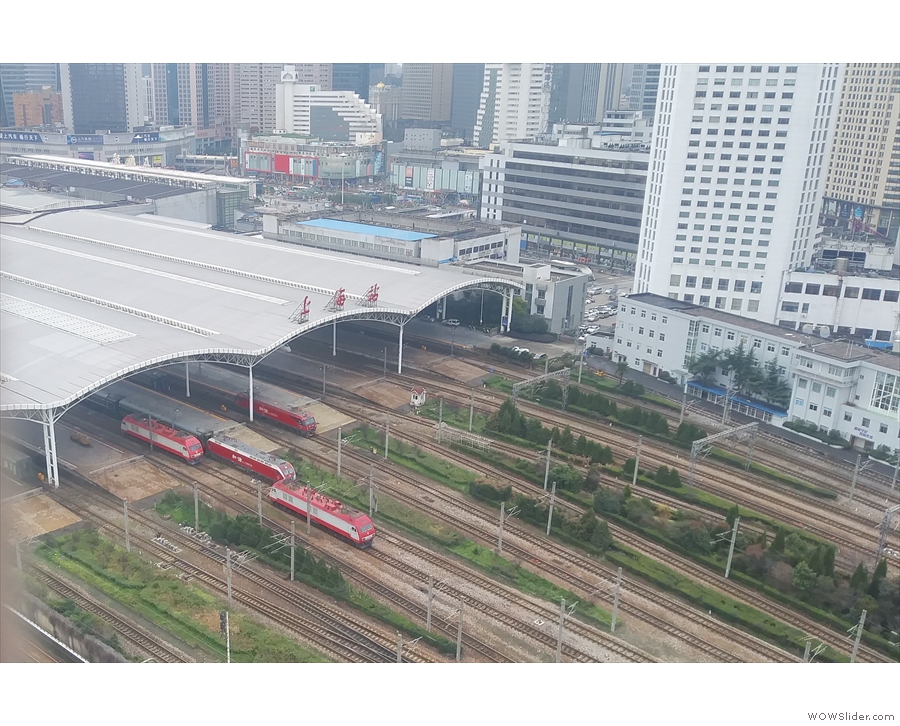
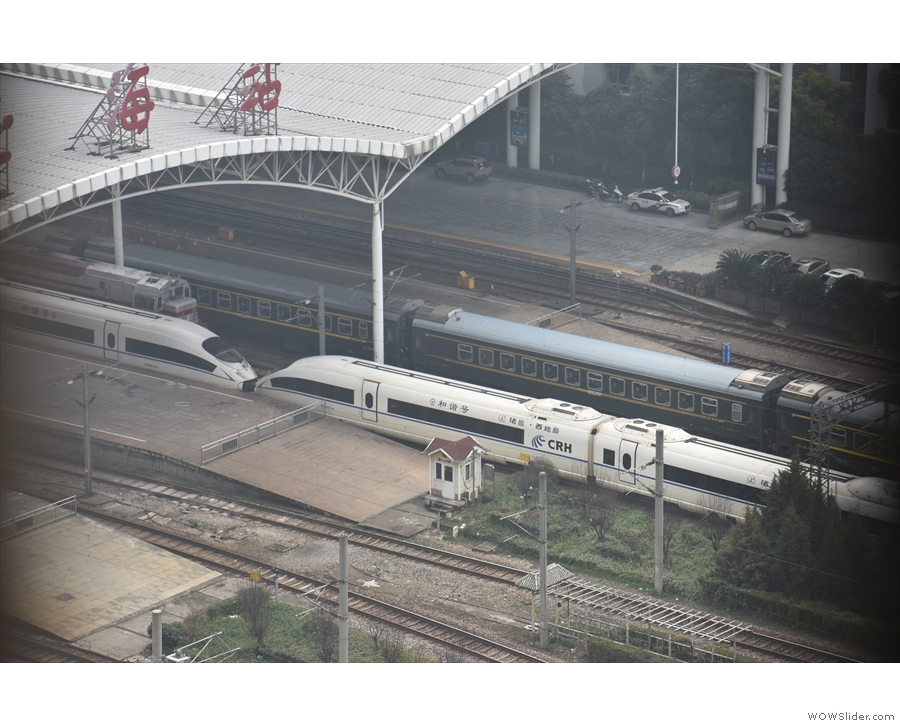
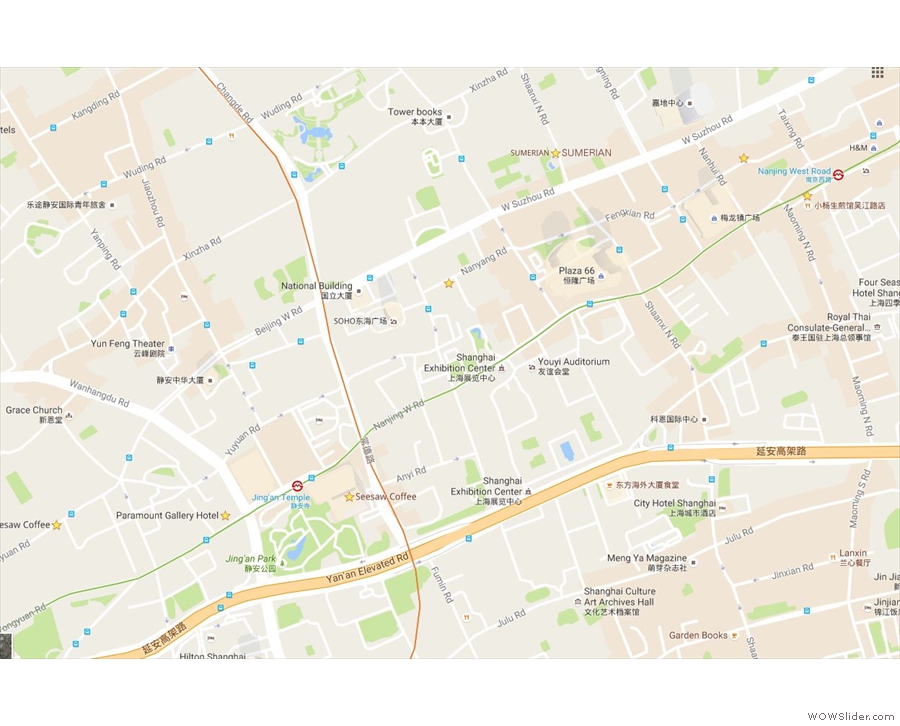
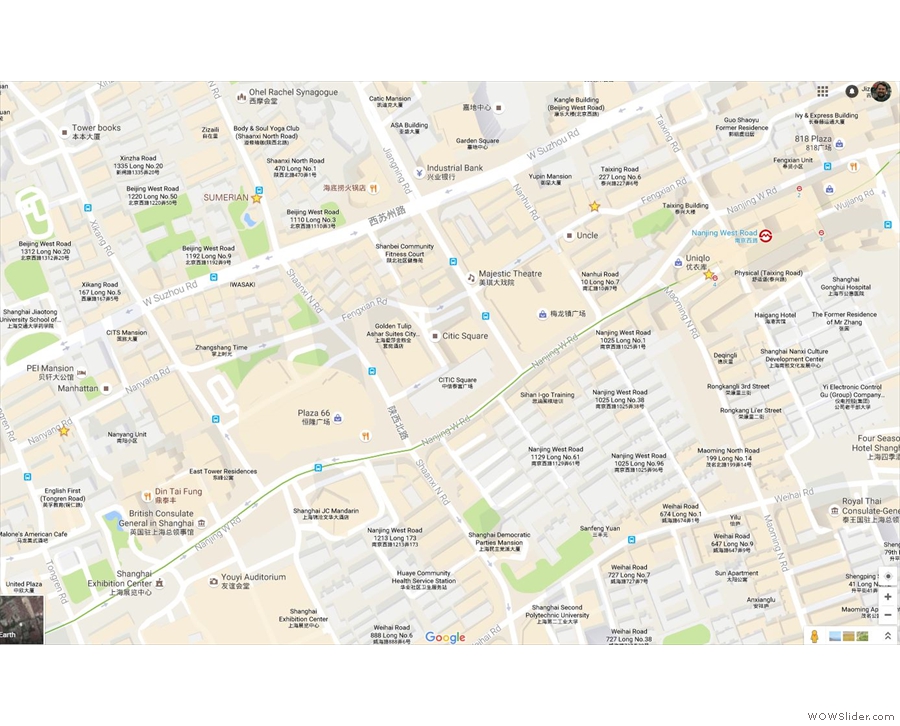
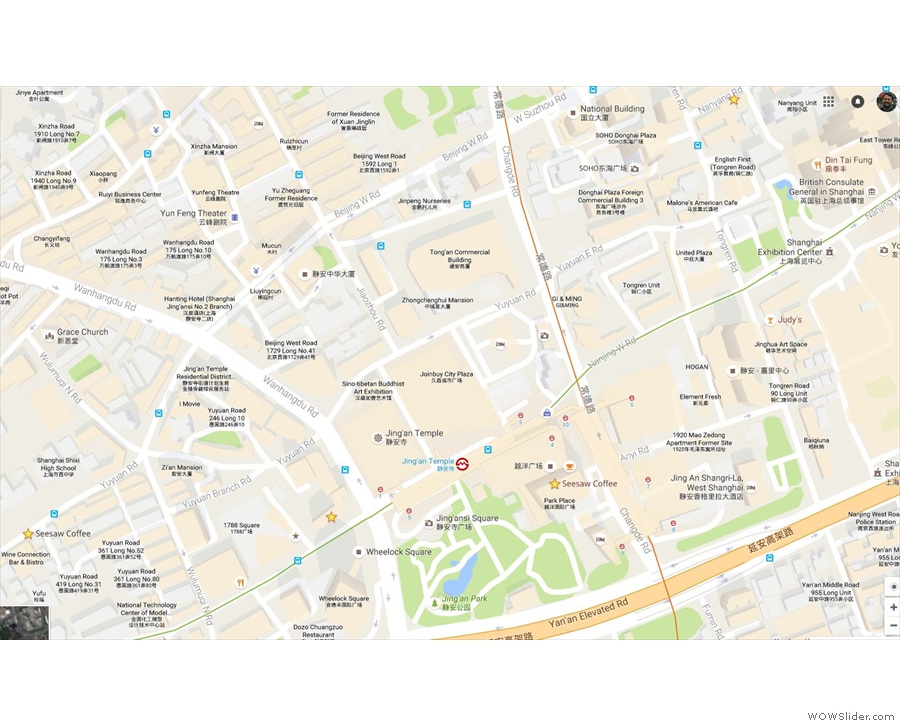
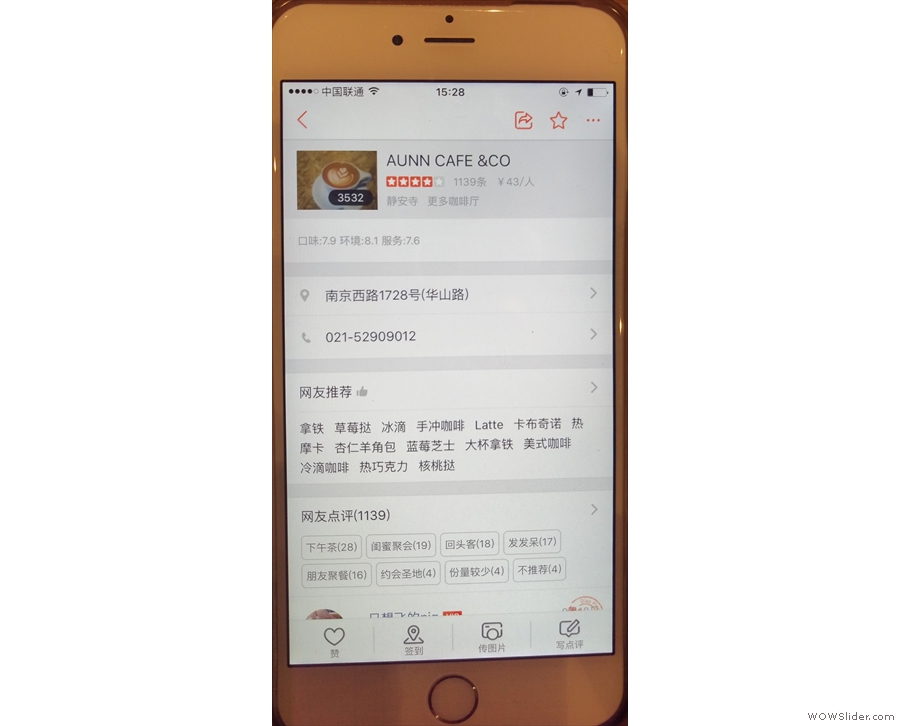
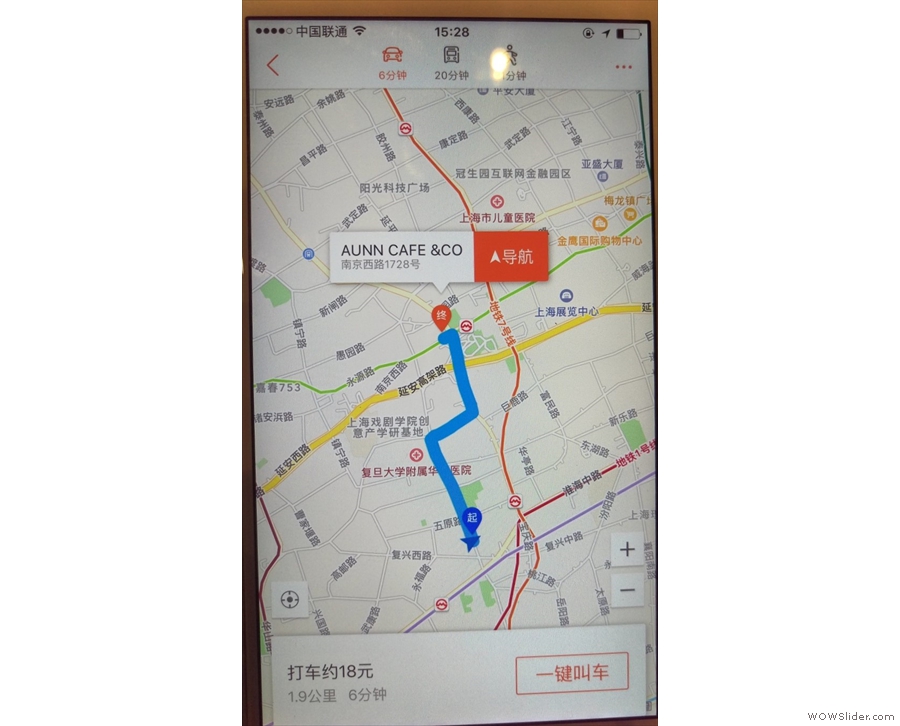
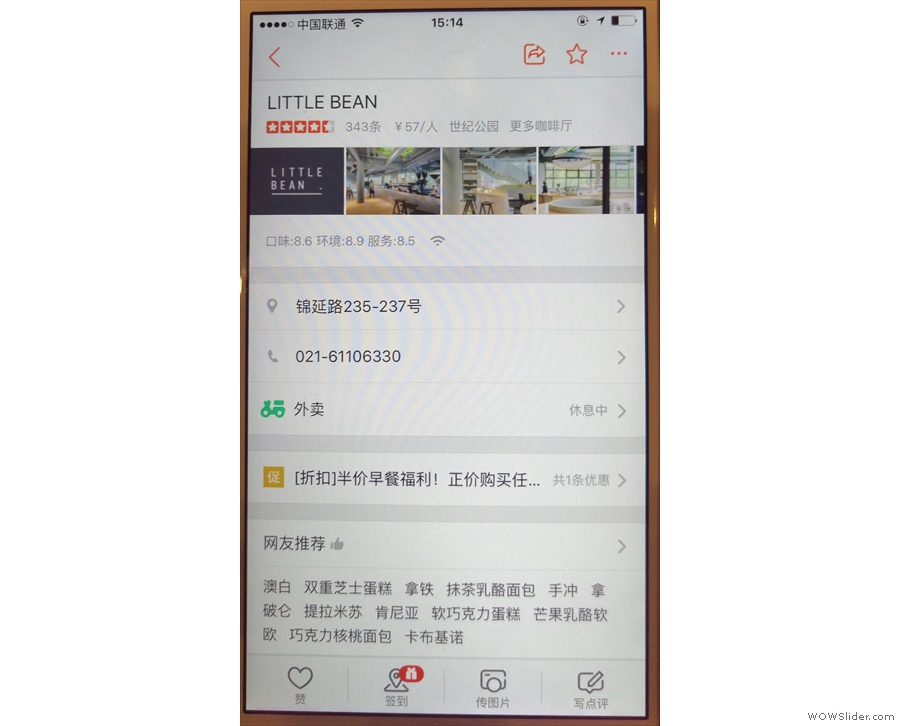
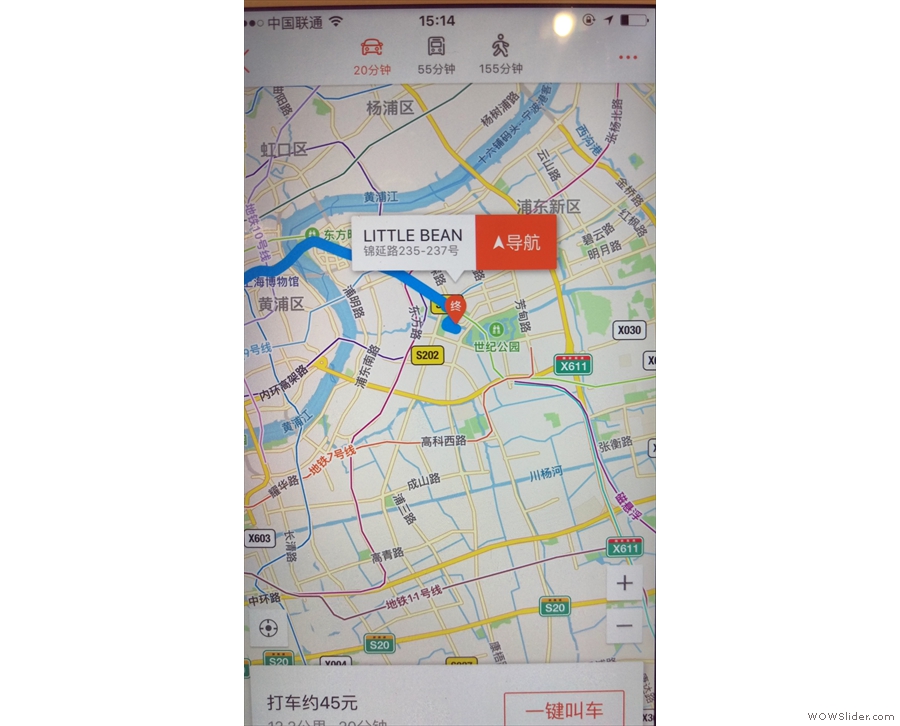
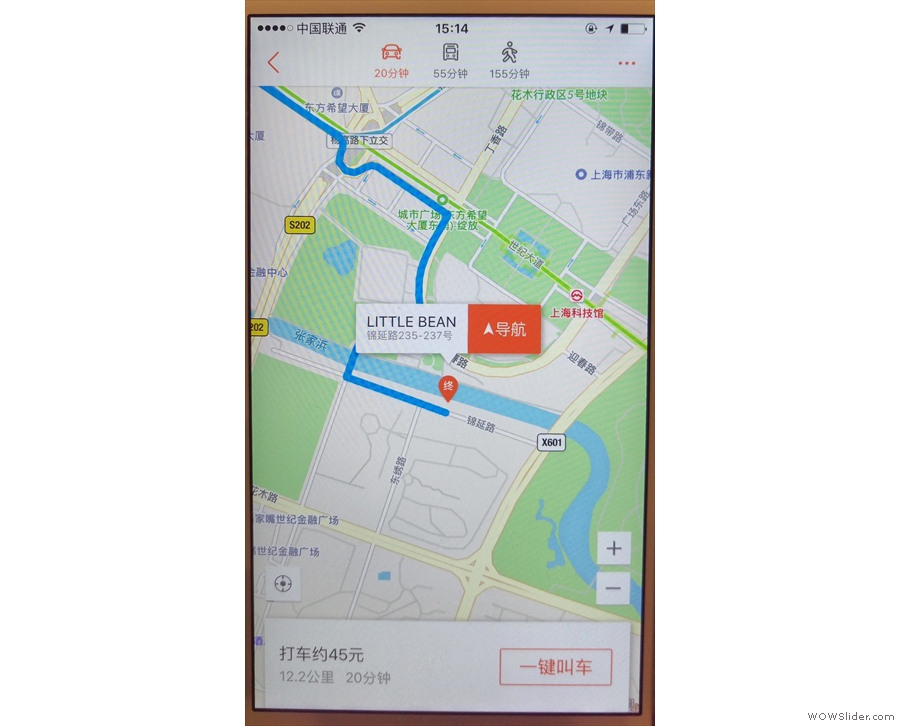
 1
1 2
2 3
3 4
4 5
5 6
6 7
7 8
8 9
9 10
10 11
11 12
12 13
13 14
14 15
15 16
16 17
17 18
18 19
19 20
20 21
21 22
22 23
23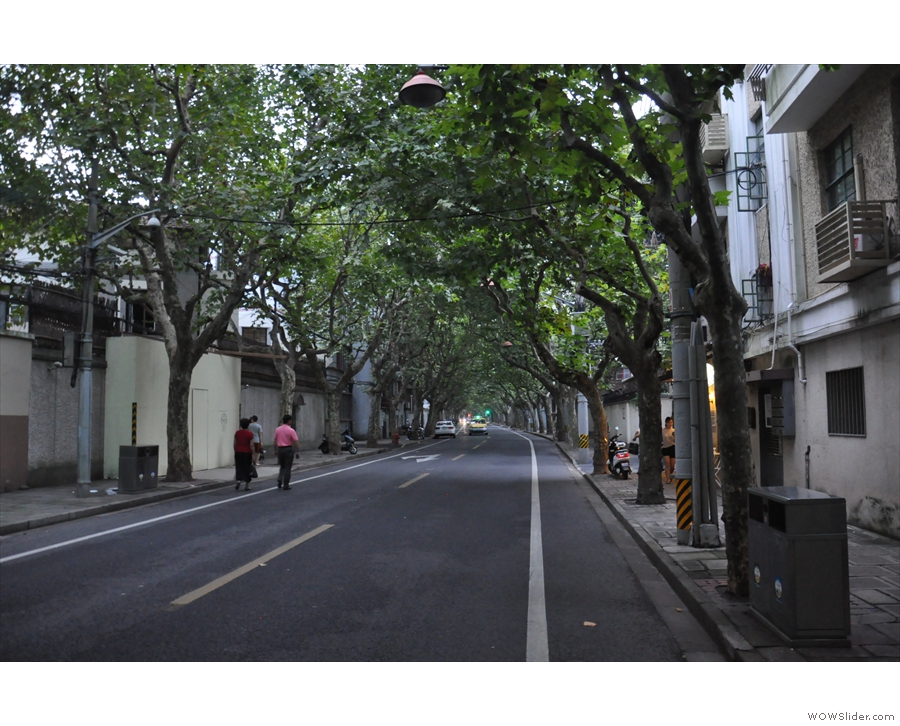
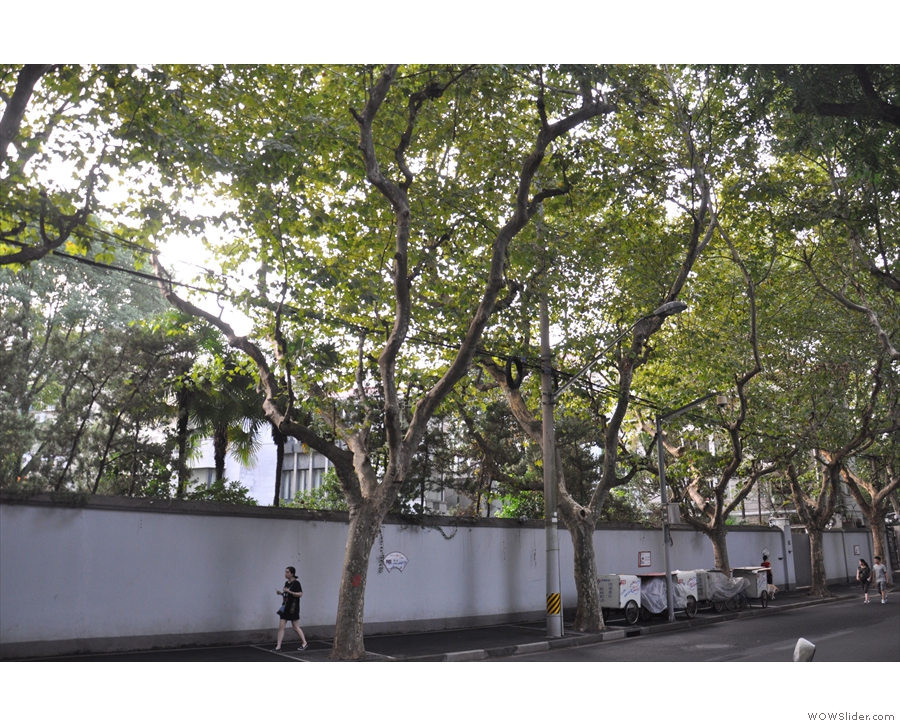
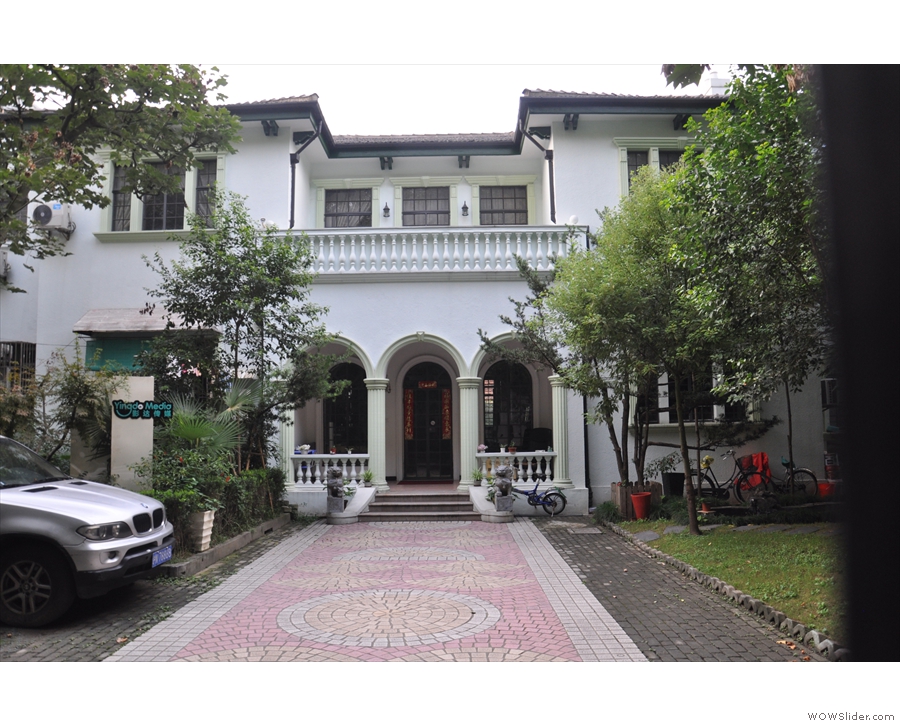
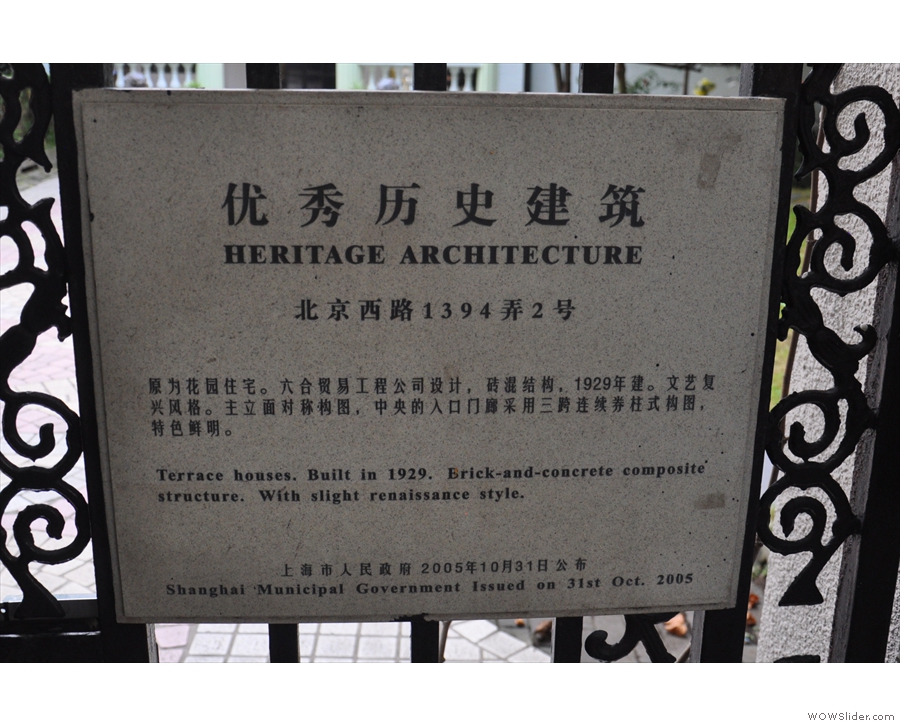
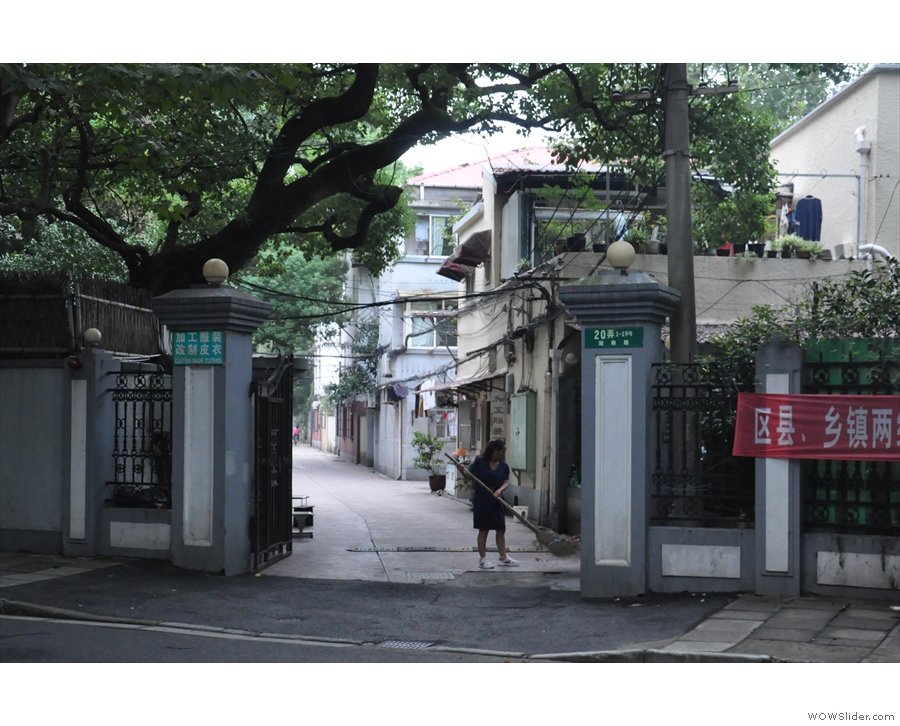
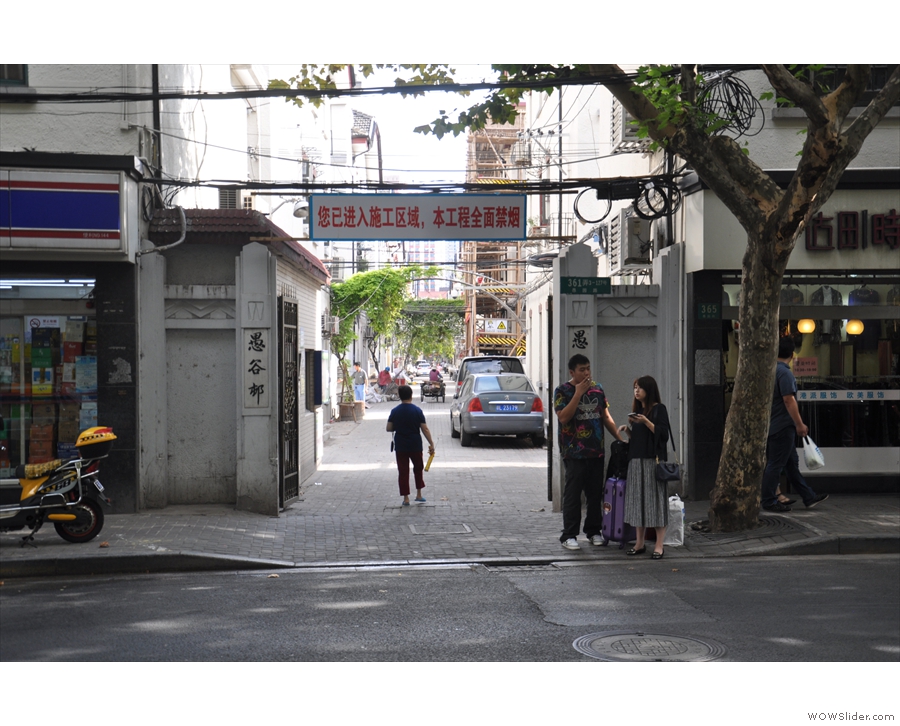
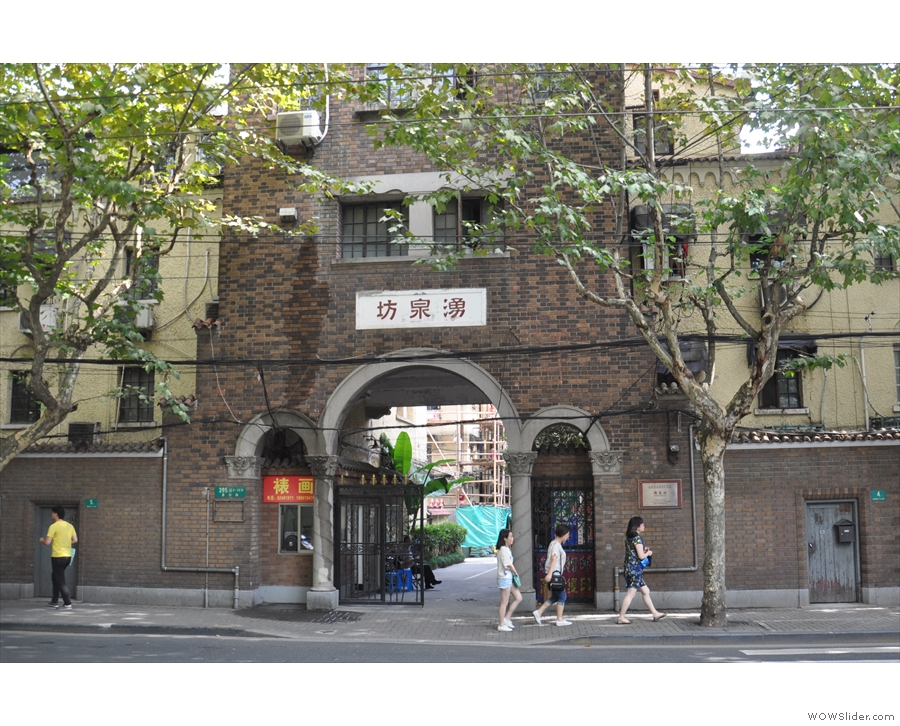
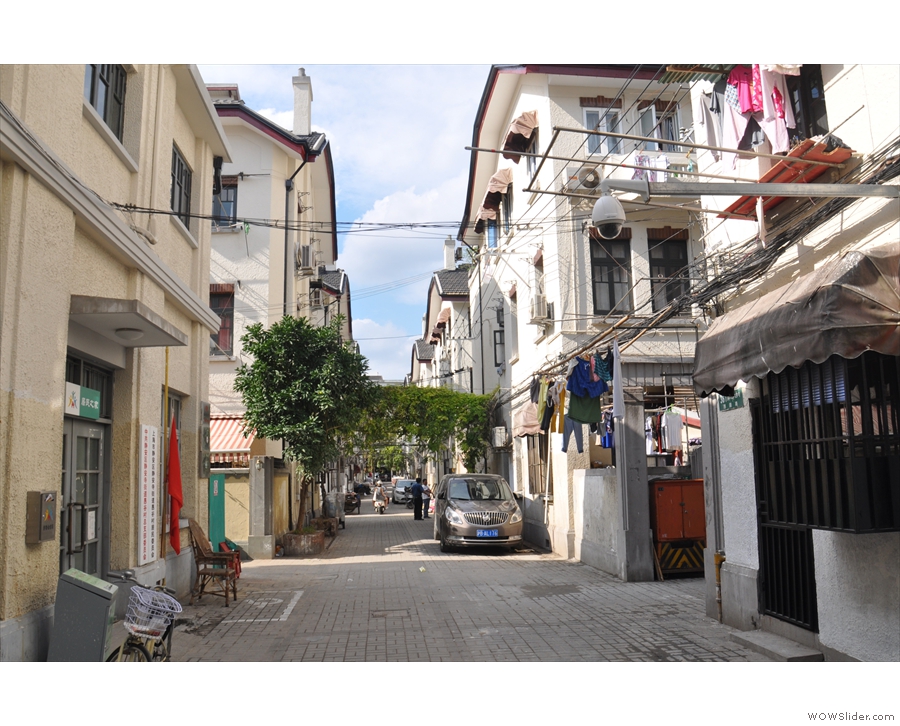

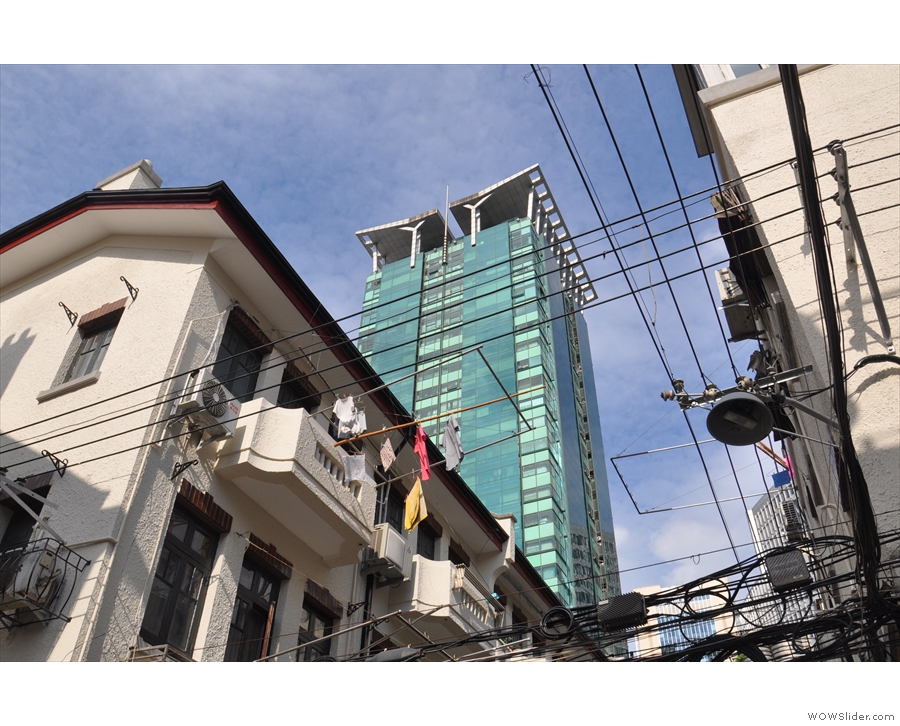
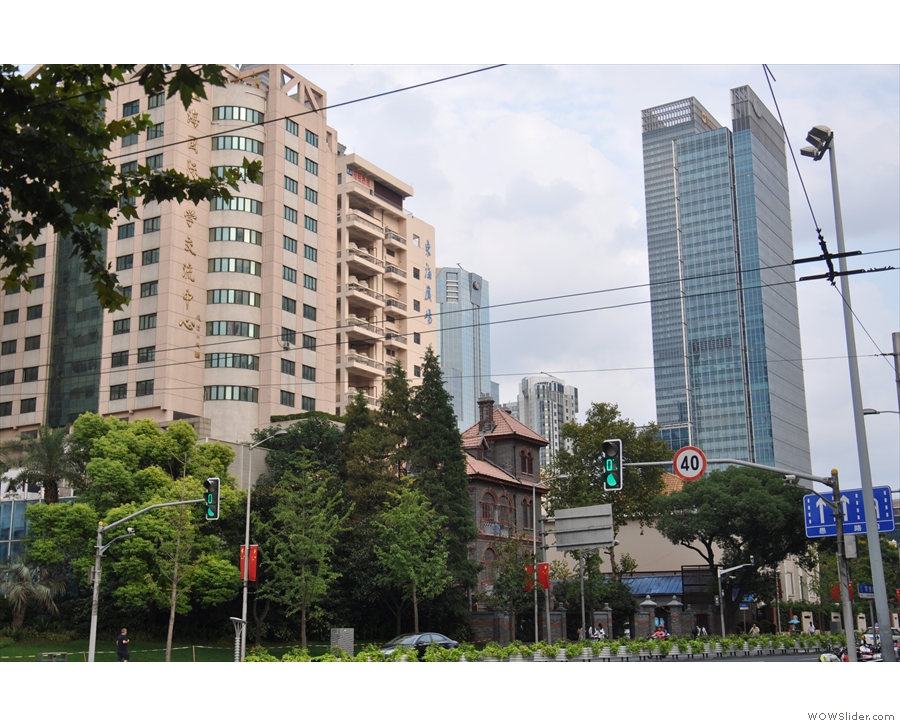

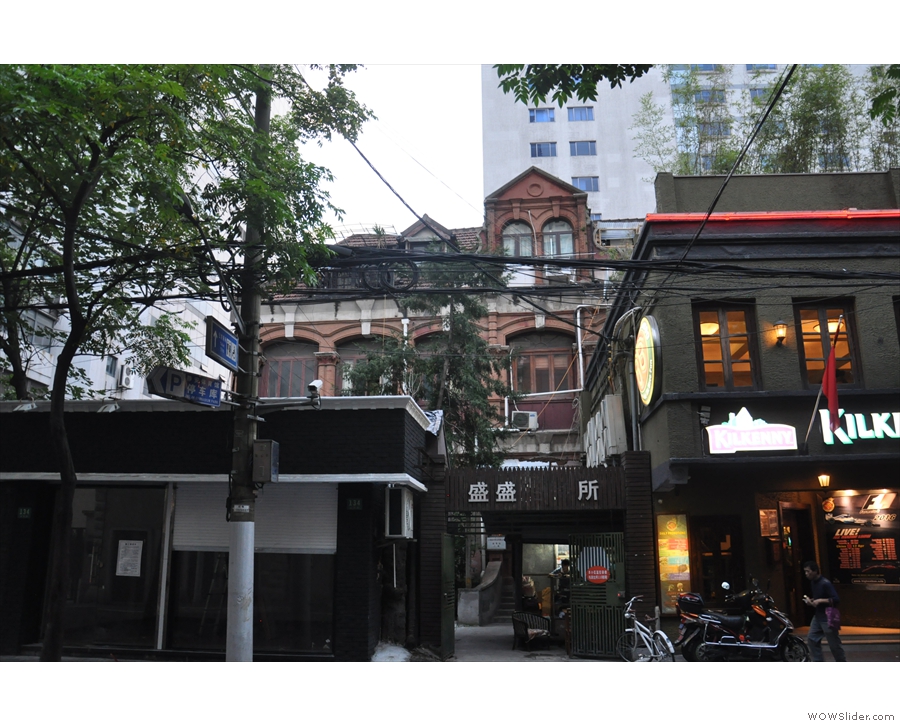
 1
1 2
2 3
3 4
4 5
5 6
6 7
7 8
8 9
9 10
10 11
11 12
12 13
13
Pingback: Brian’s Travel Spot: Heading East | Brian's Coffee Spot
I’m enjoying the travel writing! What are the coffee sites like at the airports? I assume not a single speciality site to be seen? Do you think it is a similar case of the big brands elbowing out the artisan coffee shop as they do here in the UK? (the Gatwick effort at artisan doesn’t count in my view..)
Enjoy China…
Hi Alice,
There is very little speciality coffee at airports, although the quality is slowly getting better. Stockholm is one exception, as are Atlanta (I think) and Portland.
I don’t think it’s a case of the big boys elbowing out the little guys, rather than airport rents are so large the small players can’t afford them.
Brian.
Stanstead airport outside London has a Harris & Hoole, which although a chain (once owned by Tesco at that!), still serves decent coffee, and the best I’ve had in any UK airport.
Things are slowly getting better at airports. There are a couple of places at Gatwick serving Allpress and Phoenix Airport has two speciality places 🙂
i know that Portland is well served according to my husband who travels there regualrly on business. Has anyone else been there? He tells me it is the closest thing to the UK he has ever seen.. how you interpret that is your business!
Pingback: The Cupping Room Central | Brian's Coffee Spot
Pingback: Brian’s Travel Spot: Chicago | Brian's Coffee Spot
Pingback: And Coffee | Brian's Coffee Spot
Pingback: Brian’s Travel Spot: Japan | Brian's Coffee Spot
Pingback: Brian’s Travel Spot: Vietnam | Brian's Coffee Spot
Pingback: Rumors Coffee Roastery, Hunan Road | Brian's Coffee Spot
Pingback: Flying Business Class to Shanghai, Part I | Brian's Coffee Spot
Pingback: Little Bean Roastery | Brian's Coffee Spot
Pingback: Brian’s Travel Spot: Shanghai to Beijing by Train | Brian's Coffee Spot
Pingback: Brian’s Travel Spot: Flying Business Class from Shanghai | Brian's Coffee Spot
Pingback: Brian’s Travel Spot: Flying Business Class from Shanghai | Brian's Coffee Spot
Pingback: Manner Coffee, Fengxian Road | Brian's Coffee Spot
Pingback: BLUEKING Coffee, Nanyang Road | Brian's Coffee Spot
Pingback: Little Bean Coffee Museum | Brian's Coffee Spot
Pingback: Rumors Coffee Roasters, Xingguo Road | Brian's Coffee Spot
Pingback: Brian’s Travel Spot: Heading East | Brian's Coffee Spot
Pingback: Brian’s Travel Spot: Hong Kong | Brian's Coffee Spot
Pingback: Sumerian Coffee | Brian's Coffee Spot
Pingback: Brian’s Travel Spot: Shanghai to Chicago | Brian's Coffee Spot
Pingback: Brian’s Travel Spot: Chicago and Flying Home | Brian's Coffee Spot
Pingback: Brian’s Travel Spot: Phoenix and the Grand Canyon | Brian's Coffee Spot